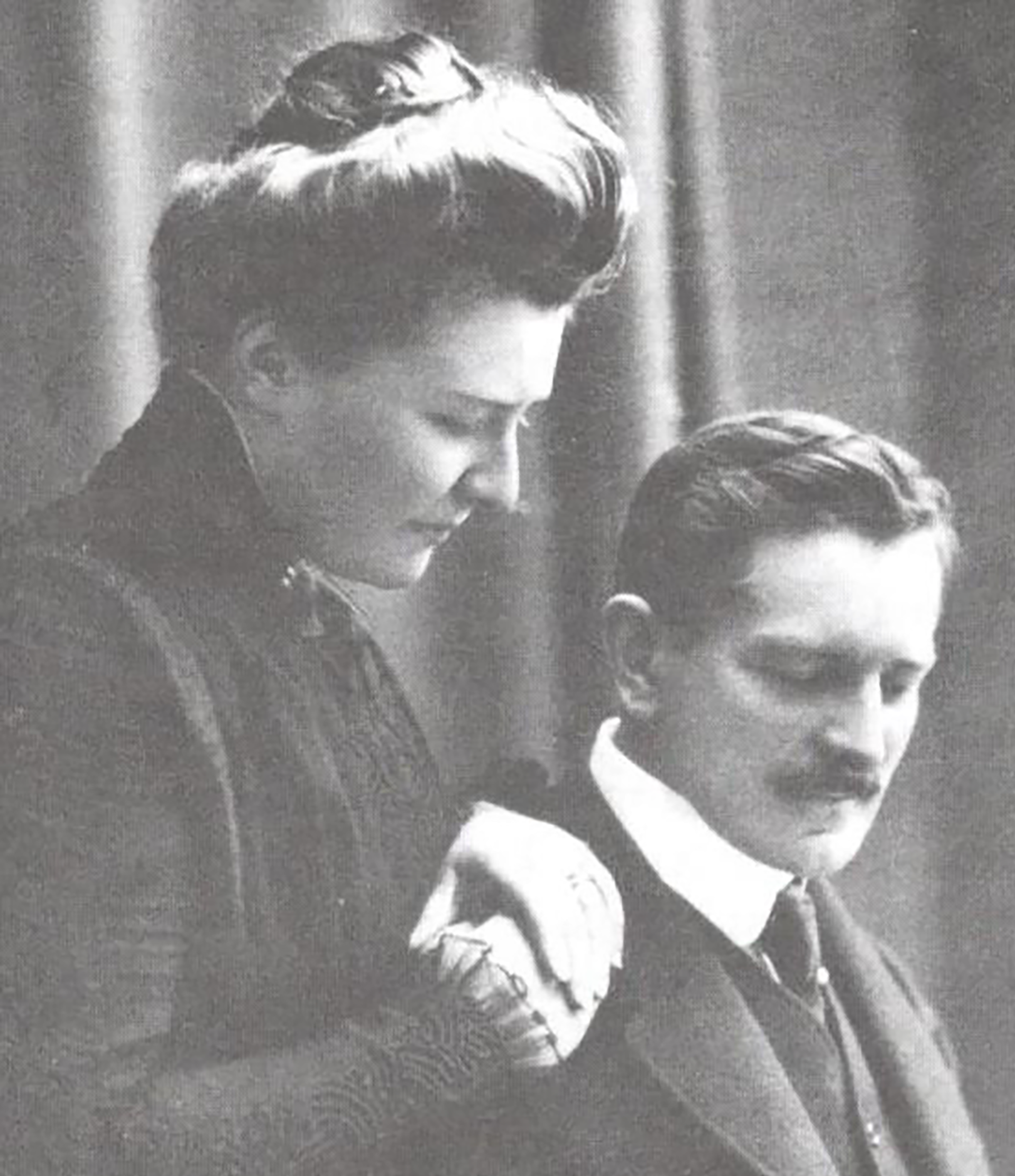
Characters
Herein, we present the profiles of organic work heroes and lesser-known figures whose activities were historically in line with the idea of such work in Greater Poland. The list is constantly developed and modified.
Edmund Bojanowski
1814-1871
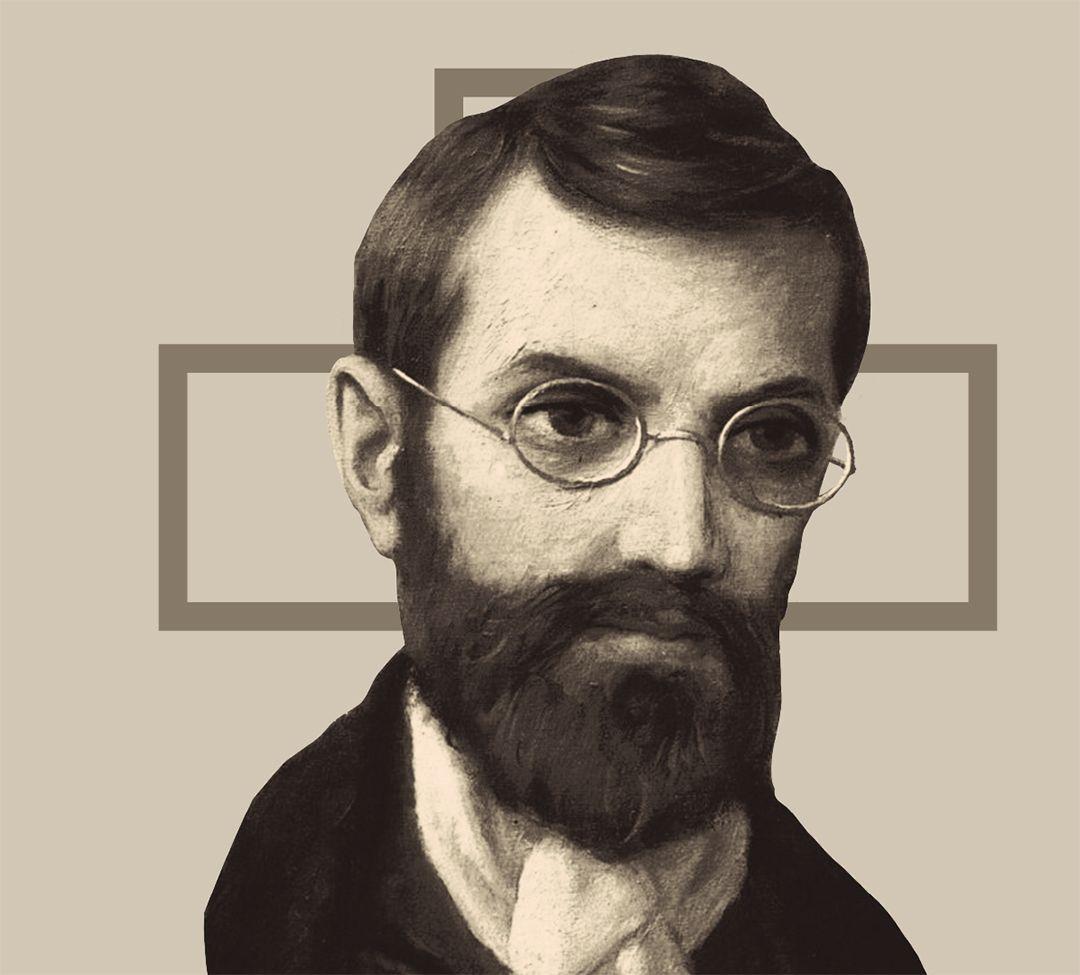
Polish social activist, creator of rural orphanages, translator and founder of the Congregatio Sororum Servularum Beatae Mariae Virginis Immaculatae Conceptae (“Congregation of the Servant Sisters of the Immaculate Conception of the Blessed Virgin Mary”). He obtained his education at university in Wrocław and later Berlin. He joined the initiatives at the Gostyń Casino, establishing folk reading rooms. He contributed to counteracting the cholera epidemic in Greater Poland. He especially focused on helping orphaned children and prepared medicines for the poorest. Towards the end of his life, he wanted to fulfil his old desire to become a priest by entering the Theological Seminary in Gniezno in 1869.
Hipolit Cegielski
1813-1868
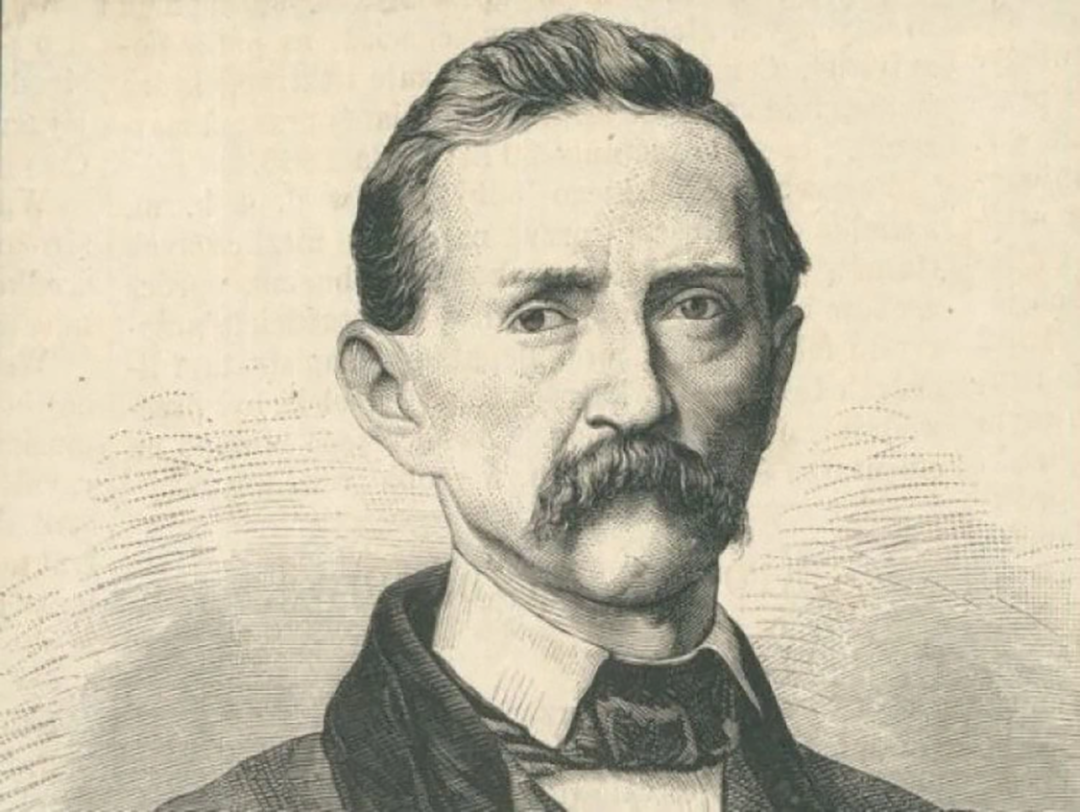
Philologist, industrialist, and social and political activist. He graduated Saint Mary Magdalene High School in Poznań, then studied classical philology in Berlin, where he obtained a doctoral degree. He was a teacher, worked as a scientist, and then founded a repair workshop, transforming it over time into a large factory of agricultural machines and tools. He participated in the work of the Scientific Help Society, the Industrial Society, and the Poznań Society of Friends of Learning. He created Gazeta Polska (“Polish Gazette”) and Dziennik Poznański (“Poznań Daily”).
August Cieszkowski
1814-1894
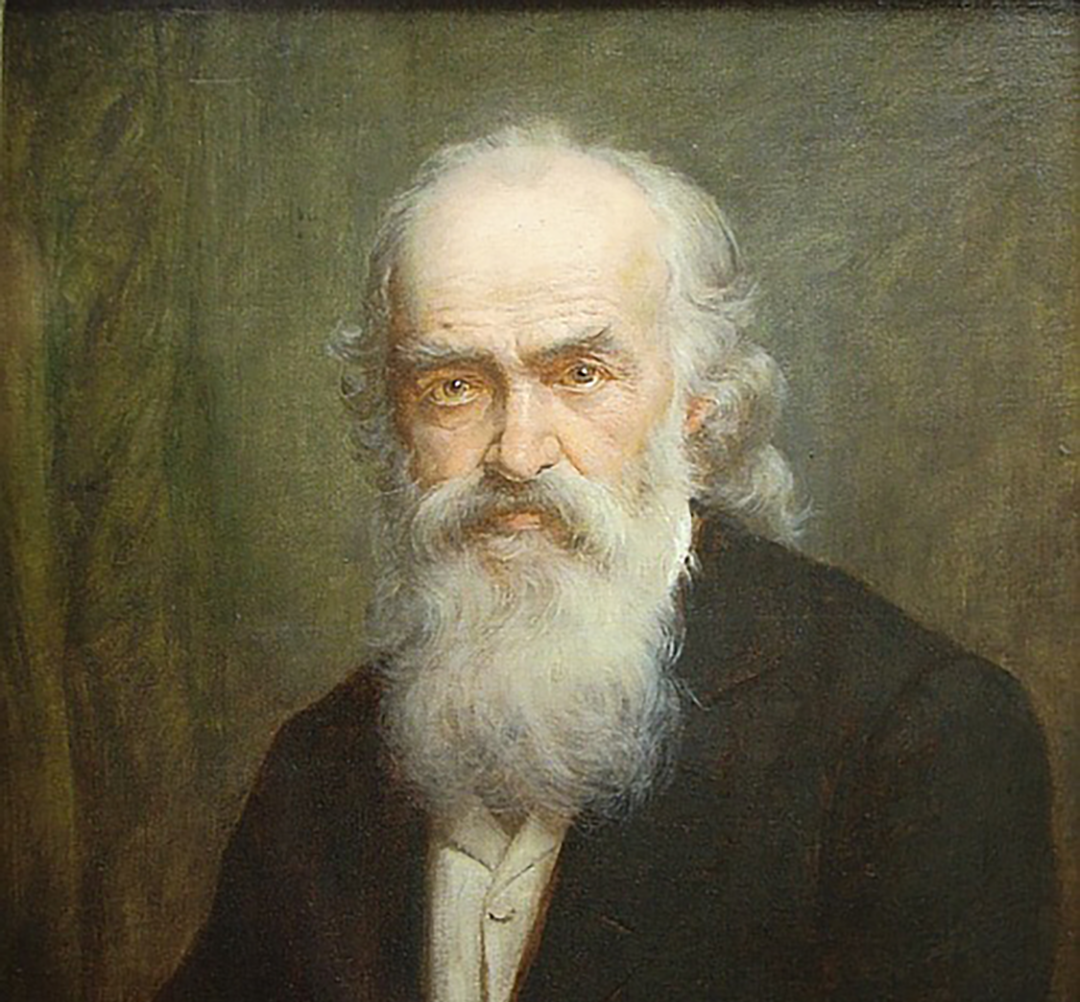
Philosopher, economist and social activist. He studied in Krakow and Berlin, obtaining a doctorate in philosophy. After he settled in Wierzenica near Poznań in 1843, he began intensive activities, including in the Polish League. He was a member of the Prussian Parliament, co-founder and first president of the Poznań Society of Friends of Learning, founder of the “Halina” Agricultural University of Żabikowo. He was also a spokesman for progress in agriculture, introduced modern farming methods, and his greatest philosophical work is the publication Ojcze Nasz ("Our Father").
Anna Chłapowska Morawska née Wańkowicz
1918-1996
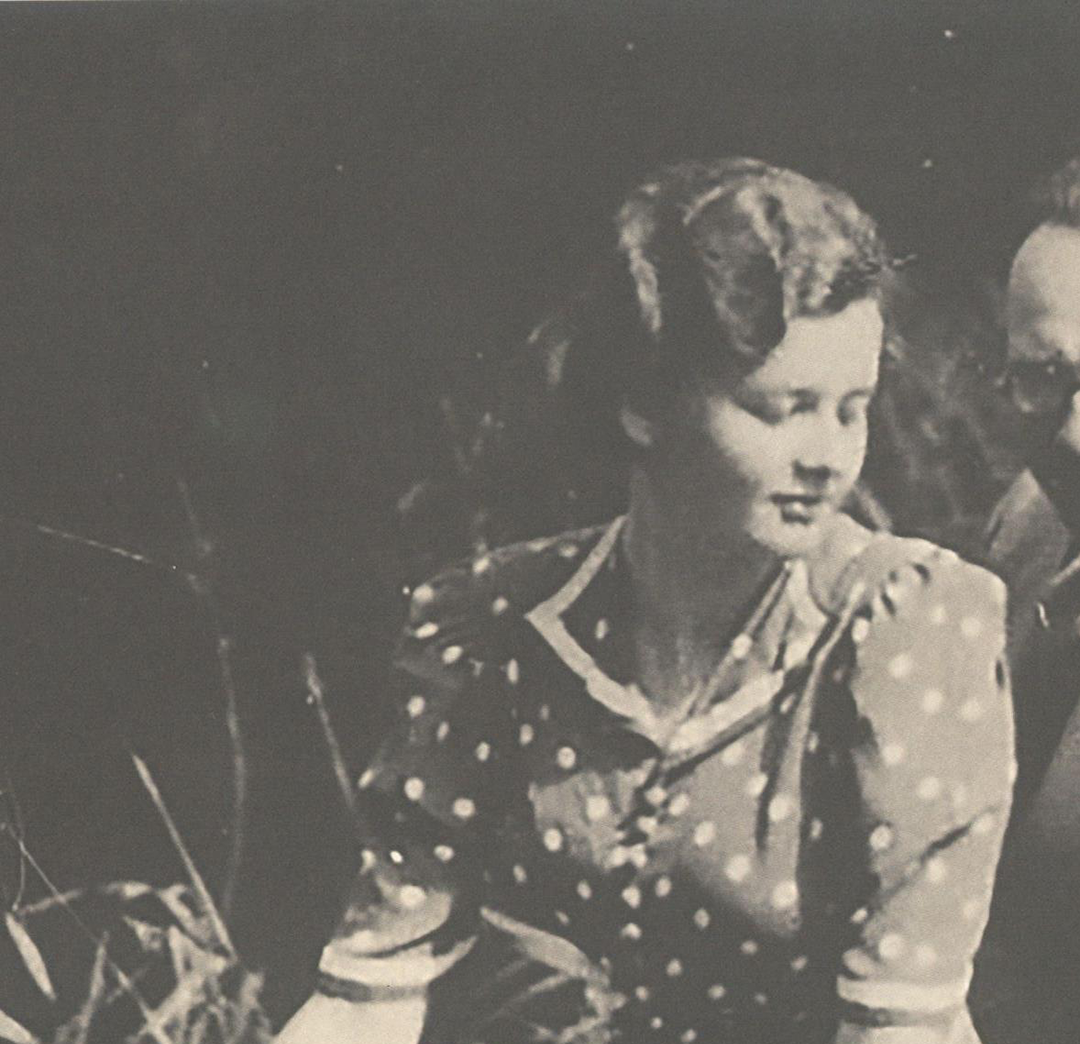
From 1957 she worked in the Sejm, where she ran the secretariat of the Znak (“Sign”) group. Her house hosted meetings with leading figures of the political and cultural scene of the time, including Jerzy Zawieyski, Stefan Kisielewski, Stanisław Stomma and Tadeusz Mazowiecki. Anna remained active and socially engaged until the end of her life. She was buried at the cemetery in Laski, leaving behind a legacy full of kindness and openness to the world.
Tekla z Mańkowskich Chłapowska
1885-1962
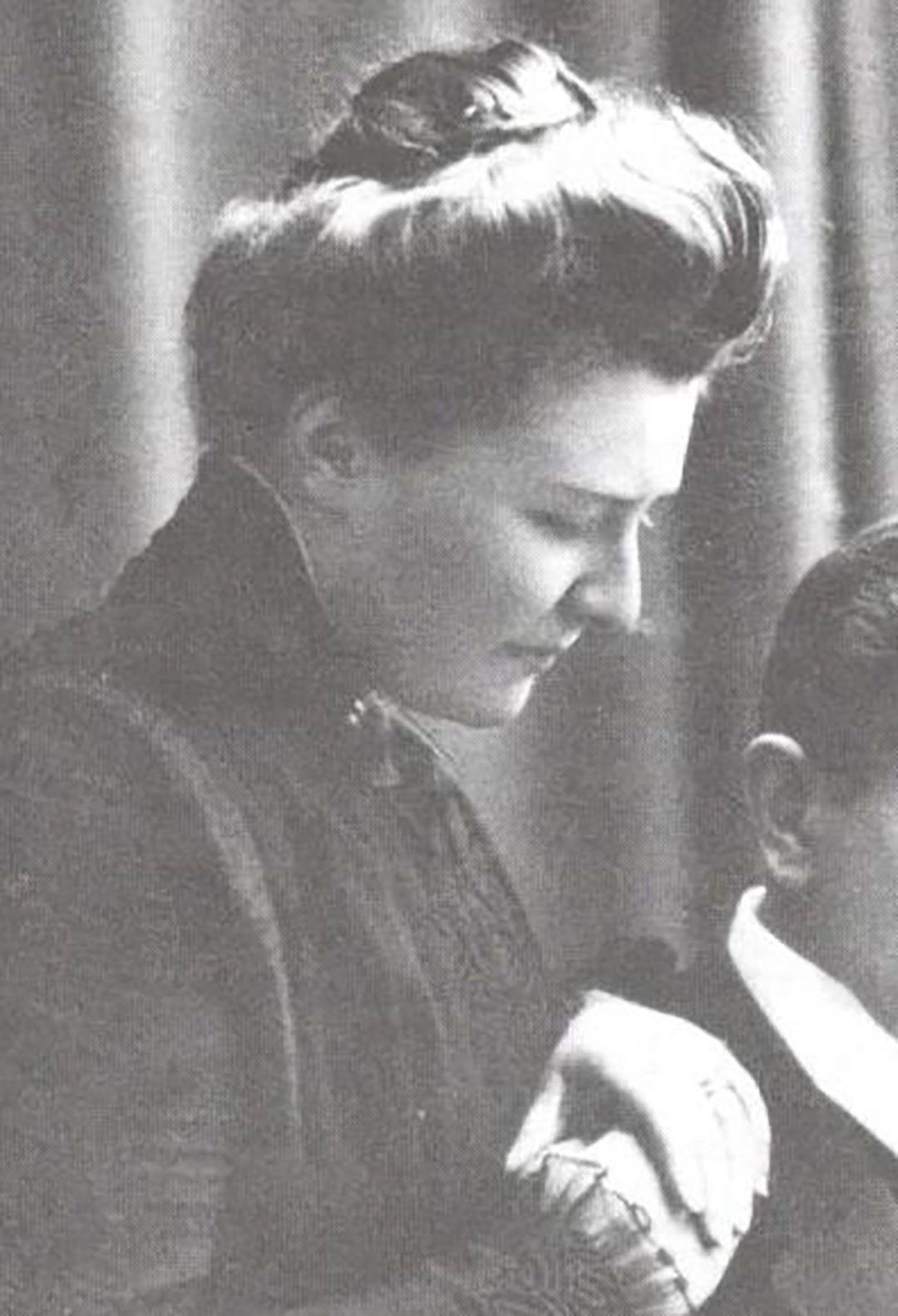
Her life was filled with both tragic events and extraordinary acts of charity. After her marriage to Zygmunt Chłapowski, which ended with his sudden death under the wheels of a tram, Tekla devoted herself to helping the wounded in the hospital in Kościan, where she herself contracted scarlet fever, turned into arthritis. Despite the tragedy, her heart was full of love and concern for others. She organised kindergartens for village children, supported the Laski Institute for the Blind, and fostered orphans, frequently visiting the centre and sharing her music and hospitality with them. Finally, she spent her last years as a charitable benefactress in the monastery of the Verbist Fathers in Bruczków.
Antonina Chłapowska née Grudzińska
1794-1857
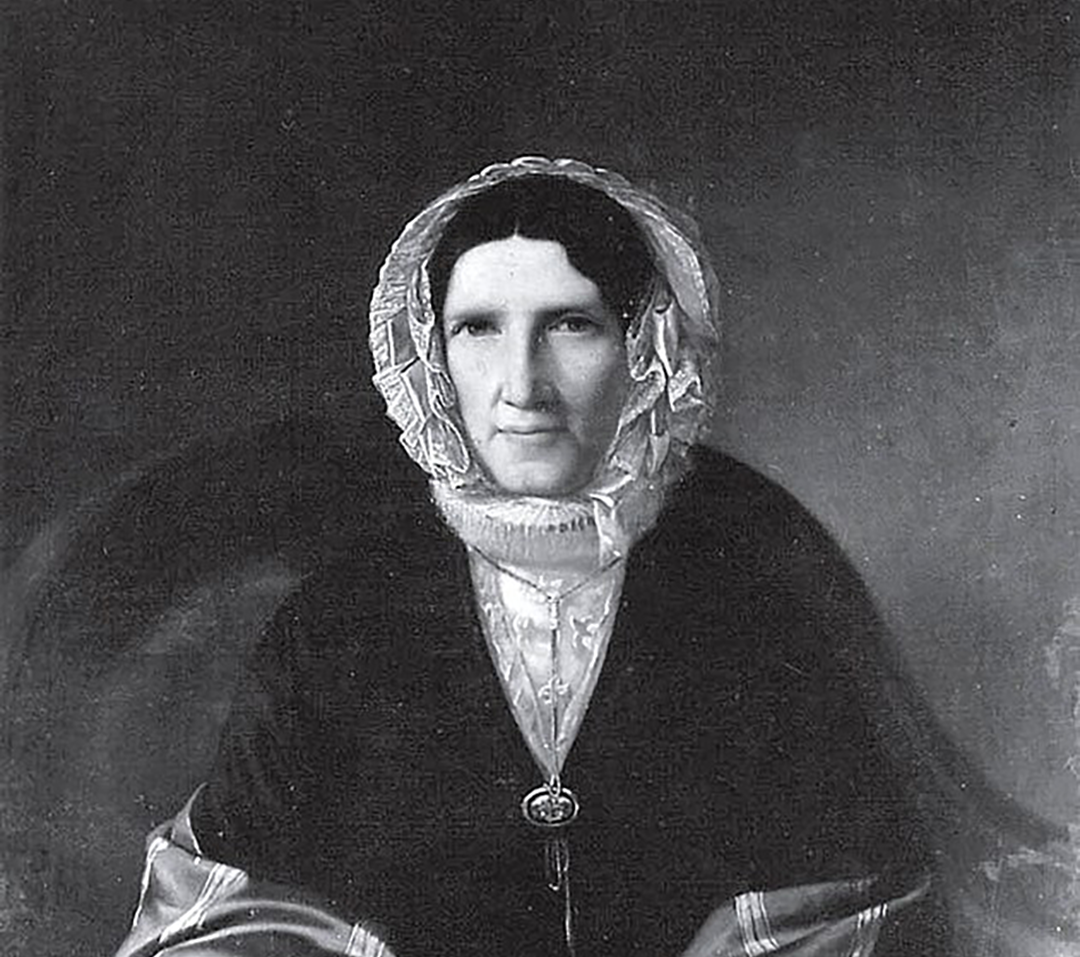
She was not just a lady from a wealthy gentry family - her life was a colourful mosaic of passion, devotion and action. She married Dezydery Chłapowski in 1821, creating a relationship with him which lasted for 36 years and was based on love and shared ideals of organic work. In the Turew estate, Antonina was not only a housewife, but also the soul of many charitable projects. She managed a hospital for the sick and an orphanage for peasant children. She personally taught her children religion and Polish history, and together with her husband, she devoted some time every day to reading history books. She actively participated in social life, engaging in the renovation and construction of churches and chapels in the Turew area. She headed a committee aimed at obtaining funds to fund a convent house for Sisters of the Sacred Heart in Poznań. Despite poor health, she persevered in her determination to pursue the common good. Her reputation was characterized by justice, sensitivity and kindness, although at the same time she was known to be strict and demanding. Her life ended in Paris, where she went to her daughter’s novitiate welcoming ceremony. Her body was brought back and buried in the family necropolis in Rąbiń.
Dezydery Chłapowski
1788-1879
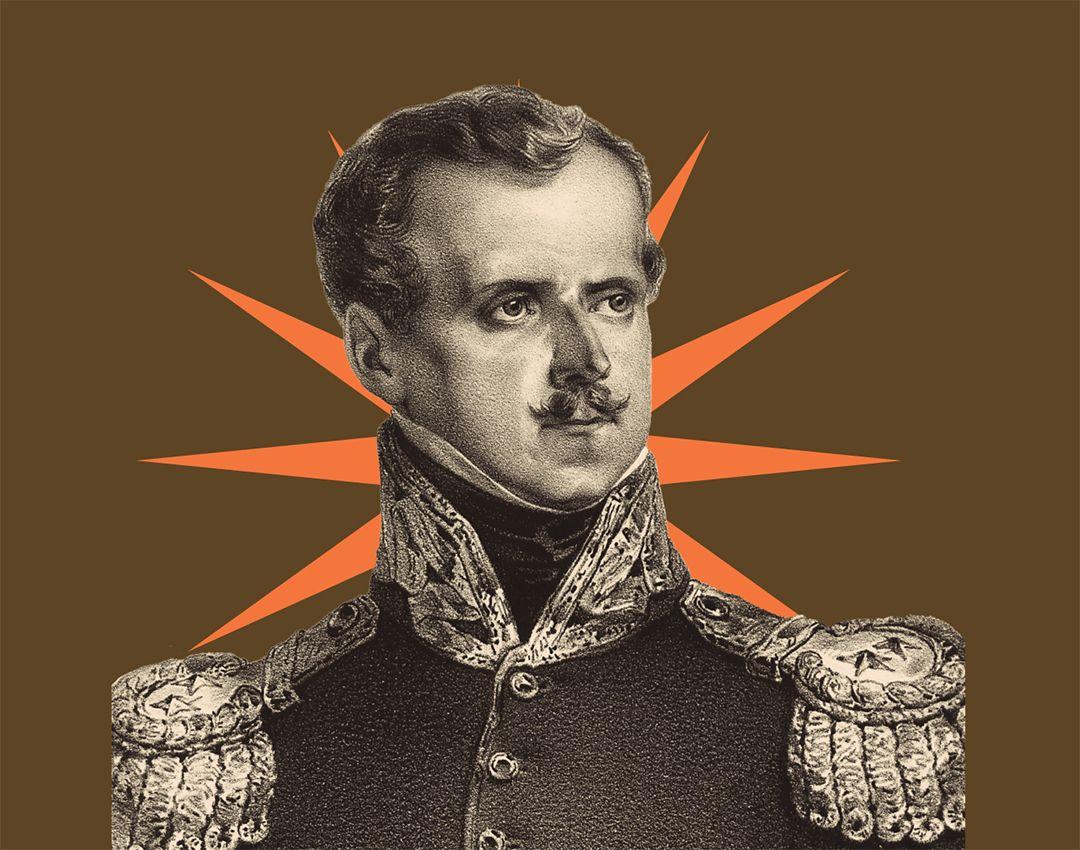
The son of a noble family, he devoted his life to the development of Polish agriculture and the fight for the emancipation of peasants. After participating in the Napoleonic campaigns, he focused on modernizing his lands in Turew. After traveling to England in 1818-1819, he applied the modern agricultural methods he learned there on his estates, becoming an agricultural pioneer. He actively participated in the November Uprising, for which he was imprisoned by the Prussians. After being released, he continued the fight for social and cultural progress, engaging in numerous educational initiatives. During the Spring of Nations in 1848, he organized armed forces in the Kościan district. Its influence was not limited to the economic and social spheres only. He was also an active writer and editor, supporting the creation of new magazines. He died in 1879 in Turew, leaving behind a lasting legacy of fighting for progress and development, and his tomb in Rąbiń became a symbol of steadfast determination for the cause of the homeland.
Kazimierz Chłapowski
1831-1916
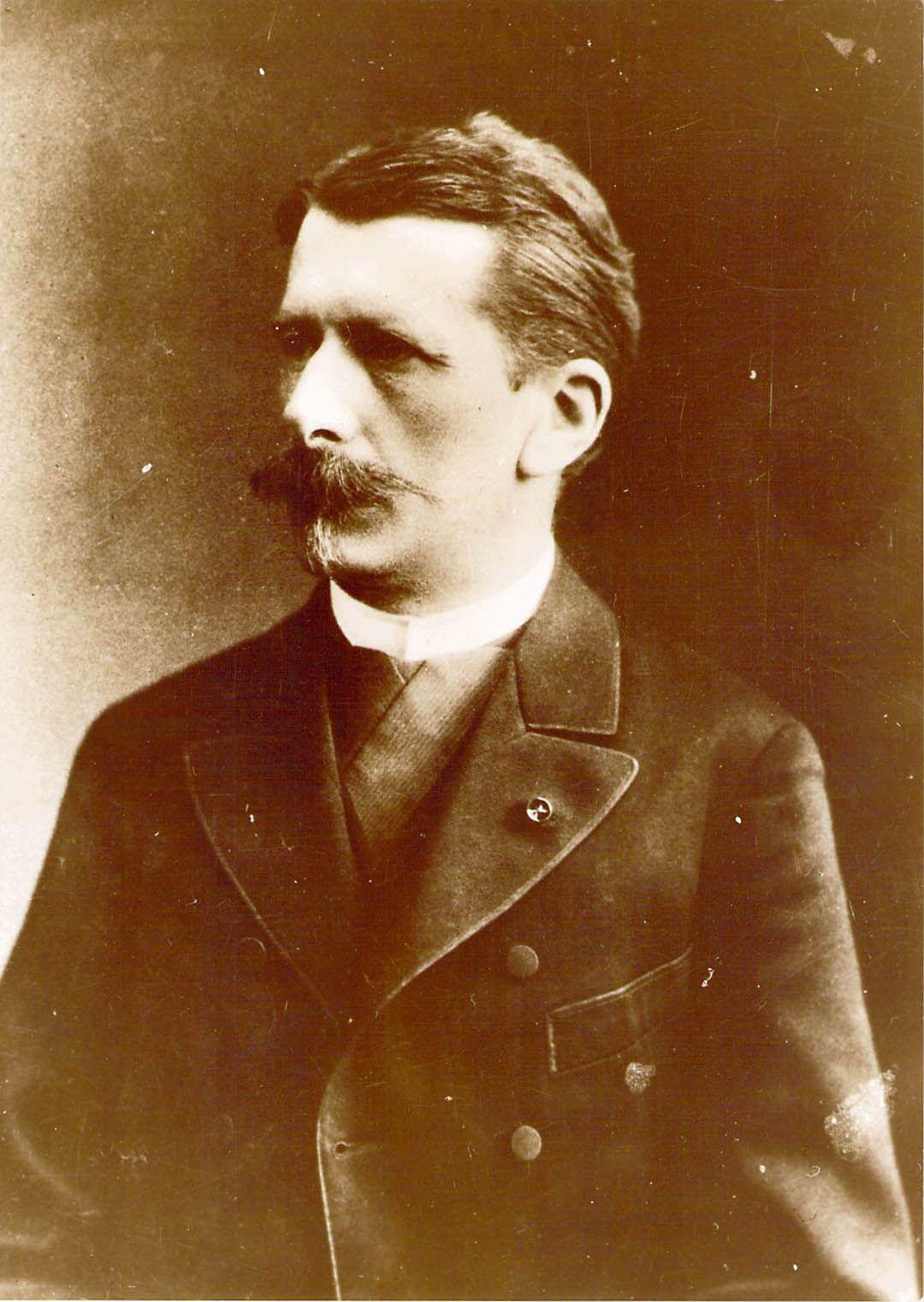
He was the youngest son of Dezyder and Antonina. Following his father's example, he studied at the Berlin Military School. Driven by his father's attitude, he paid most attention to farming, which resulted in numerous trips to England and France. In 1862 he married Anna Chłapowska from Czerwona Wieś. Dezydery gave the young couple the Kopaszewo estate. Soon Kazimierz proved to be an extremely capable farmer, the Kopaszewo estate was exemplarily managed and the numerous flocks of sheep won recognition at international exhibitions. Kazimierz opened a brickworks in Kopaszewo and a distillery in Rogaczewo Mały. He received his first agricultural lessons under the supervision of his father in Brodnica, which the Żychlinskis had bought. After the death of his brothers-in-law - Jan Koźmian and Kajetan Morawski - Chłapowski took over the formal leadership of the Ultramontane camp, emphasising the need for unconditional obedience to the Church. During his lifetime, he fought against the Kulturkampf, a Prussian policy aimed at the nationalisation of Poles. Kazimierz participated in the organisation of Catholic rallies in Poznan, Gniezno and Toruñ. He fought actively for the return of the Jesuits to Greater Poland and for equal rights for the Polish language in secondary schools. In 1906 he founded the League for the Defence of Honour and Integrity. As a member of the House of Lords, he opposed taxes on Prussians and expropriation laws. He wrote for the 'Czas', 'Kurier Poznański' and 'Dziennik Poznański', focusing mainly on Polish Catholic politics and the idea of social solidarity. Source: Emilian Prałat, Miejsca i Sztuka. Kopaszewo, Łódź 2015
Krzysztof Chłapowski Morawski
1903-1981
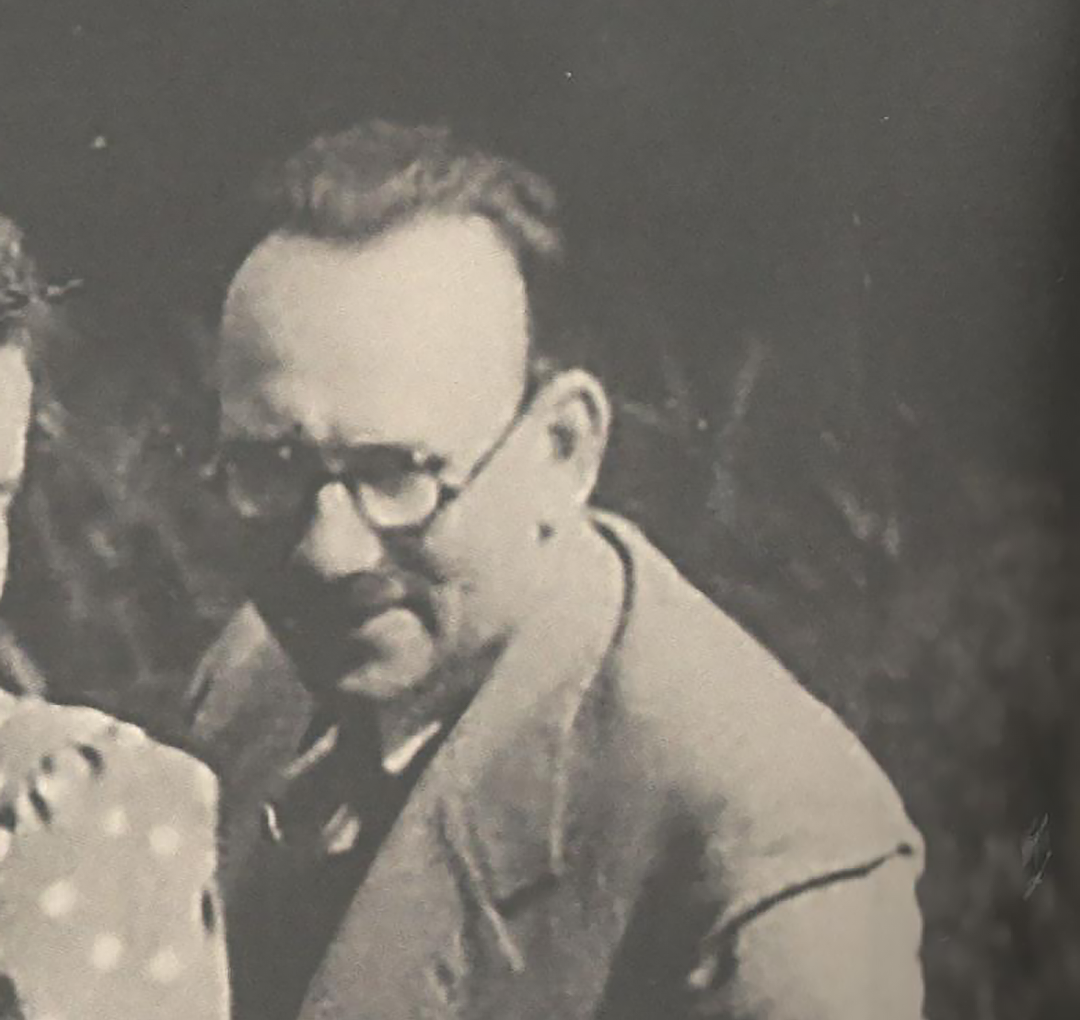
He was the son of Kazimierz, a professor at the Jagiellonian University, and Maria Chłapowska. After being adopted by Zygmunt and Tekla Chłapowski, he had the double surname Chłapowski Morawski, but used the latter. As a law graduate at the University of Poznań, he took up the management of family estates, saving 11 of them from the crisis, including Lubonia and Wąwelno. His work at the Obra Melioration Society demonstrated his management skills and understanding of the needs of agriculture. In his personal life, he married Anna Wańkowicz in 1938. During World War II, he participated in the September Campaign and fought in the Warsaw Uprising, where he was gravely wounded. After the war, he moved to Warsaw, continuing to work for the Polish land. He was an active member of the Municipal National Council and the Catholic Intelligentsia Club. Krzysztof was also the author of books about the landed gentry. He received the Pro Ecclesia et Pontifice order for his services to the church and the society at large.
Mieczysław Chłapowski
1874-1939
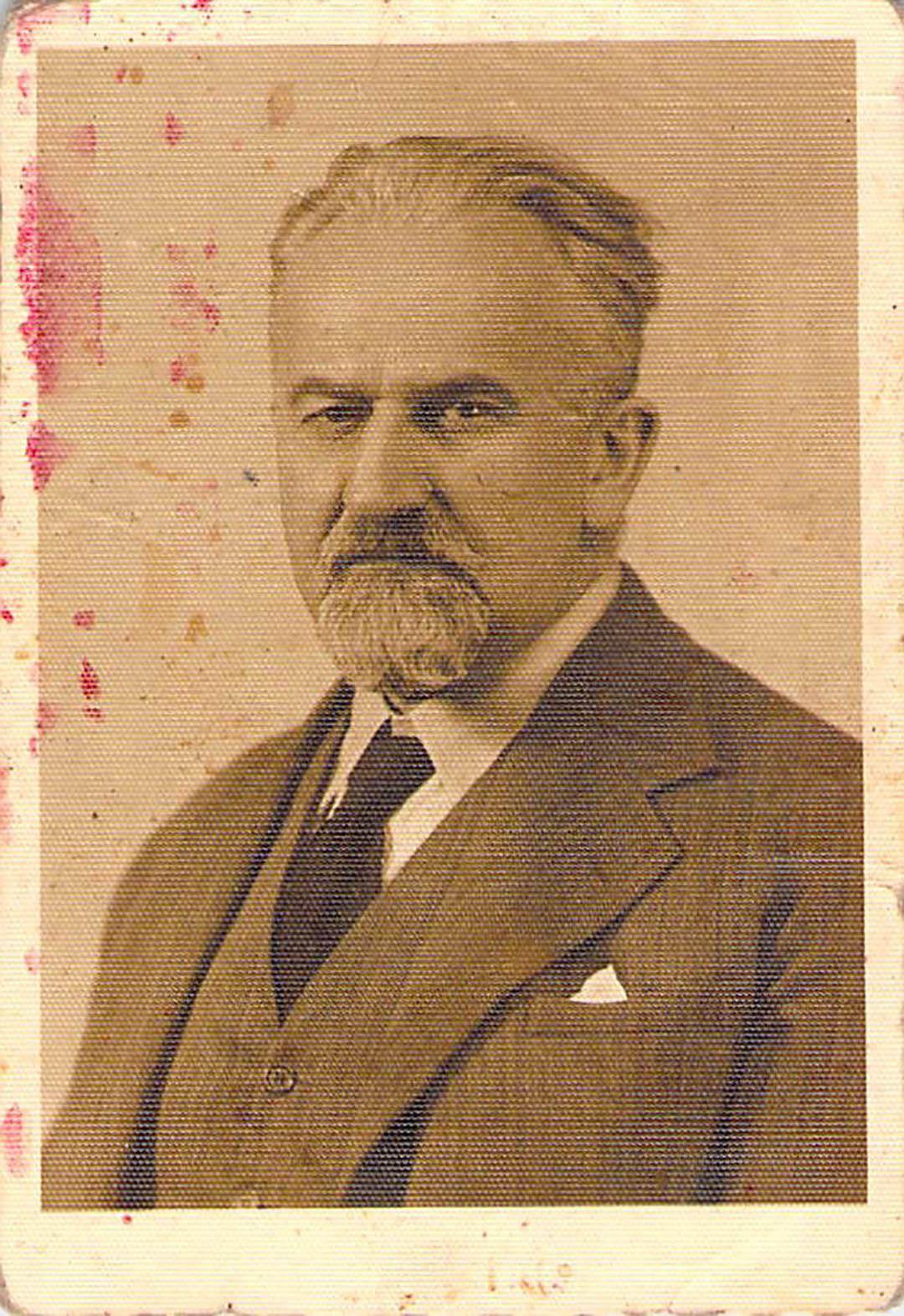
Together with his brother Casimir, he was educated in Jesuit boarding schools in Tarnopol and Chyrów. He served an agricultural apprenticeship with Stanislaw Chłapowski in Żegocin (1895-1896), which was later supplemented by the administration of Rąbin. In 1914-1915 he administered Jurkow and for a short time Czerwona Wieś. He studied, among other places, in Berlin. He spent the turn of 1897-1898 in Paris. That year marked the beginning of Mieczyslaw's extremely difficult reign over Kopaszewo, which was interrupted by the tragedy of the First World War. He modernised the house in Rogaczewo. In 1909 he bought the Sobiejuchy estate. In 1911 the wedding of Mieczysław and Wanda, née Potworowska, took place in Gola. During the First World War, Mieczysław and his wife were active in the Committee for the Relief of the People of the Kingdom of Poland. Following his father's example, he belonged to the Central Economic Society and was a member of the board of the Agricultural Wheels Society. The reborn Poland honoured Chłapowski with membership of the Supreme People's Council, where he sat on the Commissariat, the informal government. He was instrumental in preparing the Bydgoszcz lands for incorporation into Poland. He also worked for the unification of agricultural organisations, which culminated in the establishment of the Wielkopolskie Towarzystwo Kółek Rolniczych on 21 December 1926. Chłapowski's organisational talent was put to good use in the work of the Supreme Industrial and Agricultural Organisation of Western Poland. He served three terms on the Council of the Bank of Poland. He also chaired the board of trustees of the Sulkowski Foundation in Rydzyna. Chłapowski made many trips abroad, including to Sweden, from where he introduced hornless cattle breeding to Poland. He co-operated with a seed station in Svalof, from where he imported seeds that were propagated and sold at a profit by a company of which he was a co-founder. He built a series of roads linking the estates, a field railway and re-drained the fields. Special events in the history of Kopaszewo were the visits of the Polish Presidents - Stanislaw Wojciechowski (1923) and Ignacy Mościcki (1927). Both were welcomed by Mieczyslaw. Chłapowski was decorated with the medals Pro Deo et Principe and Polonia Restituta. Following the example of his father and grandfather, he was active in publishing. He was one of the initiators of the establishment of the "Common Newspaper" in Poznań and the "Polish Day". Source: Emilian Prałat, Miejsca i Sztuka. Kopaszewo, Łódź 2015
Zygmunt Chłapowski
1869-1919
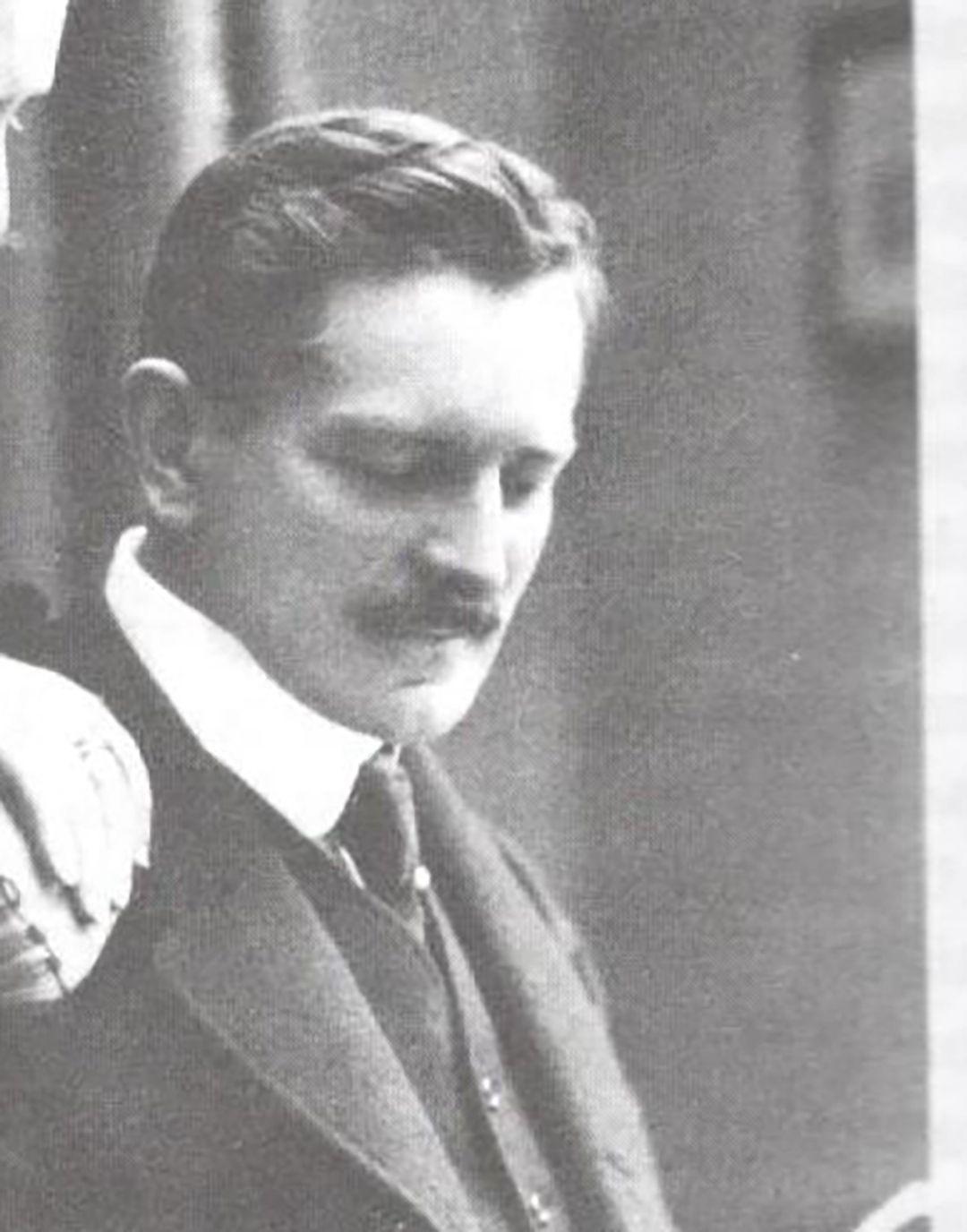
He was born in Turwia on 5 May 1869. He was the grandson of General Dezydery Chłapowski. Orphaned at an early age, he was raised in Szołdry by his uncle Stanislaw. He graduated from Leszno High School. He had to stop studying when he took over the deserted Turwis. From 1890 he began to work as a farmer, but did not abandon his contacts with the scientific community. Thanks to his skilful management and great diligence, he not only increased the size of the estate, but also bought nearby Goździchowo and Patoka in Silesia, where he created a model farm and a Polish cultural centre. In Dalewo he founded and led a peasant circle. For many years he chaired the Gostynin Agricultural Society. From 1908 he chaired the supervisory board of the Bank Ziemski, which played a major role in the struggle for Polish property. In 1909 he married Tekla, née Mańkowska. He was interested in economic and agricultural questions. He studied the increase in the value of land under the influence of the development of an intensive economy. He published several papers devoted to the economic analysis of the activities of the Colonisation Commission. He was an eminent expert in the field of parcelling out of land and was the chairman of the Agricultural Commission of the Landowners' Associations in Warsaw.
Zygmunt Chłapowski
1869-1919
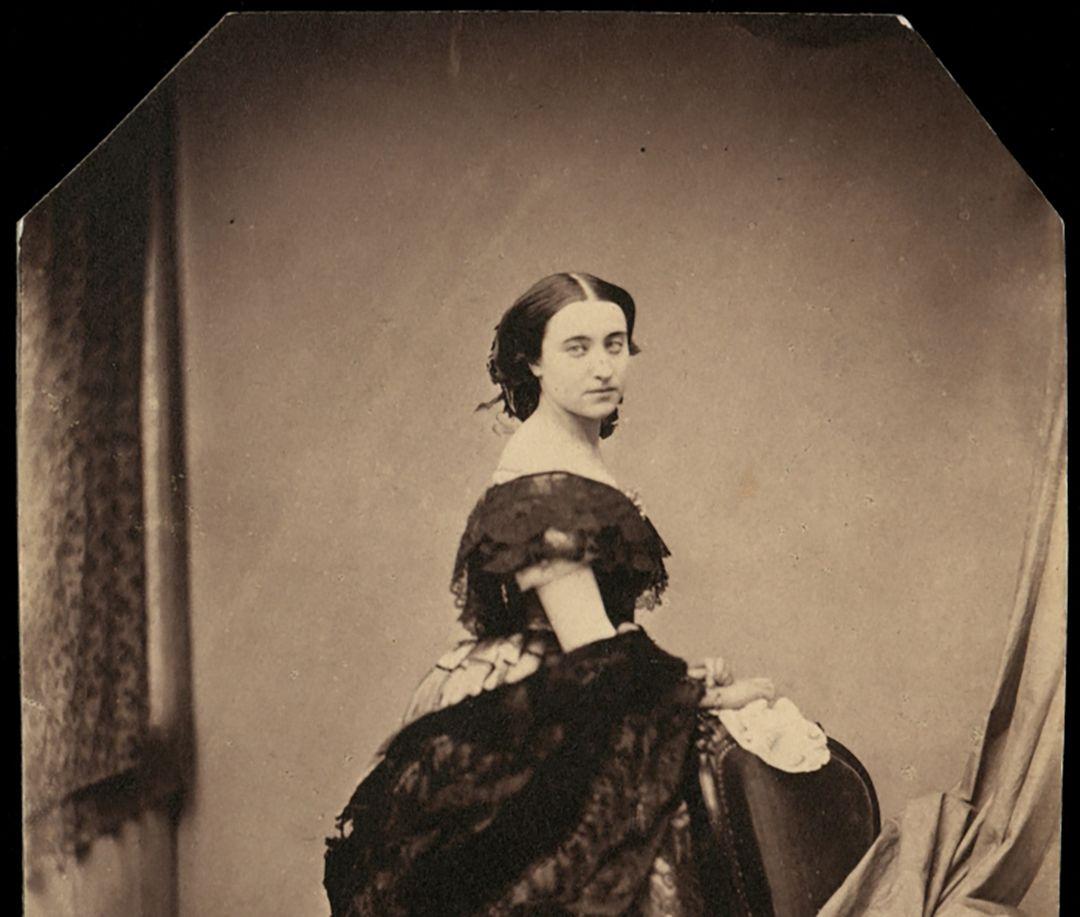
He was born in Turwia on 5 May 1869. He was the grandson of General Dezydery Chłapowski. Orphaned at an early age, he was raised in Szołdry by his uncle Stanislaw. He graduated from Leszno High School. He had to stop studying when he took over the deserted Turwis. From 1890 he began to work as a farmer, but did not abandon his contacts with the scientific community. Thanks to his skilful management and great diligence, he not only increased the size of the estate, but also bought nearby Goździchowo and Patoka in Silesia, where he created a model farm and a Polish cultural centre. In Dalewo he founded and led a peasant circle. For many years he chaired the Gostynin Agricultural Society. From 1908 he chaired the supervisory board of the Bank Ziemski, which played a major role in the struggle for Polish property. In 1909 he married Tekla, née Mańkowska. He was interested in economic and agricultural questions. He studied the increase in the value of land under the influence of the development of an intensive economy. He published several papers devoted to the economic analysis of the activities of the Colonisation Commission. He was an eminent expert in the field of parcelling out of land and was the chairman of the Agricultural Commission of the Landowners' Associations in Warsaw.
Zygmunt Chłapowski
1869-1919
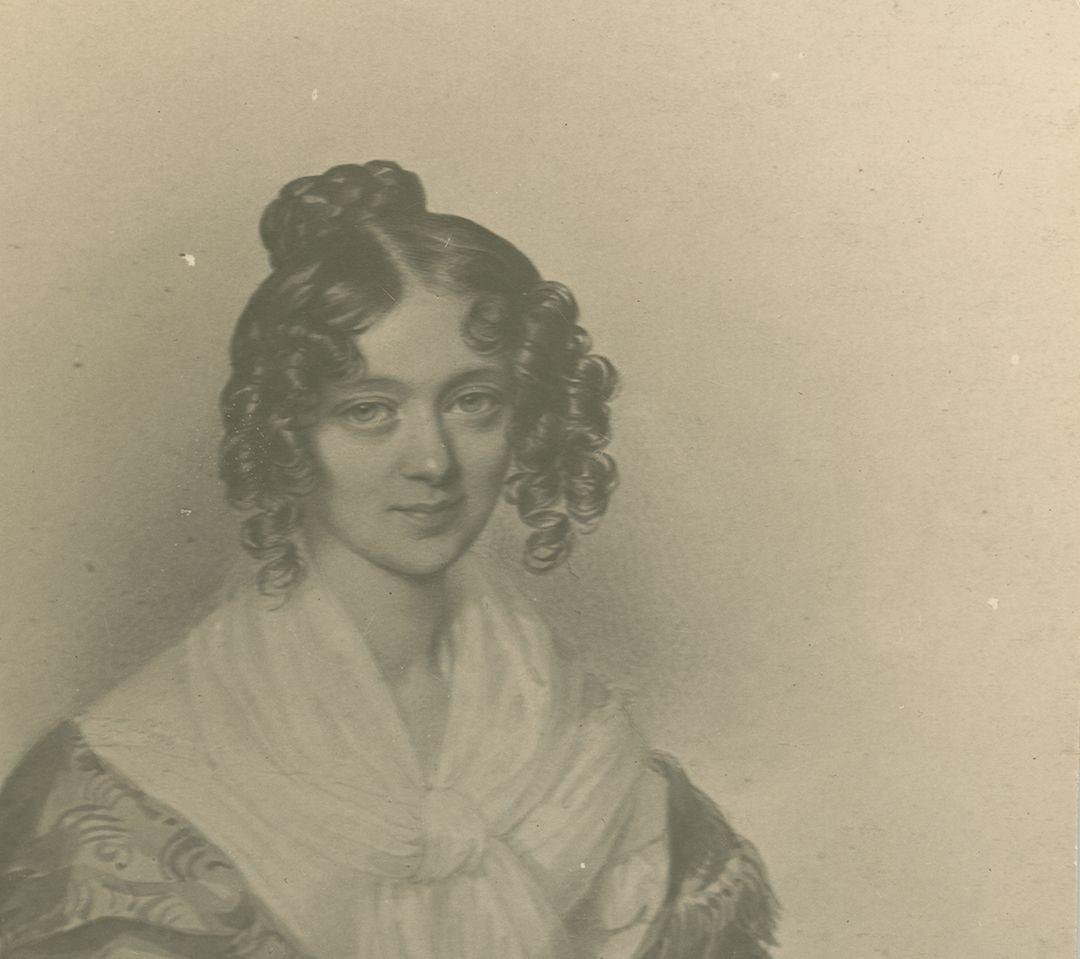
He was born in Turwia on 5 May 1869. He was the grandson of General Dezydery Chłapowski. Orphaned at an early age, he was raised in Szołdry by his uncle Stanislaw. He graduated from Leszno High School. He had to stop studying when he took over the deserted Turwis. From 1890 he began to work as a farmer, but did not abandon his contacts with the scientific community. Thanks to his skilful management and great diligence, he not only increased the size of the estate, but also bought nearby Goździchowo and Patoka in Silesia, where he created a model farm and a Polish cultural centre. In Dalewo he founded and led a peasant circle. For many years he chaired the Gostynin Agricultural Society. From 1908 he chaired the supervisory board of the Bank Ziemski, which played a major role in the struggle for Polish property. In 1909 he married Tekla, née Mańkowska. He was interested in economic and agricultural questions. He studied the increase in the value of land under the influence of the development of an intensive economy. He published several papers devoted to the economic analysis of the activities of the Colonisation Commission. He was an eminent expert in the field of parcelling out of land and was the chairman of the Agricultural Commission of the Landowners' Associations in Warsaw.
Izabela Działyńska
1830-1899
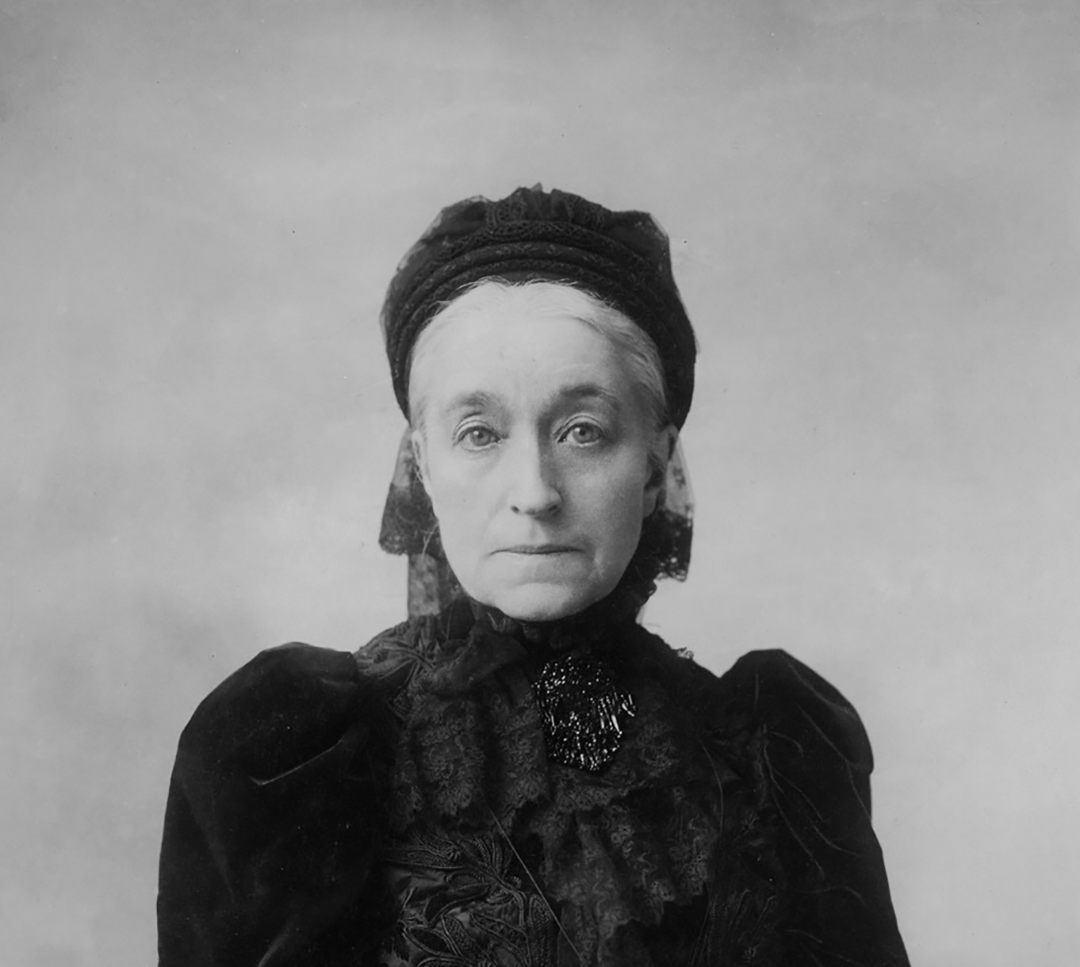
Polish painter, social and cultural activist and art collector. She spent most of her life in Paris, where she received her education. After arriving in Poland, she created an impressive art collection in the castle in Gołuchów. It included a valuable collection of Greek vases, furniture, fabrics and paintings (including those of Rembrandt or Stoss, as well as the coronation portrait of August S. Poniatowski). In 1857, she married Jan Działyński, a landed gentry noble from Greater Poland.
Jan Kanty Działyński
1829-1880
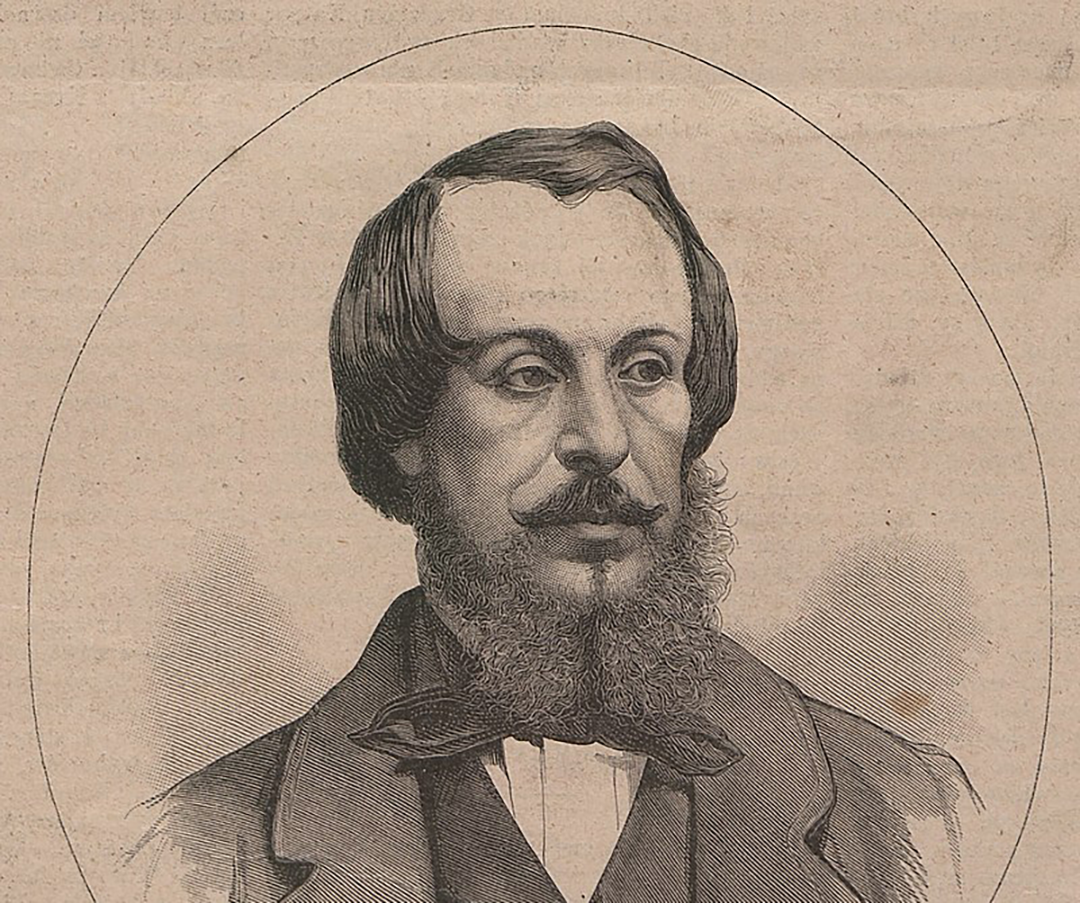
Social and political activist. He was educated in Berlin and Paris. From 1857 he lived in Gołuchów, where he collected works of art in a nearby castle. Inherited from his late father, he took over the Kórnik estate, expanded the library collections, and published sources and historical studies. He conducted active economic and social activities. He was the editor of the publications of the Poznań Society of Friends of Learning and the co-founder and main shareholder of Bank Włościański (“Peasant Bank”).
Tytus Działyński
1796-1861
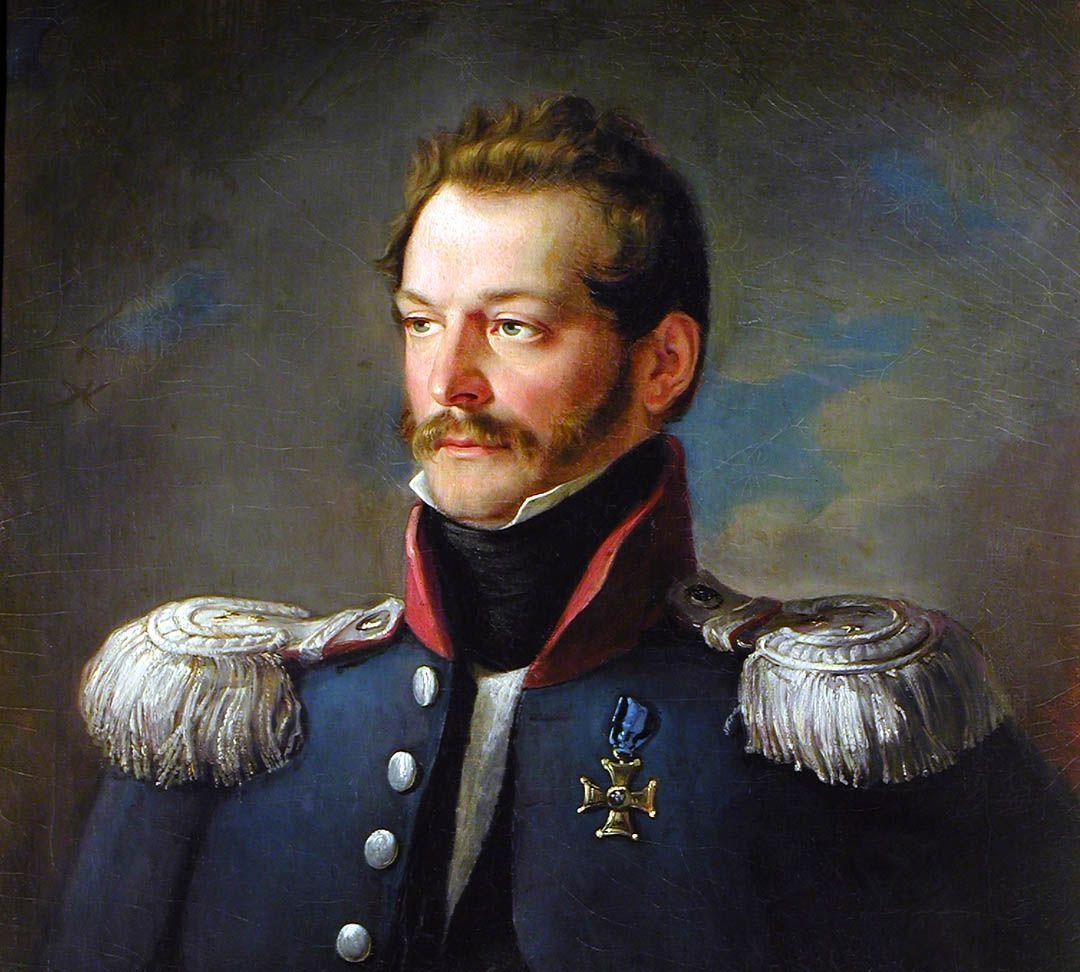
Political and cultural activist, publisher. He studied in Berlin, Paris and Prague. He took over the Kórnik estate in 1826, where he created a valuable library, which he enriched with old prints and manuscripts. He actively participated in insurrection activities during the Spring of Nations in 1848. He was elected as a member of the Prussian Parliament many times. In the years 1858-1861 he was the co-founder and president of the Poznań Society of Friends of Learning. He died in Poznań and his body was buried in the basement of the church of St. Marcellinus in Kórnik.
Arkady Fiedler
1898-1985
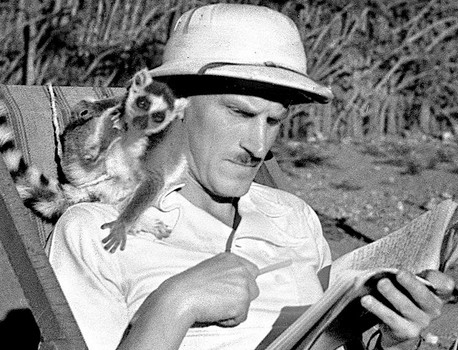
Writer and traveller. He studied philosophy and natural sciences in Poznań and Kraków. He participated in the Greater Poland Uprising. In 1927, he began his long journeys, during which he collected fauna specimens for many Polish zoological institutions. He also wrote numerous travel books, including: Ryby śpiewają w Ukajali, Gorąca wieś Ambinanitelo, Kanada pachnąca żywicą („Fish sing in Ukajali”, „The hot village of Ambinanitelo”, „Canada smelling of resin”). He created the Literary Workshop Museum in Puszczykowo.
Antoni August Freudenreich
1808-1884
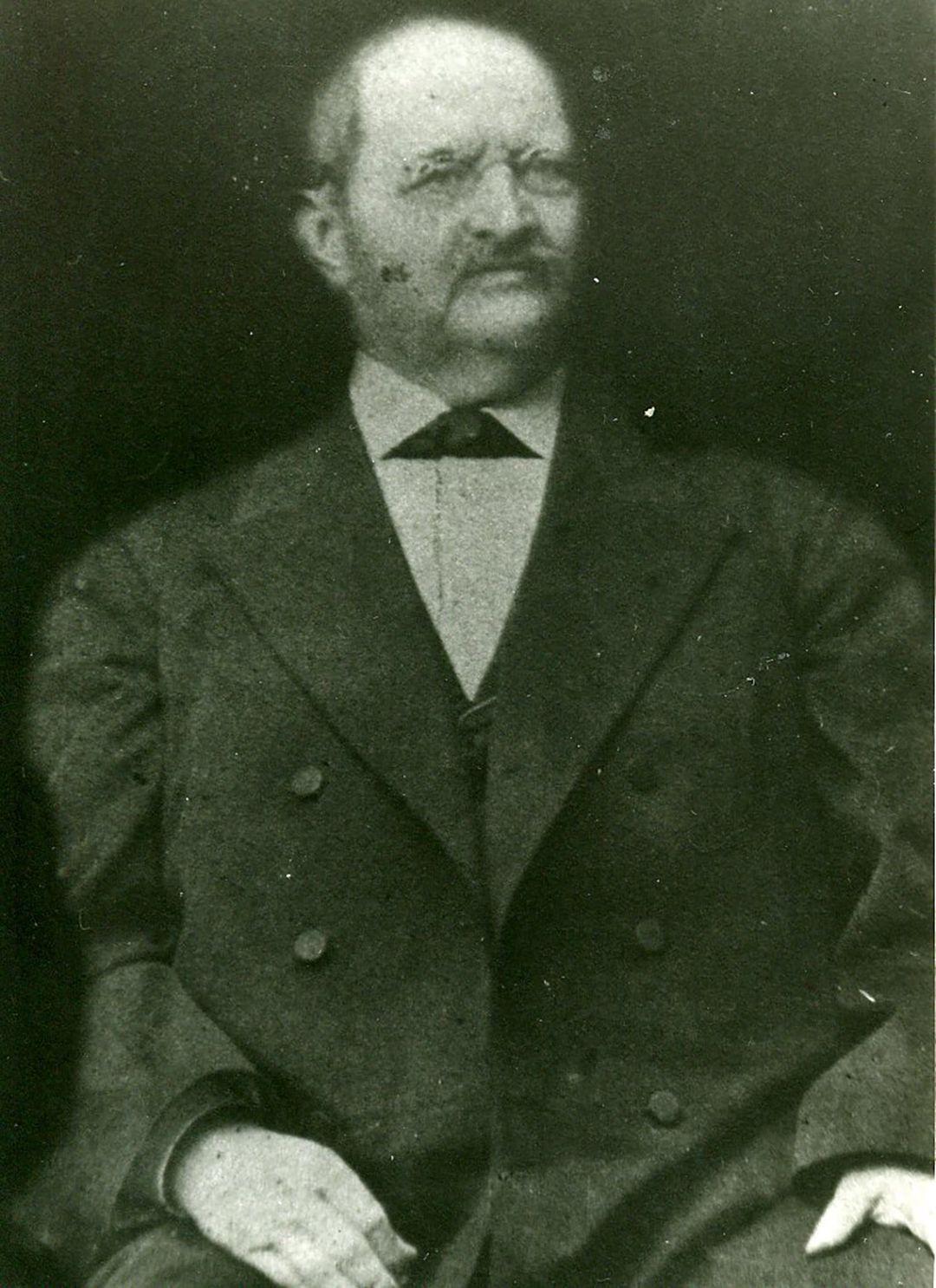
He was born in Poznan on 14 December 1808. He came from a wealthy merchant family. His parents were Antoni Freudenreich and Anna Elisabeth Coswig, née Horn. He was educated at the Cadet School in Kalisz and at the St Mary Magdalene Gymnasium in Poznań, where he obtained his baccalaureate. He then studied medicine at German universities, completing his studies in Berlin (with excellent results) and obtaining a doctorate in medicine. After graduating, he spent several years practising in clinics in Vienna and Paris to become thoroughly familiar with his profession. On his return to his hometown of Poznan, he set up his own practice and at the same time became friends with the famous doctor-socialist Dr Karol Marcinkowski. On the latter's advice, he moved to Gostyn in 1834, where he immediately won the hearts of the local burghers and landowners. He married Nymfa, the foster daughter of Jan Kulesza (the former mayor of Gostyn). Under the influence of his father-in-law and Karol Marcinkowski, he actively joined the local Polish nationalist movement. Antoni Freudenreich applied for membership of the Gostyn Casino and was accepted. Together with Antoni Koliński, he worked diligently as a librarian for several years, contributing significantly to the institution's prosperity. In 1845 he moved with his wife and daughter to Poznań, where a year later, after the resignation of Dr Ludwik Gąsiorowski, he was appointed director of the Provincial Institute of Midwifery. He remained in this position for the rest of his life.
Augustyn Gorzeński
1742-1816
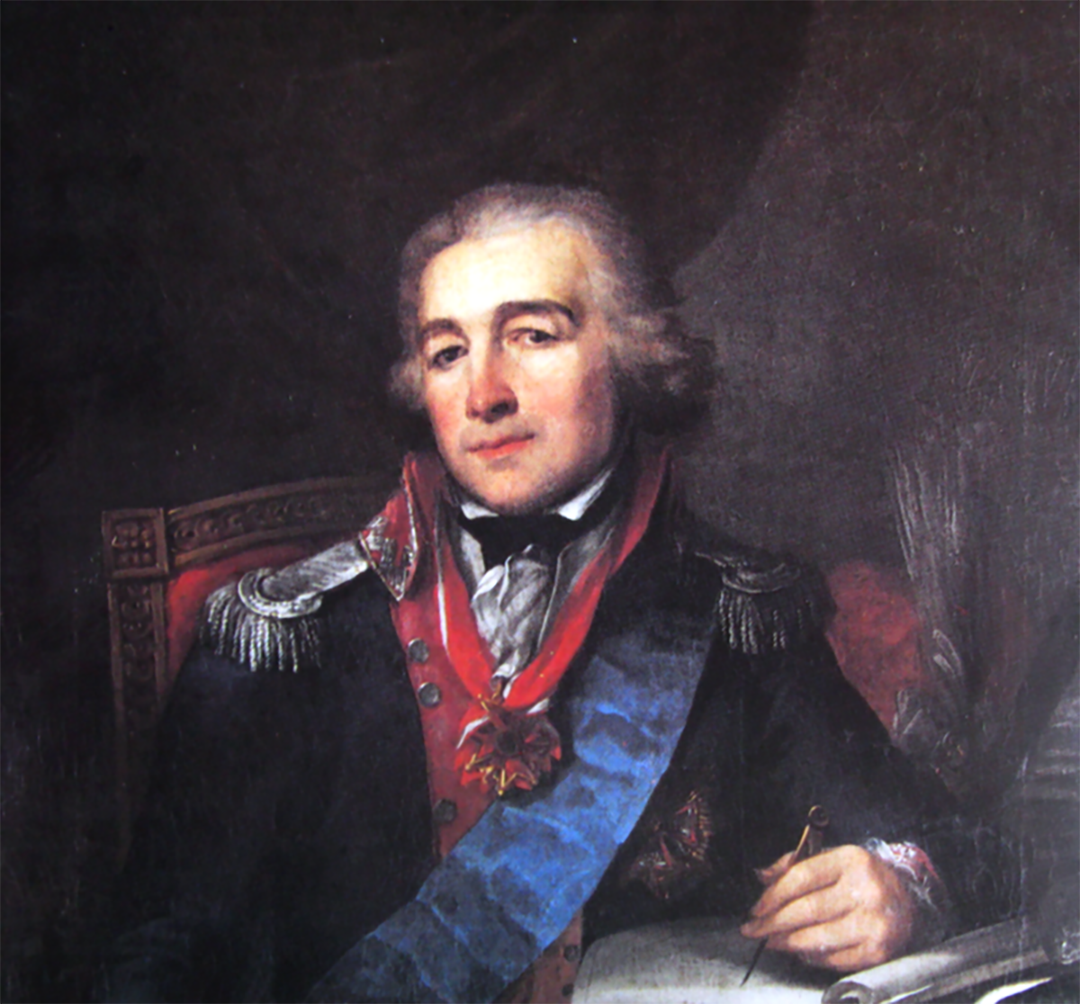
Senator of the Kingdom of Poland, president of the Chamber of Administration of Poznań, deputy of the Poznań voivodeship to the Four-Year Sejm, patron of art and a collector. In Dobrzyca, where he spent the last twenty years of his life, he devoted himself to freemasonry, took care of agricultural progress and cultivation techniques, and founded schools. He also significantly expanded his estate. He is remembered by people as a warm-hearted, noble, kind and self-sacrificing man.
Maksymilian Jackowski
1815-1905
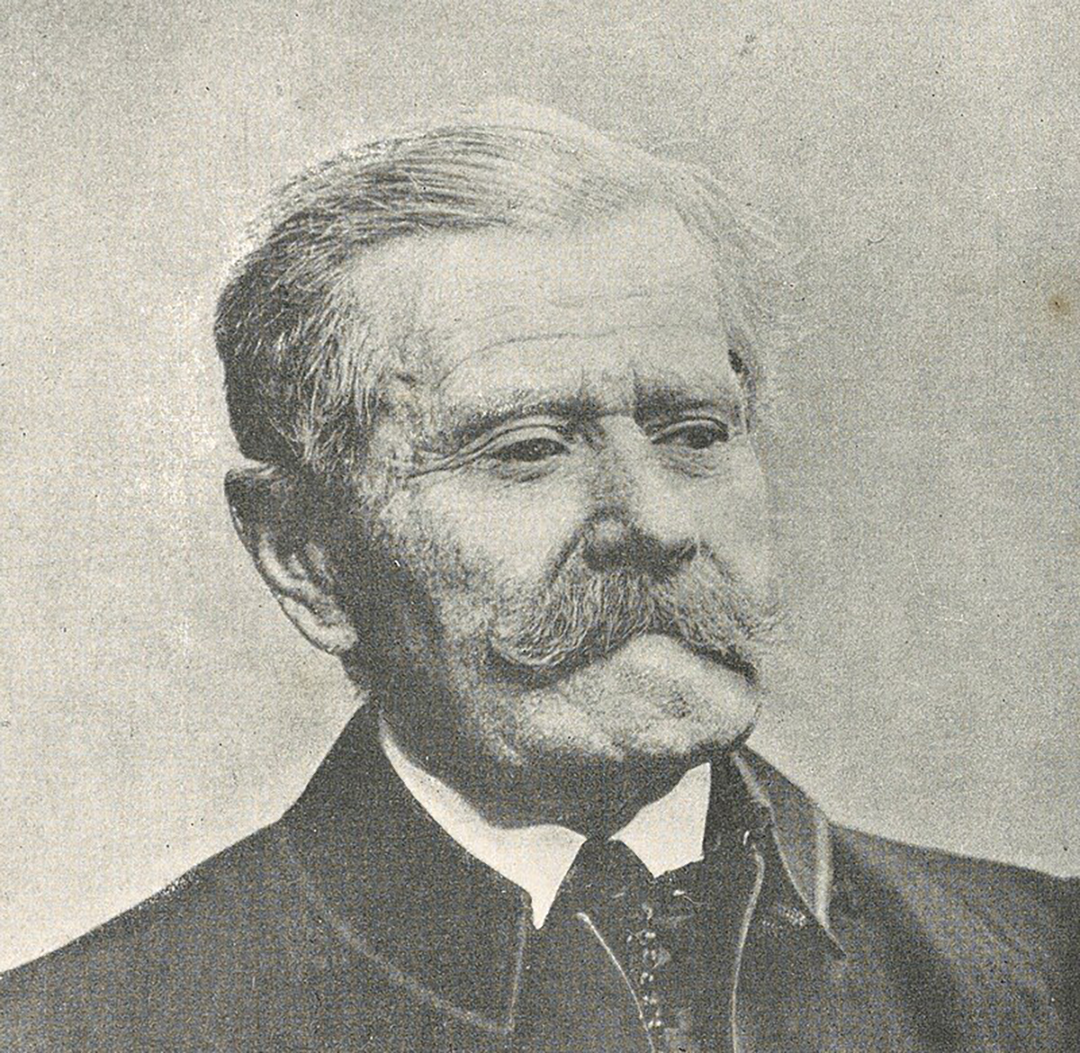
Socio-economic activist. He attended the Saint Mary Magdalene High School in Poznań. In 1850, he purchased an estate in Pomarzanowice near Pobiedziska, where he operated until 1885. For years, he was involved in organic social and economic activities. He joined the Agricultural Society and also joined the authorities of the Central Economic Society, where he took charge of agricultural circles. He started publishing the Rocznik Kółek (“Agrarian Circles Yearbook”) and the Poradnik Gospodarczy (“Farming Handbook”).
Antoni Amilkar Kosiński
1769-1823
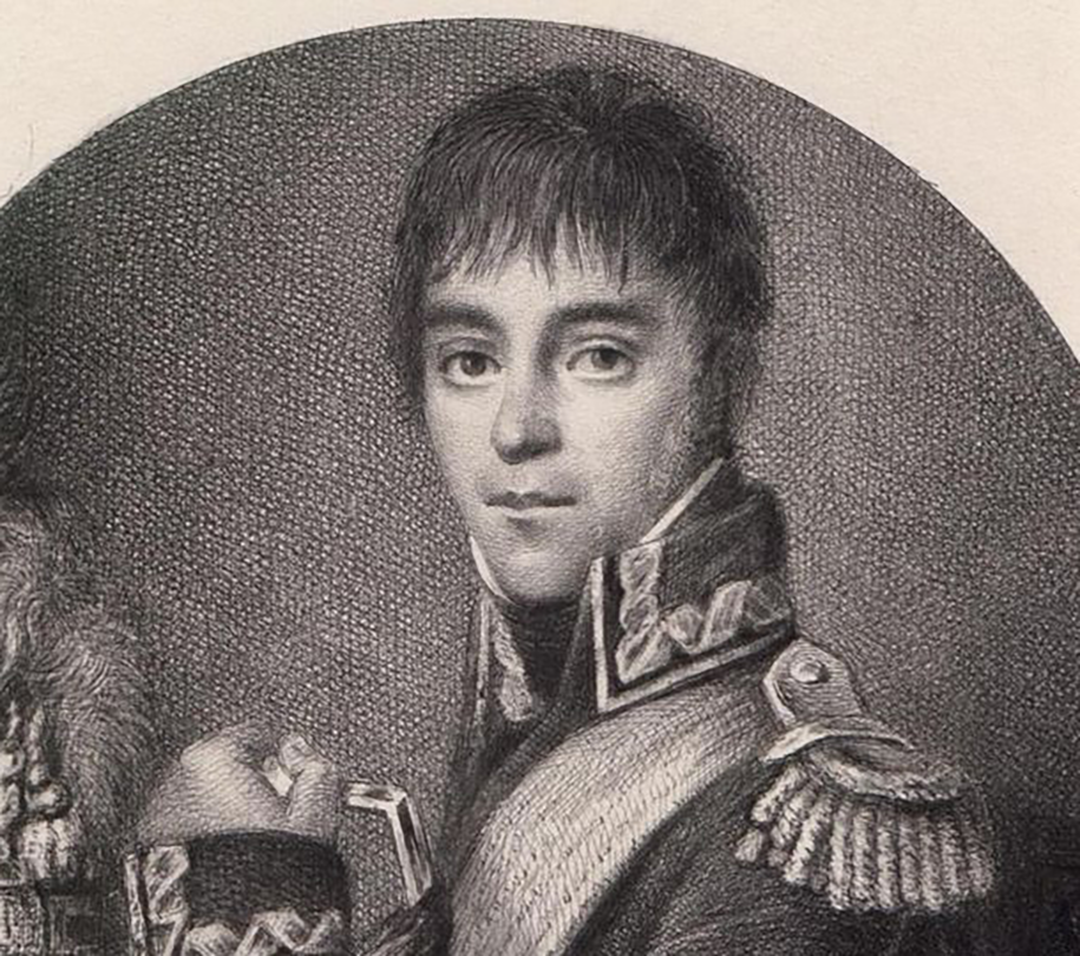
General of the Polish army and an independence activist. He served in the army during the Kościuszko Uprising and later in the French army. He cooperated with general Jan Henryk Dąbrowski in creating the Polish Legions in Italy. From 1812, he settled in Targowa Górka and unsuccessfully tried to be accepted into service in the army of the Kingdom of Poland. In the last years of his life, he supported Polish patriotic initiatives in the Prussian partition. His ashes rest in the Crypt of the Meritorious, in the basement of the church of St. Adalbert in Poznań.
Józef Kościelski
1845-1911
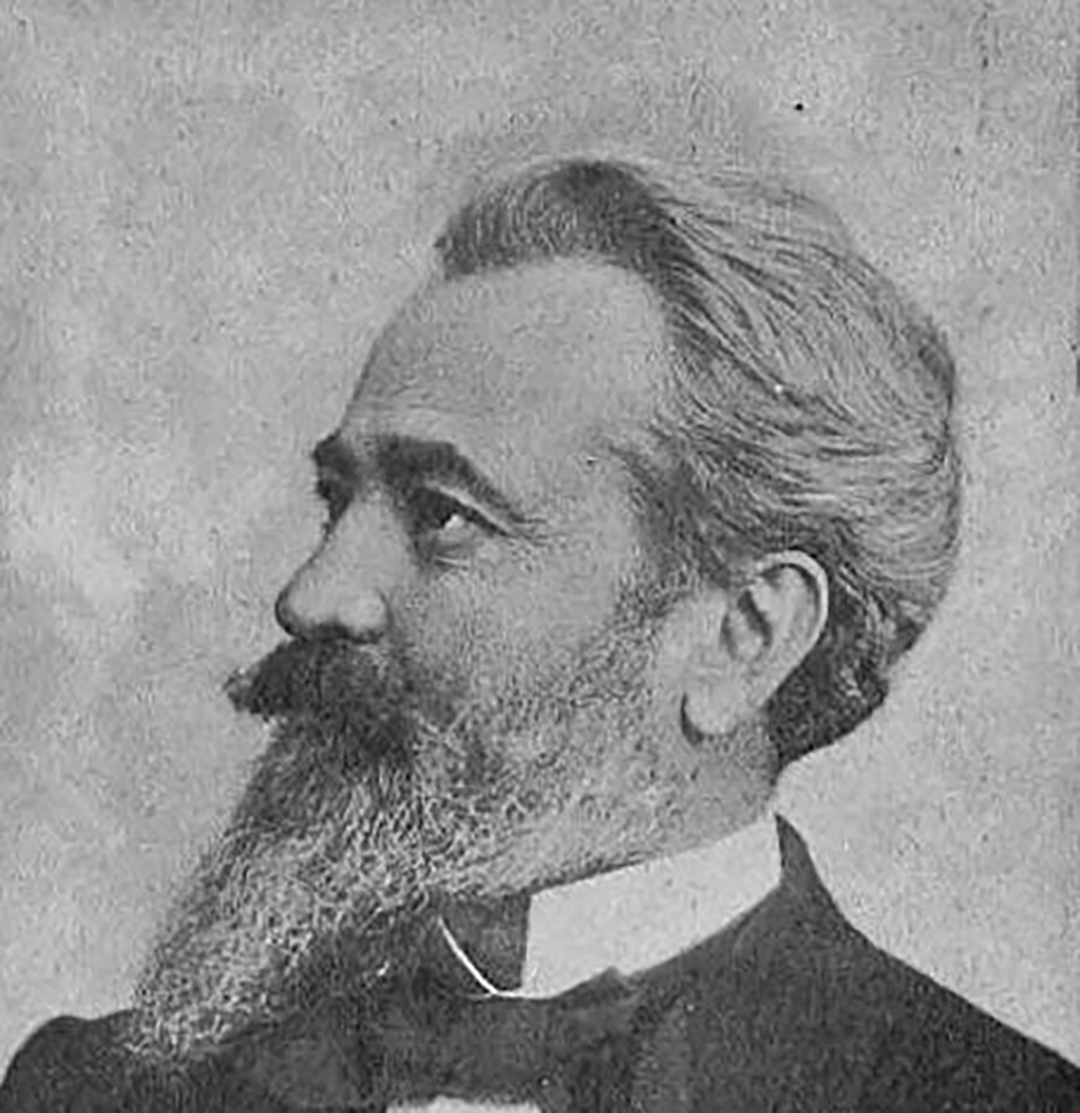
Political activist, patron of art, philanthropist and poet. He attended the Saint Mary Magdalene High School in Poznań and then studied in Berlin and Heidelberg. In Miłosław, where he lived with his wife Maria, he ran an "open house", often hosting writers and painters. He founded a gallery of paintings by Polish painters and a monument to Juliusz Słowacki. He took care of workers and children from poor families and was a member of the Poznań Society of Friends of Learning and the H. Cegielski Joint Stock Company.
Jan Koźmian
1814-1877
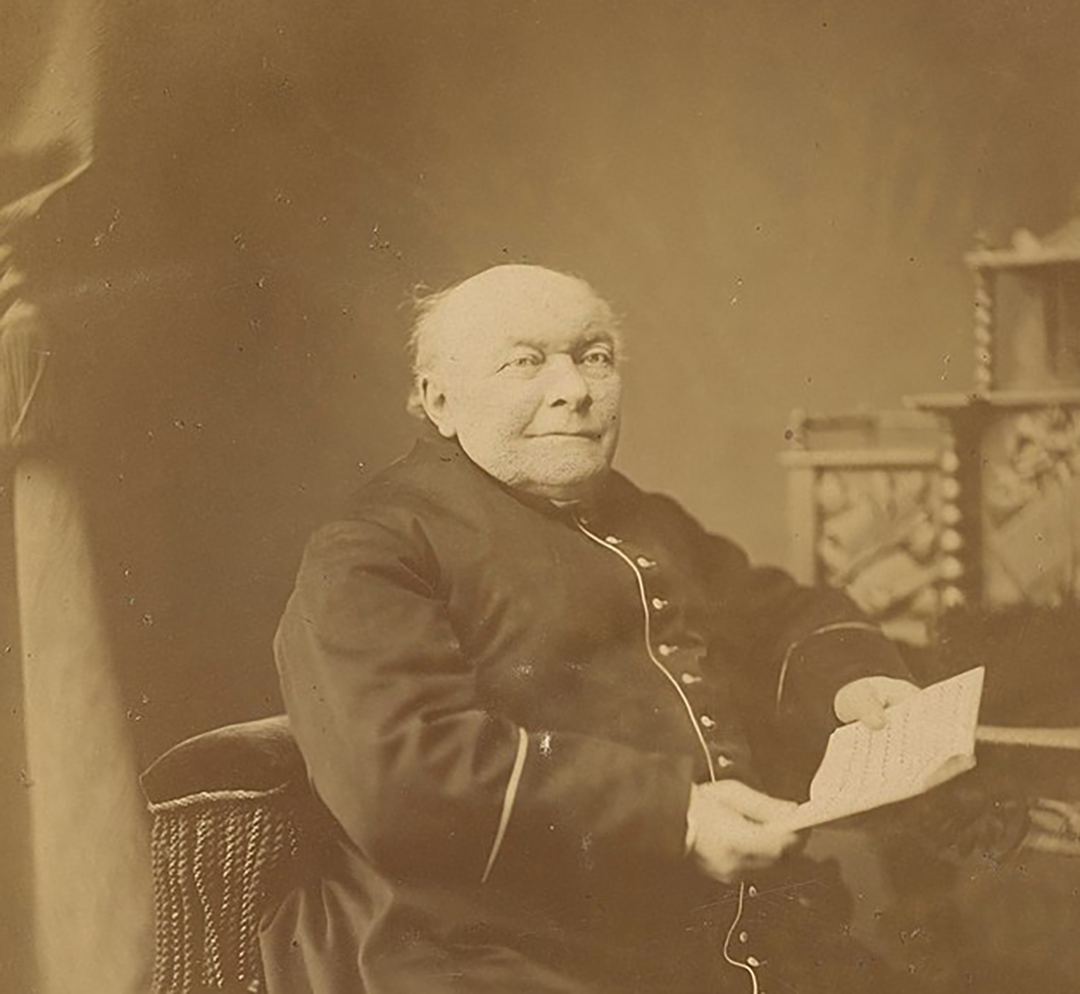
A figure with a multi-threaded history that covers both the November Uprising and the turbulent political times of the 19th century. After graduating from high school in Warsaw, he fought as an artillery NCO in the November Uprising, after which he emigrated to France. In Paris, he was not only a law student, but also an active participant in cultural life, maintaining contacts with outstanding figures of Polish Romanticism. His life became complicated after the death of his wife, after which he began his theological studies in Rome. After being ordained a priest, he became a parish priest in Krzywiń, but his life was far from peaceful pastoral service. Involved in political intrigues, he was arrested on charges of preparing an assassination attempt on Bismarck, which was one of many episodes of his turbulent life. His contribution to Polish culture and literature is undeniable, as he was one of the fathers of Polish positivism and a propagator of the idea of organic work. His death in Venice on the way back to Poland was even recorded by The Times. He was buried in the cathedral in Poznań, leaving behind a lasting legacy in the history of Poland.
Karol Libelt
1807-1875
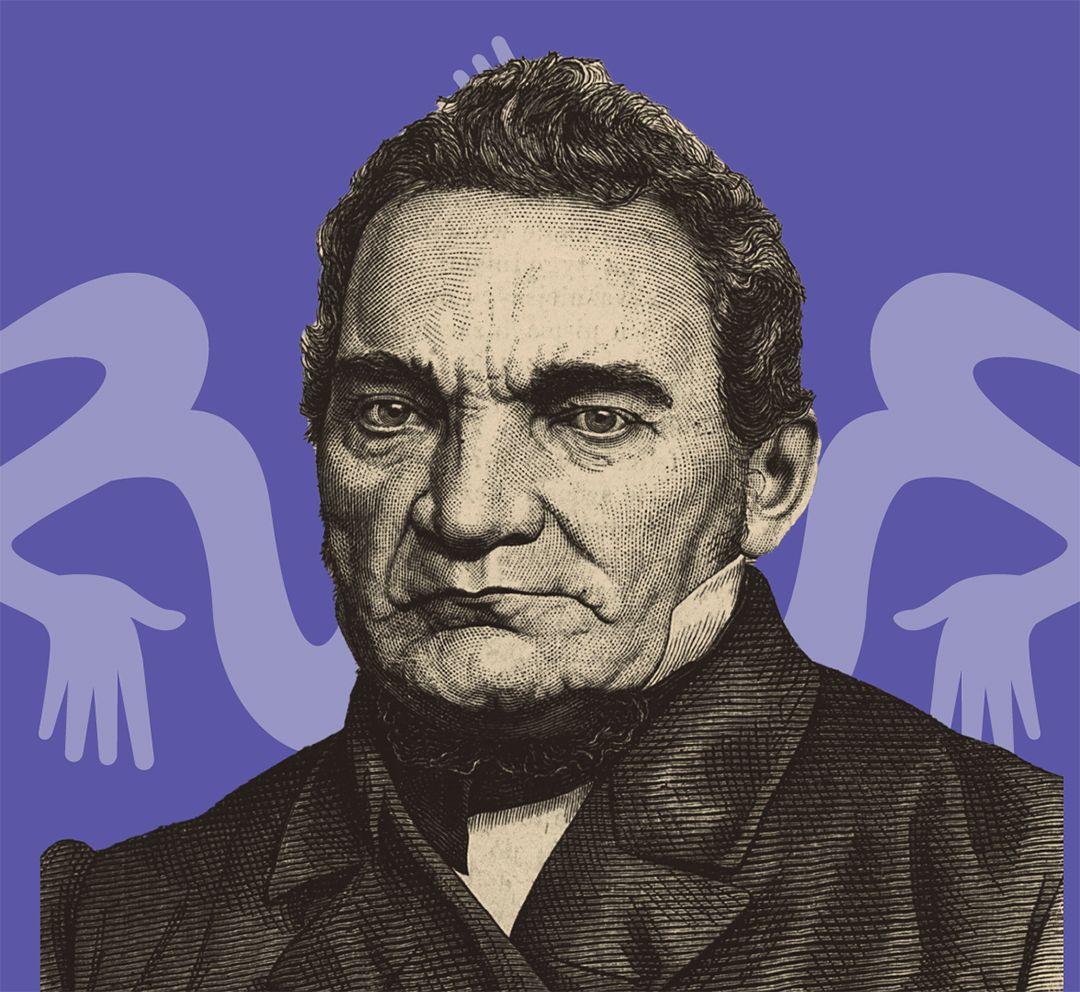
Philosopher and political activist. He attended the Saint Mary Magdalene High School in Poznań, and then studied philosophy, mathematical and natural sciences and classical philology in Berlin. Participant in the November Uprising, activist in the Scientific Help Society, and during the Spring of Nations, member of the National Committee. In the years 1868-1875 he was the president of the Poznań Society of Friends of Learning. He engaged in journalistic, scientific and political activities. In his philosophical works he tried to reconcile various ideas aiming to create a system of national philosophy.
Karol Marcinkowski
1800-1846
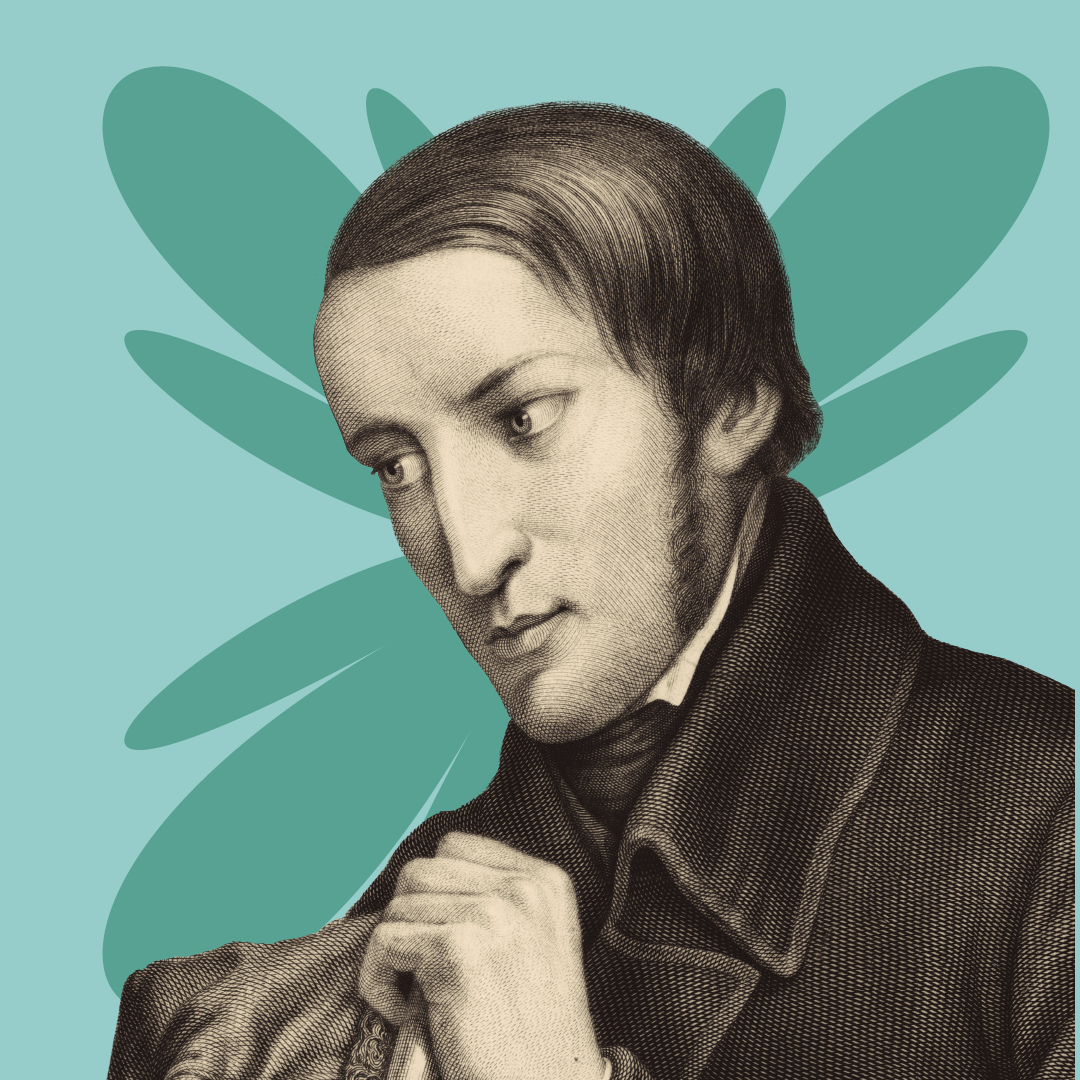
Doctor, national and social activist, chief advocate of the idea of organic work. He studied medicine in Berlin, and in the years 1823-1830 he practiced privately as a surgeon, a gynaecologist and an obstetrician. He also studied in Scotland and France. In 1838, he initiated the construction of the Poznań Bazaar, and then headed the Scientific Help Society. He founded the Society for the Support of the Poor and the Helpless in Poznań and was also a member of the City Council. Over time, he became the ideological leader of the Greater Poland organic work heroes. His selfless activity gained him authority and recognition among the people of Greater Poland and the Prussian authorities.
Teofil Matecki
1810-1886
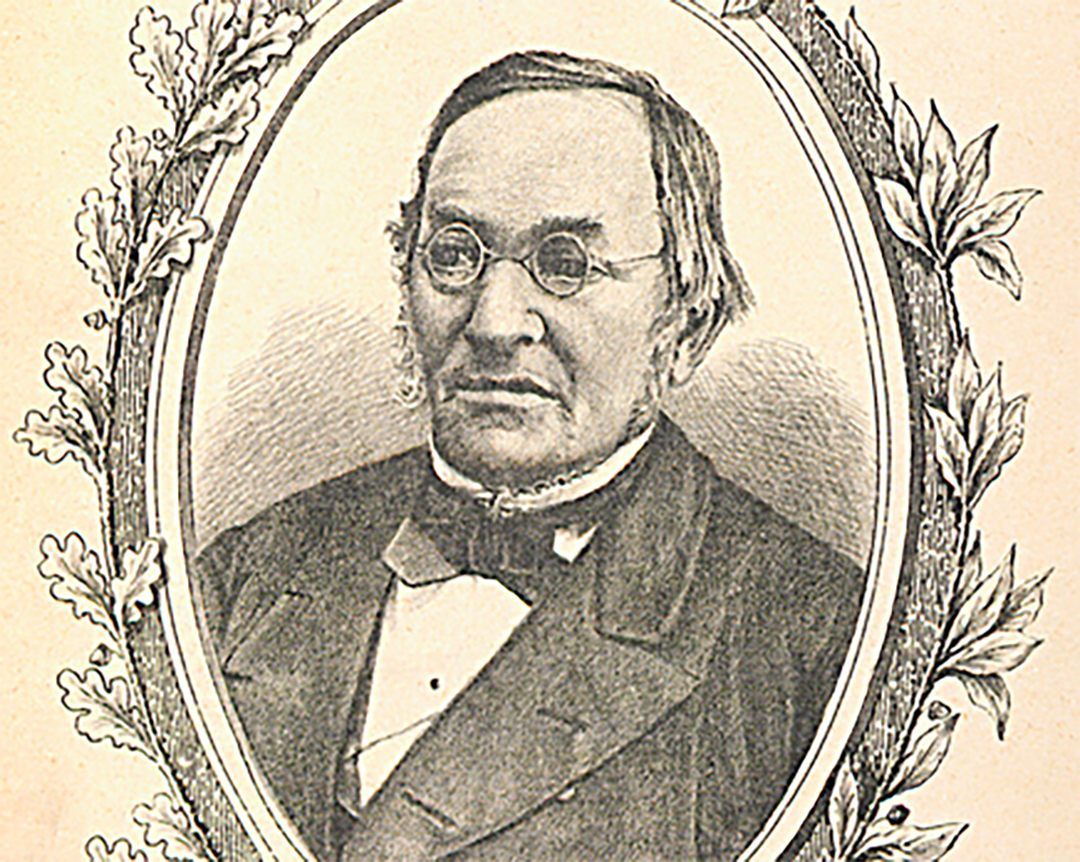
Doctor, social activist and publicist. Graduate of the Saint Mary Magdalene High School in Poznań. He participated in the November Uprising, was active in organizations: the Slavic Literary Society, was a co-founder of the Poznań Society of Friends of Learning and chaired the Faculty of Natural Sciences and the Faculty of Medicine. He distinguished himself in fighting cholera and worked in Poznań hospitals.
Maciej Mielżyński
1869-1944
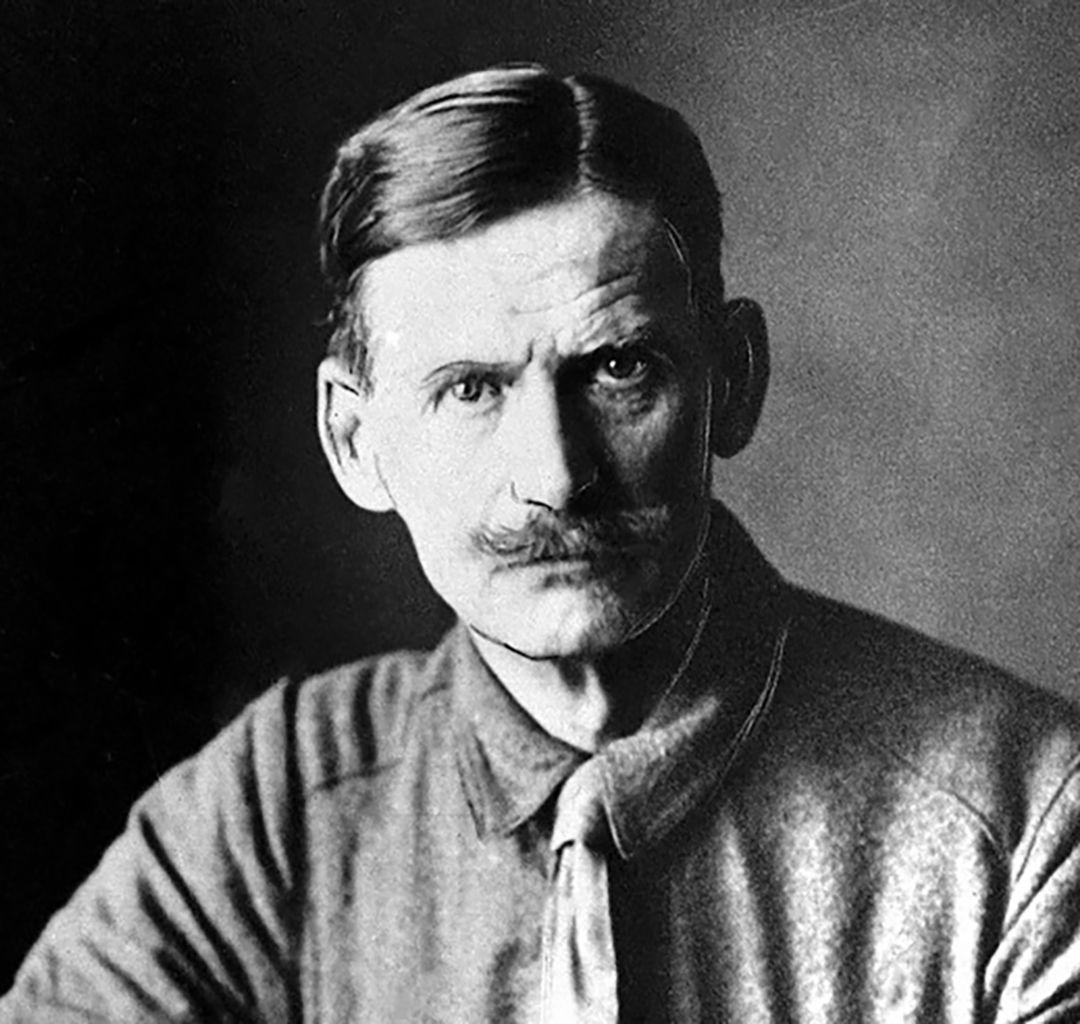
Social and political activist. He was educated in Berlin schools. He fought in the November Uprising and later in the Lithuanian campaign. Together with Karol Marcinkowski, he became involved in organic work, co-creating the Poznań Bazaar and the Scientific Help Society. In 1842, he headed the Theatre Care, which applied for the creation of a national stage in Poznań. He became a member of the National Committee and sat in the Prussian Sejm as president of the Polish Circle. He worked for the development of Polish agriculture.
Seweryn Mielżynski
1804-1872
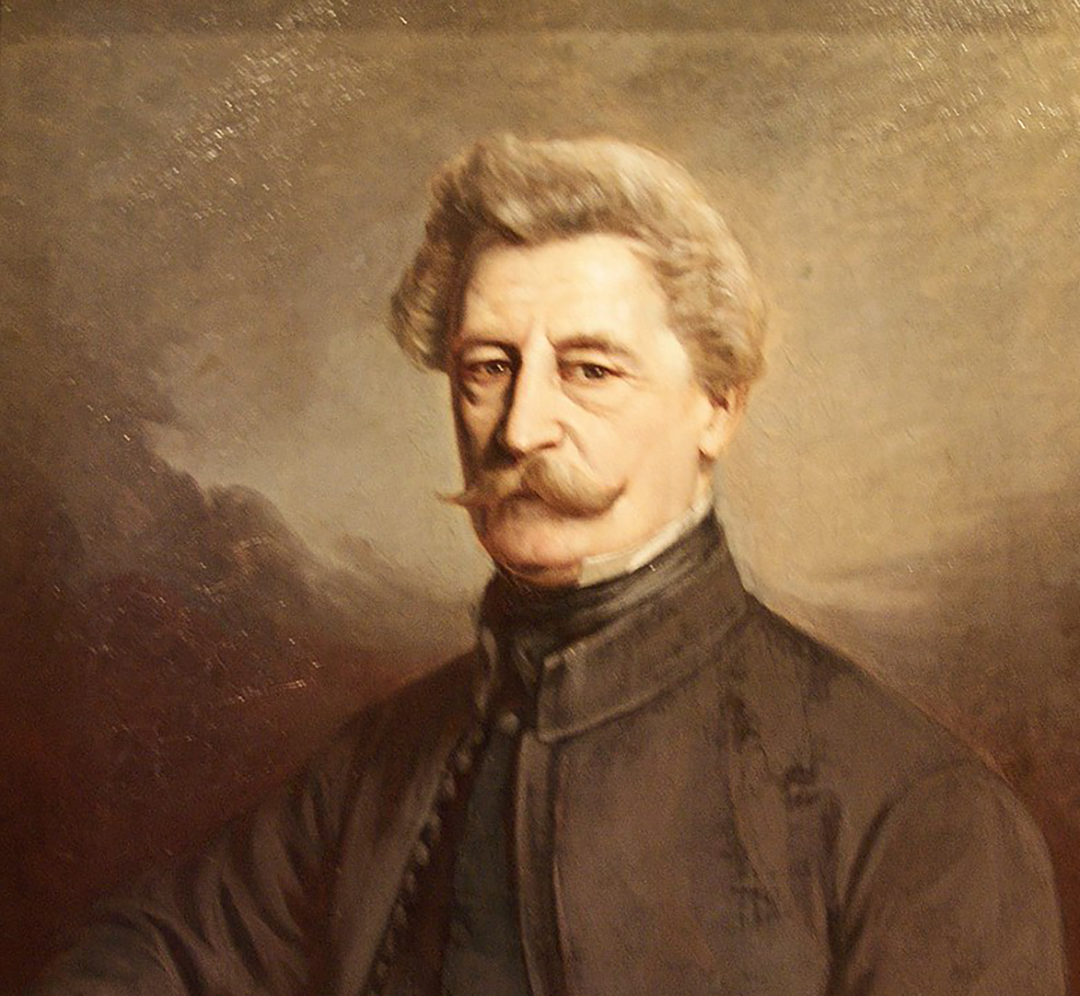
Social and political activist, painter and art collector. He was educated in Berlin and Geneva, studying, among others, painting. He participated in the November Uprising and the Lithuanian campaign. He was a member of the Polish Democratic Society, co-founder of the Poznań Bazaar, a member of the National Committee and the Polish League, and after withdrawing from political life, becoming involved in the activities of the Poznań Society of Friends of Learning. He hosted many outstanding writers, painters and musicians at his estate in Miłosław. At the end of his life, he donated his private collection to the Society.
Wanda Modlibowska
1909-2001
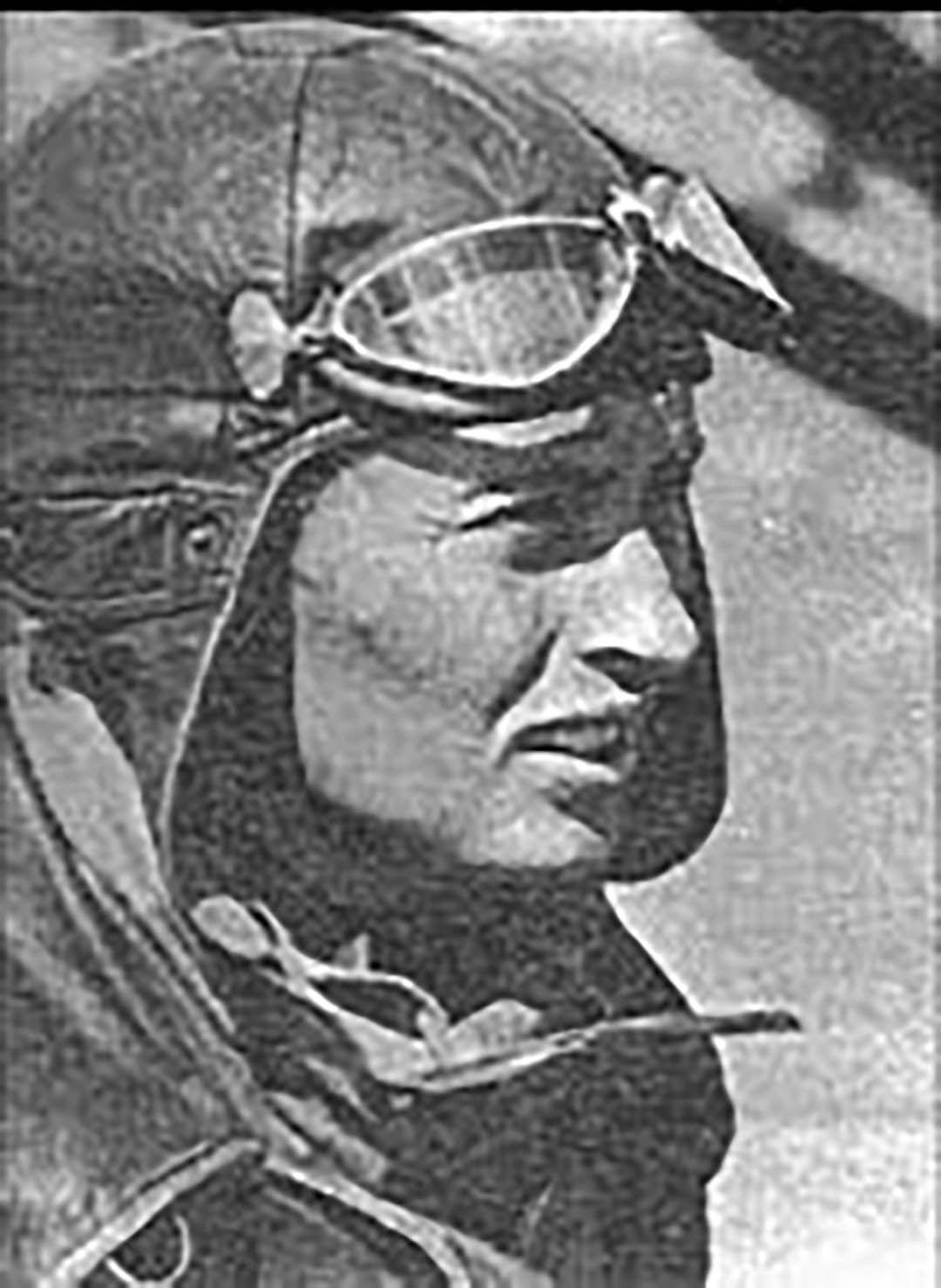
From 1923 to 1924 she attended a school run by the Sisters of the Sacred Heart in Polska Wieś near Pobiedziska. She completed her secondary education at the Queen Jadwiga Grammar School in Poznań, graduating in 1929. She continued her education by studying at the Faculty of Chemistry at the University of Poznań, graduating in 1937 with a Master's degree in Inorganic Chemistry. In 1930 she joined the Poznań Aeroclub, where a year later she received training on the Hanriot H.28 aircraft. She was instrumental in setting up a gliding section. She was the first woman pilot in the Poznań Aeroclub with the category A. In the autumn, in Bezmiechowa, she obtained the official categories B, C and C. On 13-14 May 1937, in Bezmiechowa, in a glider Komar bis No. 422 designed by Antoni Kocjan, she set a women's world record for the longest flight of 24 hours and 14 minutes, beating the previous record by 10 hours. This was the first and only pre-war world record in gliding achieved by a person of Polish nationality. It was also a Polish record for both men and women. She set four more Polish records in 1937. She was the first Polish woman to be awarded the 354th FAI Silver Gliding Badge in the world and the 54th in Poland, she was twice honoured by the Minister of Communications and in 1939 she was awarded the Silver Cross of Merit. In September 1939 she was second lieutenant in a staff squadron. During the military operations in September 1939, she made 6 liaison flights in an RWD-13 aircraft. On the orders of General Władysław Sikorski, she was called to France, where the Polish Army was being formed. She underwent special training in cryptology. In May 1940, together with three Home Army couriers, she returned by land to Warsaw to take up a post in the Polish Government Delegation for Poland. During the Warsaw Uprising she took part in the fighting as a Home Army soldier. She proved to be an excellent organiser, ensuring that the necessary documentation was always available despite the difficult conditions. For this she was awarded the Cross of Valour. After the capitulation of the uprising, she remained in the transit camp at Pruszków. Together with the office of the delegation, she then moved to Milanowek, where she was secretly arrested by the NKVD on 4 March 1945. She was first imprisoned in Włochy, near Warsaw, and then in a special NKVD camp in Rembertów. She was beaten and tortured during interrogations. Finally she was sent to Berezovka, near the Urals, where she worked in appalling conditions lumbering and building dams. In November 1945 she was released and taken to Brzeźć with a transport of Polish and German women. Unable to find accommodation in the destroyed capital, she moved to Poznan From 1946 to 1948, she worked as a gliding instructor at the Poznań Aeroclub - she contributed to its reactivation. At the end of 1948, in a wave of political "verification", she was expelled from the club. By that time she had flown 738 hours in gliders and 1123 hours in aeroplanes. In the academic year 1948/1949, she was an assistant at the Department of Analytical Chemistry at the Adam Mickiewicz University in Poznań. On 17 July 1949, she was unjustly arrested in Świnoujście on suspicion of attempting to cross the border and sentenced to 18 months' imprisonment. In 1956, after the October thaw, she became a member of the Senior Aviation Club in Warsaw. G. Skorupski, W służbie ojczyzny. Wanda Modlibowska „Halszka”, „Życie Gostynia” 2001, nr 32, 7.
Julia Molińska-Woykowska
1816-1851
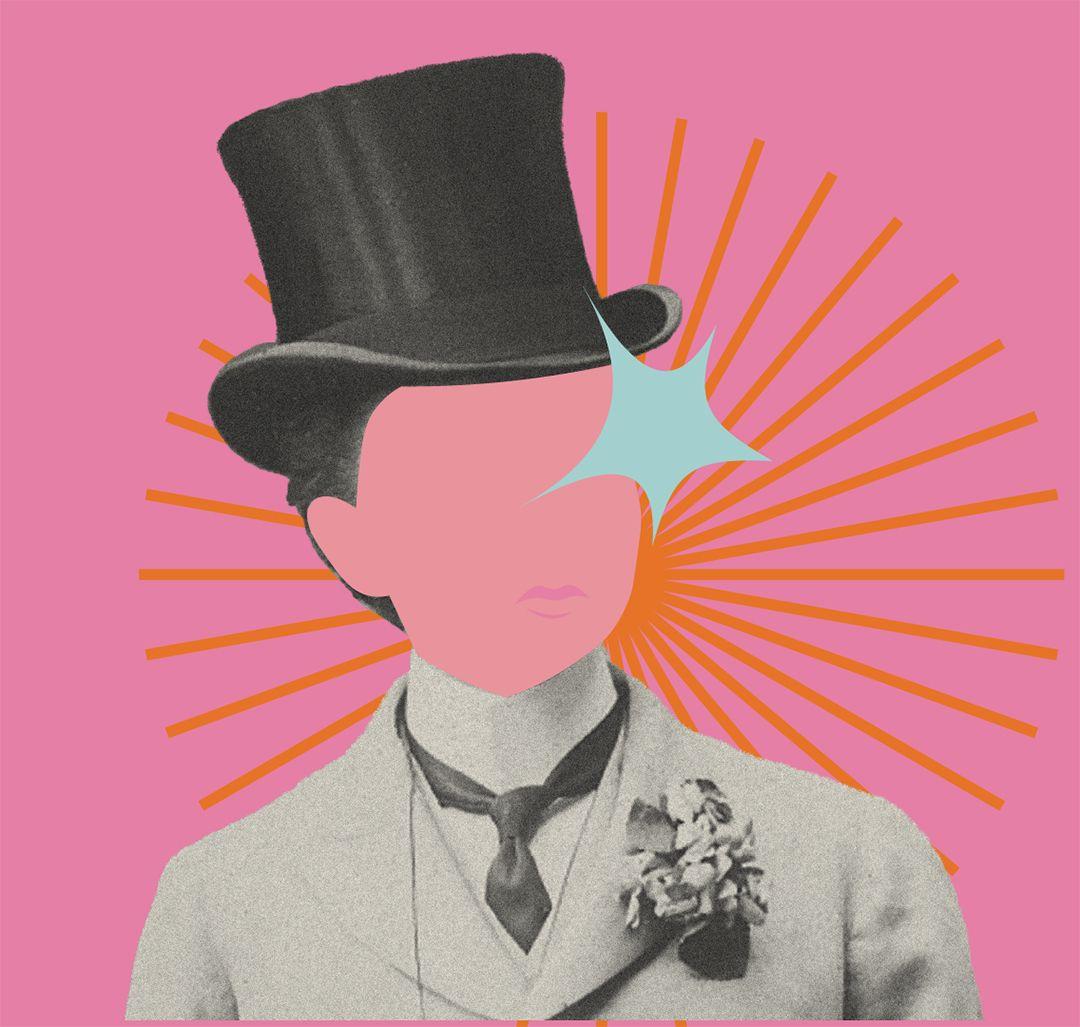
Called crazy by some and criticized by others for her independence and radical views. Founder of the first innovative school for women in Poland, which taught mathematics, geography and natural sciences – subjects then-reserved only for men. Together with her husband Antoni Woykowski, she published Tygodnik Literacki (“Literary Weekly”), which published works spreading the ideas of a free Poland. While accusing the heroes of organic work of cooperation with the Prussian government and elitism, she also contributed to building Polish culture and identity, creating its society from scratch.
Marceli Motty
1818-1898
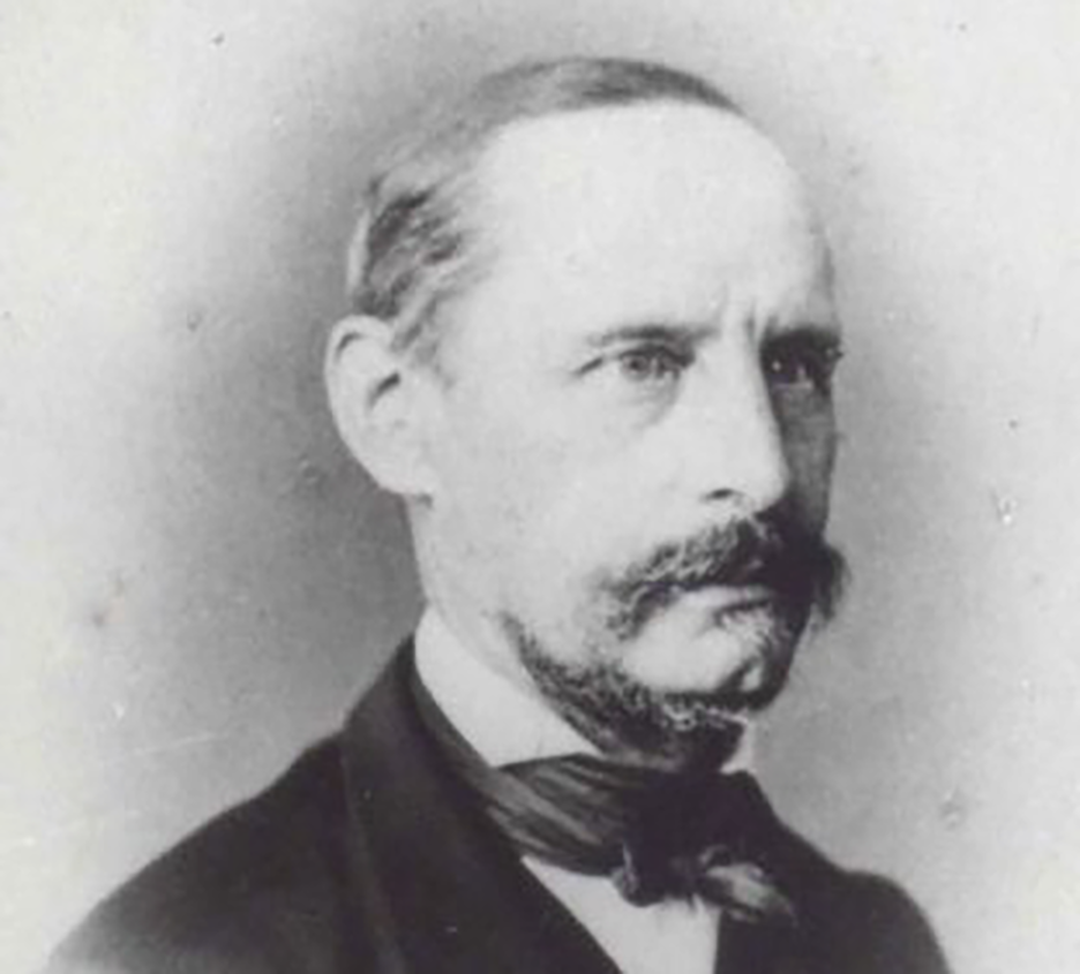
Philologist, teacher, columnist and social activist. He was a student at the Saint Mary Magdalene High School in Poznań, studied classical philology and philosophy in Berlin, and furthered his education in Paris. He worked in Poznań schools and was also socially active, among others, in the Scientific Help Society and the Poznań Society of Friends of Learning. He was engaged in scientific work in the discipline of classical philology. He published his works in Dziennik Poznański (“Poznań Daily”)
Jędrzej Moraczewski
1802-1855
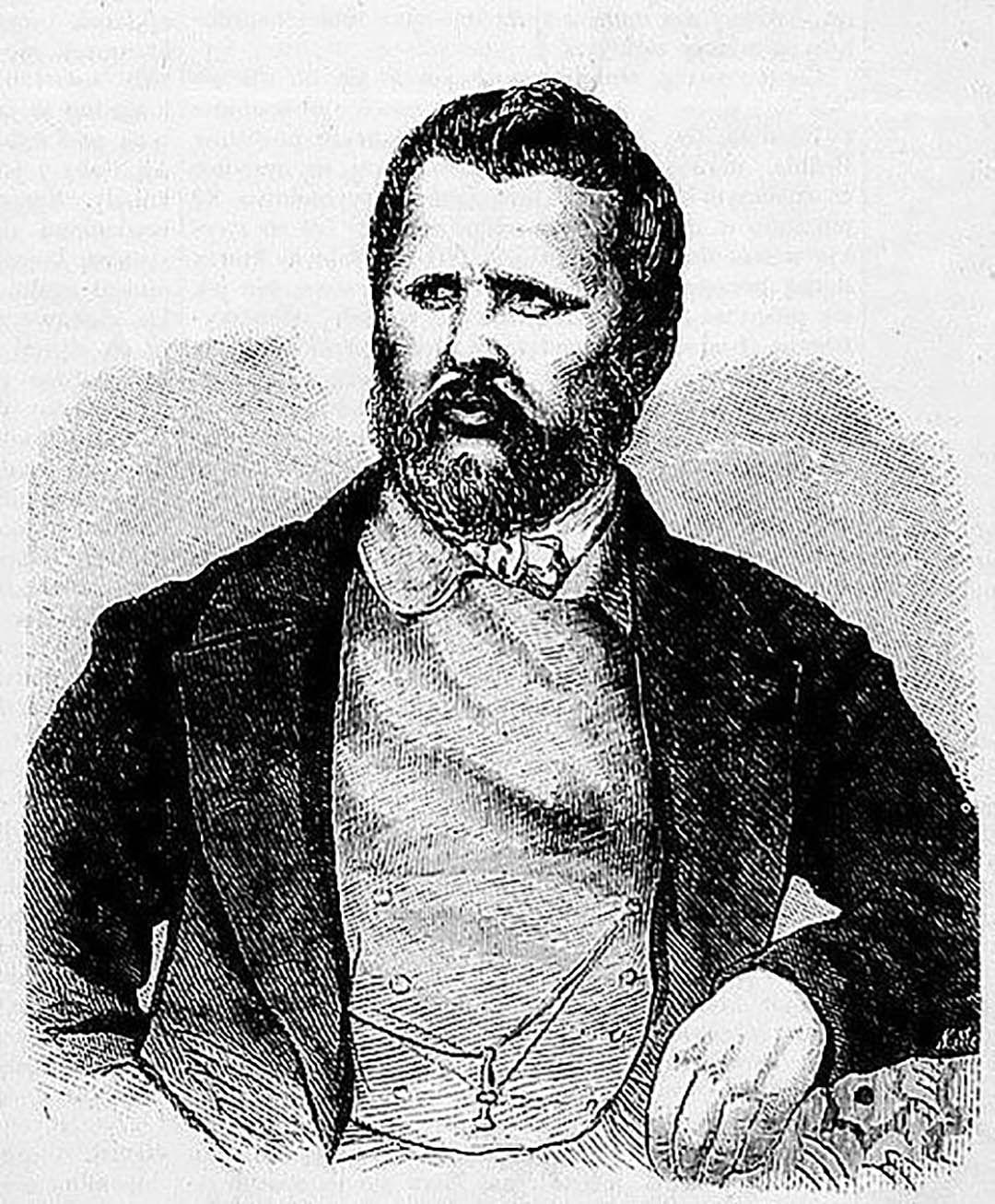
He studied first in Poznań, and between 1816 and 1822 at the provincial school in Kalisz. He then studied at the Universities of Leipzig and Heidelberg, and in 1829 was awarded the title of Master of Laws. He served his apprenticeship in the commission for internal affairs of the referendary Adam Tomasz Chłędowski, at the same time cooperating with the "Dziennik Powszechny Krajowy", which he edited. For the Library of Latin Classics, published by Edward Raczyński, he translated the Elegies and Poems of Albius Tibull from the original and provided a commentary. After the outbreak of the November Uprising, he travelled on a semi-official mission to Saxony, Bavaria and the Palatinate, campaigning for the Polish cause in progressive literary circles. On his return to Warsaw, he enlisted as a private in the Sandomierz Rifle Customs Regiment. He served successively under Wojciech Chrzanowski and Samuel Różycki and fought at Lubartów, Kock, Firlej, Leipzig and Iłża. He settled on a farm in Zielątków in the then Obornice district. He undertook a number of social activities, organising "archaeological cabinets" in the district casernes in Gniezno, Szamotuły, Gostyn, Raszków, and encouraging the landed gentry to collect national memorabilia. From 1838 he was a member of the board of the casino in Szamotuły. In 1839 he tried to unite the work of the casinos in Gostyn and Gniezno. Also from 1838 he published articles popularising historical knowledge in the Literary Weekly. In 1840 Moraczewski sold Zielątkowo and bought a tenement house in Poznań (32 Berlińska St.), where he settled with his sister Bibianna. Together with Napoleon Kamieński, he opened a bookshop and publishing house in the Old Market Square (where he published, among others, the memoirs of F. Karpiński). Together with Karol Libelt and Karol Marcinkowski, he joined the authorities of the Society for Scientific Aid and the Poznañ Casino, and participated in efforts to establish the Agricultural Society. On 20 March 1848, Moraczewski was elected to the National Committee in Poznañ. On 29 April 1848 he went on a mission to the Pleszew camp and the next day took part in the battle of Miłosław. A. Rudzińska, Jędrzej Moraczewski (1802-1855) – historyk, publicysta, działacz społeczny, „Nowa Gazeta Gostyń-ska” 2011, nr 3, s. 12, 13.
Kajetan Morawski
1817-1880
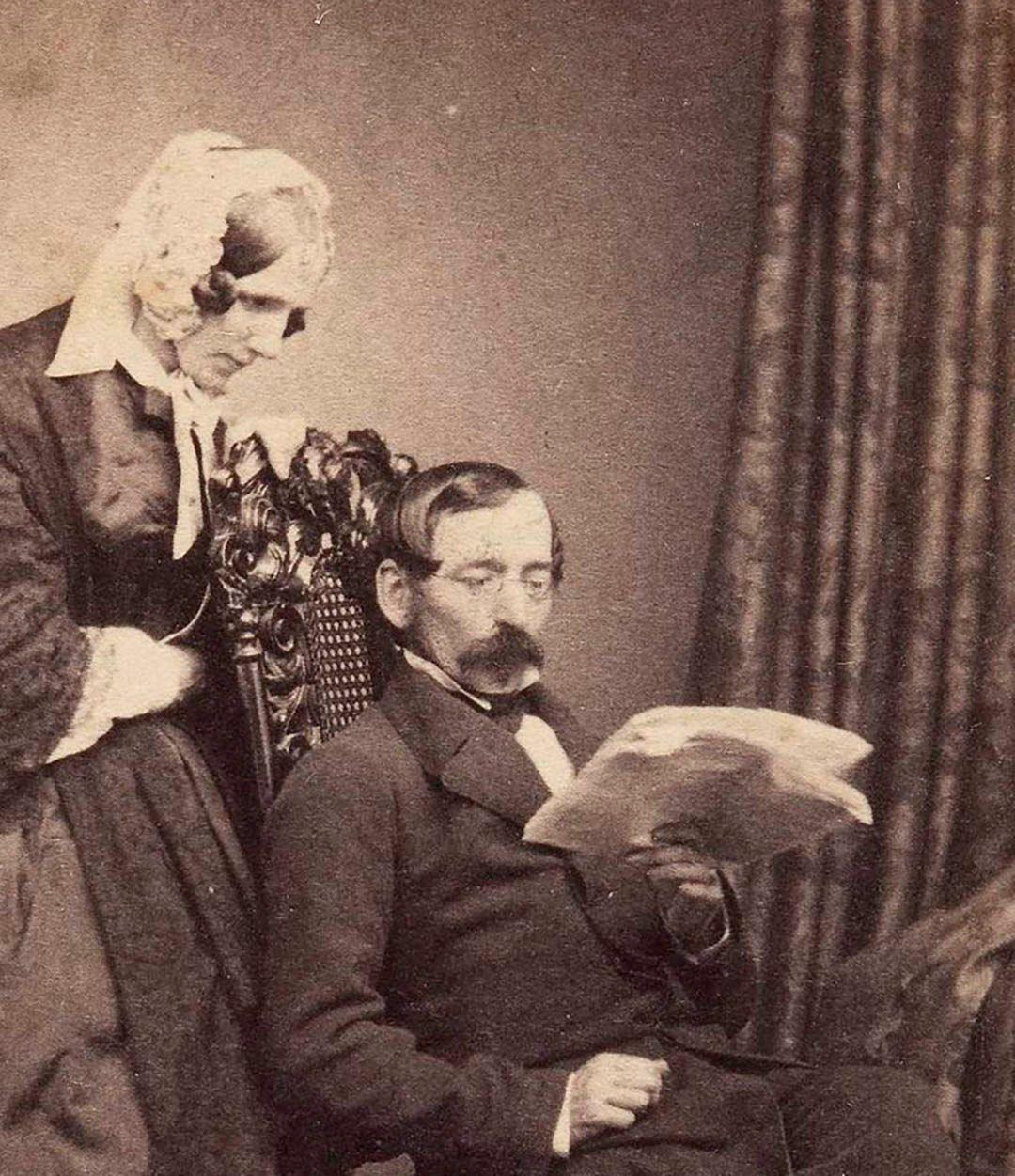
He was educated in Breslau, Berlin and Munich. He did not complete his studies for health reasons. However, he travelled through the Prussian partition, the Kingdom of Poland, Volhynia and Podolia. He continued his journey eastwards, reaching Odesa and Constantinople, and on his return visited Rome and Italy. There he became involved with the newly formed Resurrectionist congregation. In 1841 he married Józefa Łempicka and acquired the Jurkowo estate near Krzywinia. He was a scholar and a bibliophile, which is reflected in the rich collection of books in Jurkowo. He sat in the Prussian Parliament. He was a member of the Society of the Friends of Science in Poznañ. He was in close contact with Father Karol Antoniewicz, Maurice Mann, Father Aleksander Prusinowski, Father Kajetan Kajsiewicz and especially with Father Jan Koźmian. For the latter, he arranged for a monument dedicated to Koźmian to be erected in the Poznań Cathedral. He initiated a number of Catholic meetings. He was a correspondent of "Czas" and cooperated with "Przegląd Poznański" and "Kurier Poznański". He was one of the main representatives of Ultramontanism. In parliament he fought to weaken anticlerical laws and to maintain the primacy of the Pope in matters of secular government.
Zofia Morawska
1904-2010
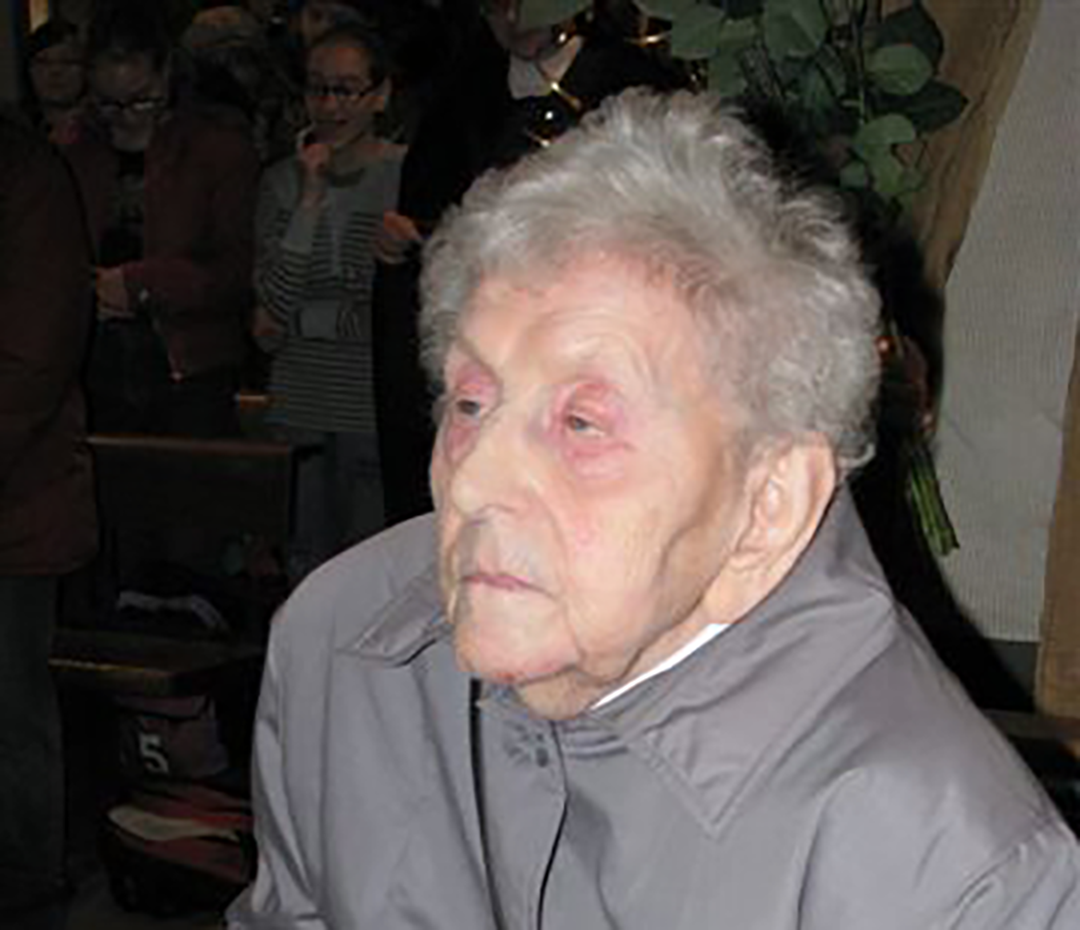
was an outstanding social activist, devoting her life to helping the blind and the visually impaired. She was born in Turew and educated in Kraków, completing pedagogical studies at the Jagiellonian University. After her father's death in 1925, she moved to Warsaw, where she became involved in the activities of the Society for the Care of the Blind in Laski. There, she worked as an administrator, took care of the Society's finances, organizing support through workshops, community centres, individual and medical care. Zofia was awarded the Order of the White Eagle, the Albert Schweitzer Award, the Polish Episcopal Foundation Award and the Order of the Star of Italian Solidarity, 3rd class. She died on the 15th of October 2010, leaving a lasting mark on the hearts and memories of those whose lives she touched. Zofia Morawska was buried at the cemetery in Laski – a place that witnessed her countless good deeds.
Wanda Niegolewska
1877-1970
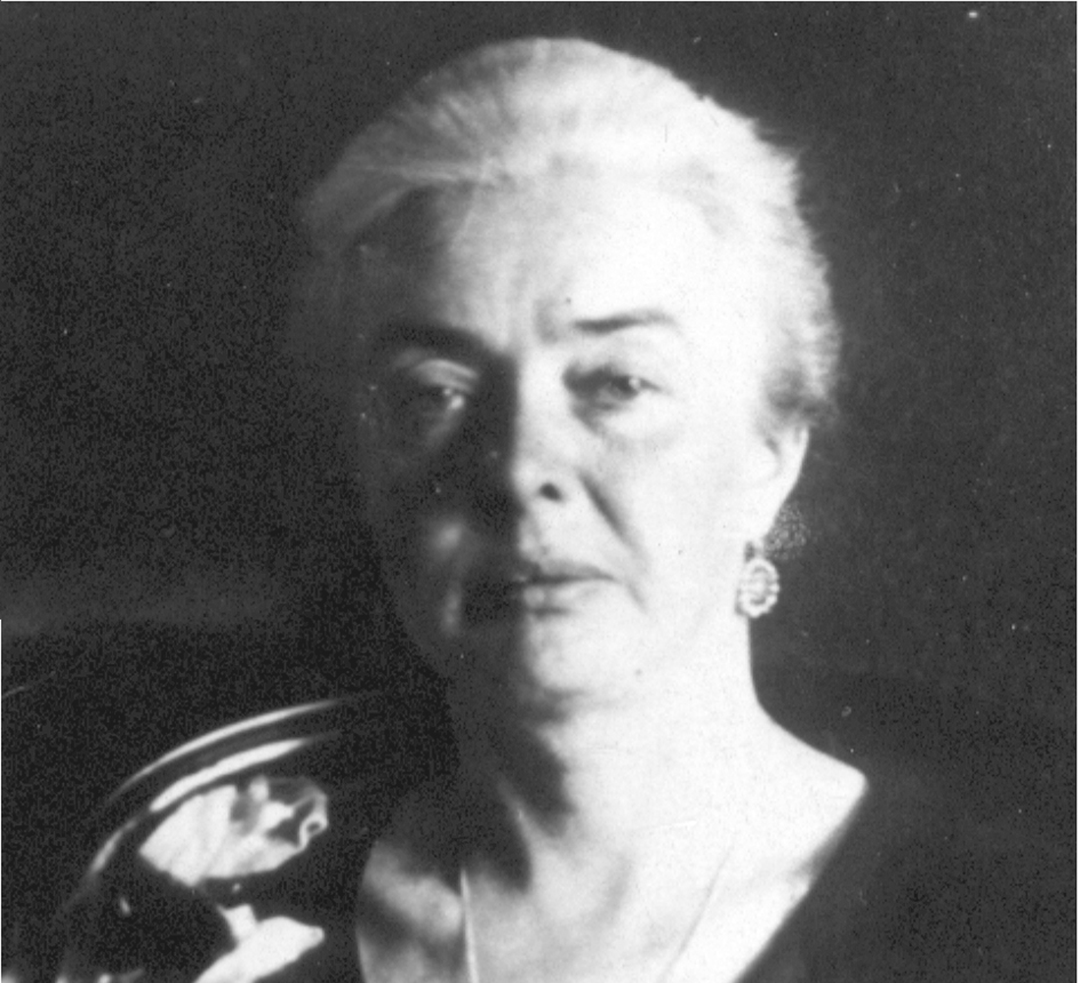
She managed two estates: one in Niegolewo and one in Myjomice, where she ran vegetable gardens, apiaries and palace parks. During the partitions, she secretly taught rural children and organized amateur theatre for young people. Her educational activities among local communities focused, among other things, on teaching the principles of hygiene and healthy eating, but also practical ways of establishing home gardens with vegetables and herbs. She created and paid for an orphanage for peasant children. As a delegate to the Poznań District Parliament, she actively participated in the Greater Poland Uprising, supporting hospitals and providing food. After the war, she founded the Association of Peasant Women of Greater Poland and was a member of the Chamber of Agriculture in Poznań.
Feliks Nowowiejski
1877-1946
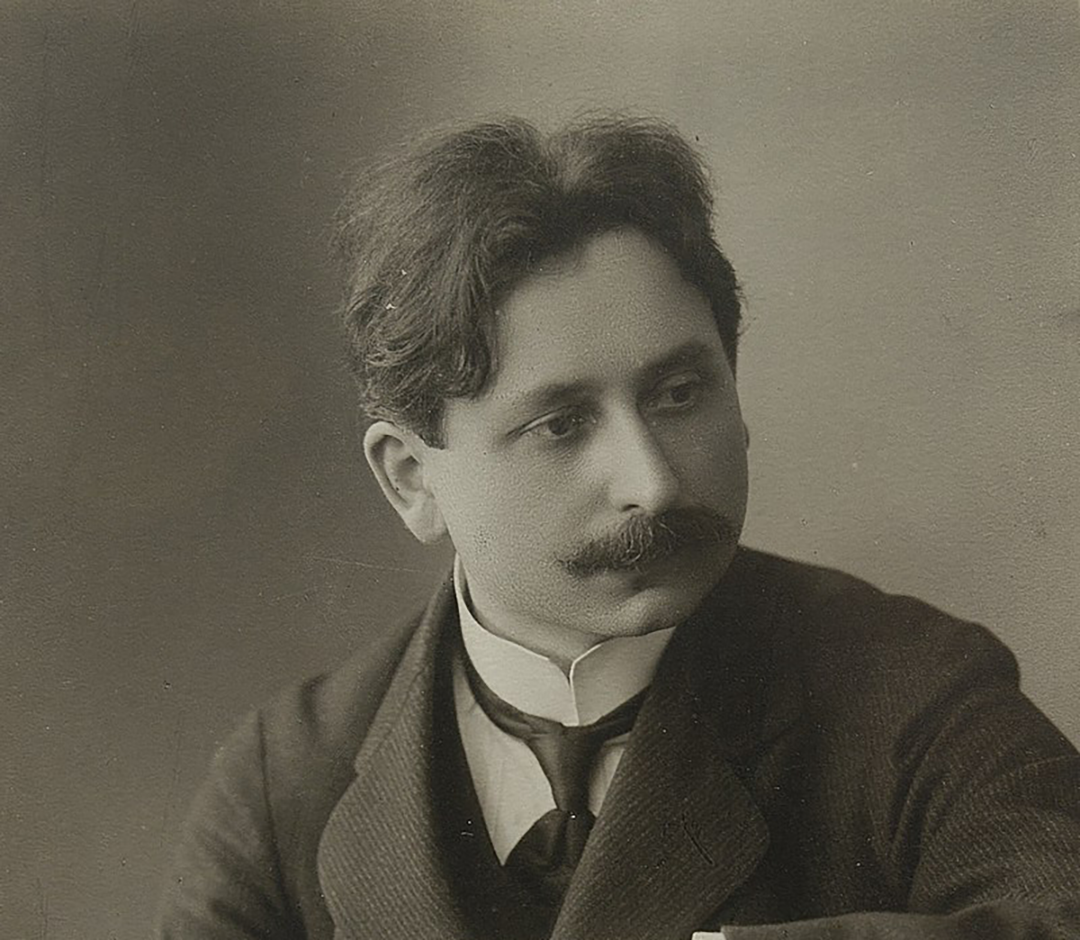
Composer, conductor, organist and teacher. He studied in Berlin and was the artistic director of the Kraków Music Society. In 1919, he settled in Poznań, where he was engaged in composing and musical activities. He integrated the local musical community, was the organizer and director of Poznań choirs, as well as singing meetings during which he coordinated the performances of mixed choirs. He practiced almost all forms of instrumental music. He composed the Rota's music to the lyrics by Maria Konopnicka.
Klaudyna Potocka
1801-1836
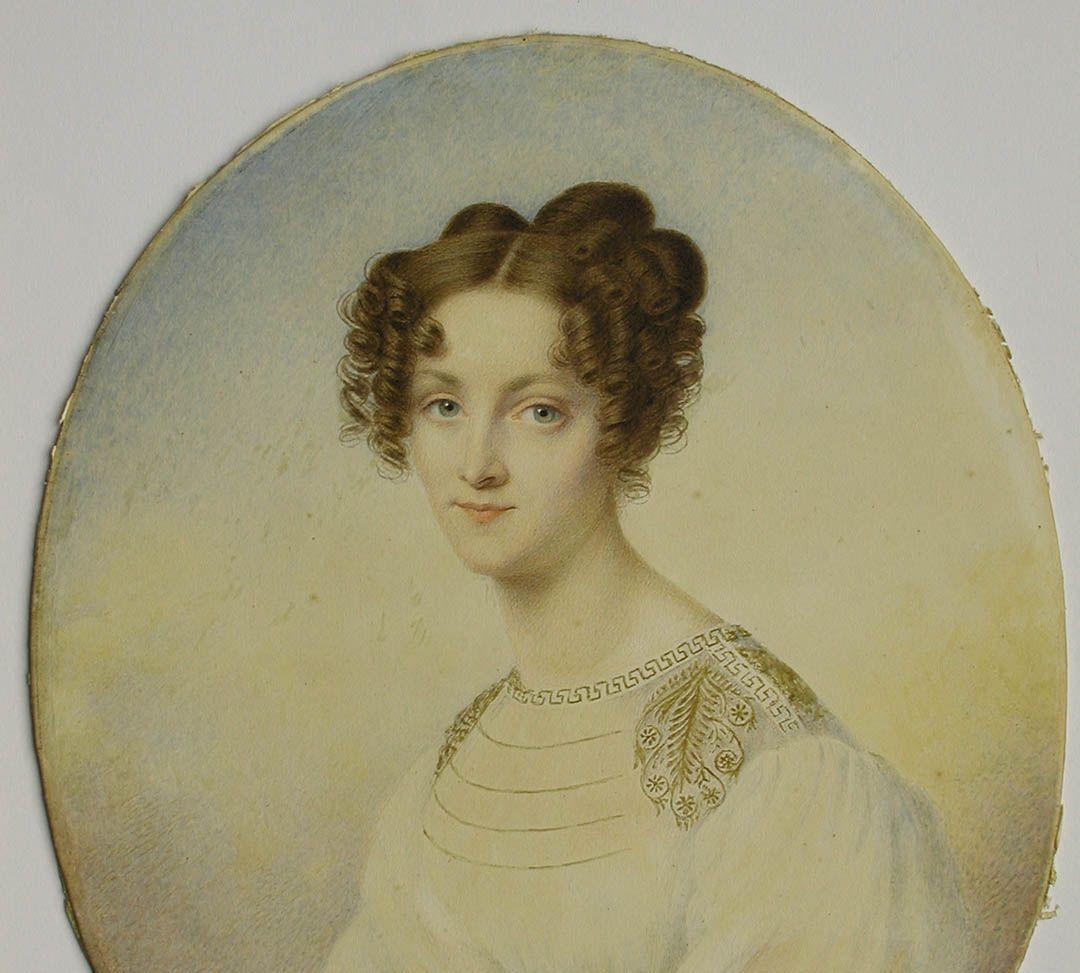
Patriot and social activist. She studied in Konarzewo near Poznań and later in Paris. She participated in the November Uprising, organizing help and caring for the wounded, establishing infirmaries and working in hospitals. In Dresden, she founded the Polish Ladies' Charity Committee, providing care for immigrants. She organized concerts and literary evenings. Emigrants, including Adam Mickiewicz, called her the "Guardian Angel" of emigrants. She is held up as an example of a Polish patriot.
Gustaw Potworowski
1800-1860
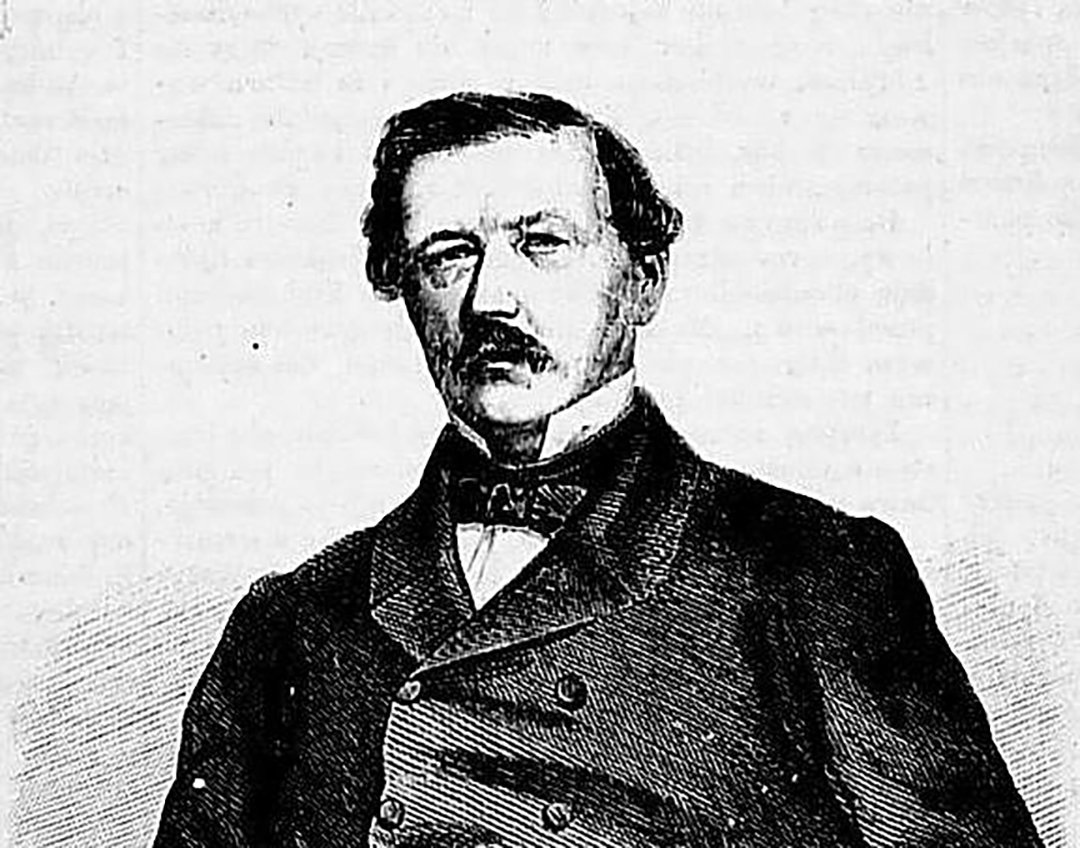
Political and economic activist. He was educated in Poznań and Warsaw, and later in Bonn, Heidelberg and Berlin, listening to lectures on law, political science and cameralism. He participated in the November Uprising. While living in Gola near Gostyń, he engaged in economic and socio-political activities, creating the Gostyń Casino – an economic, educational and charitable association. He contributed to the founding of the Poznań Bazaar and the Scientific Help Society. He was extremely dedicated in patriotic and social activities, enjoying great authority among the people of Greater Poland.
Edward Raczyński
1786-1845
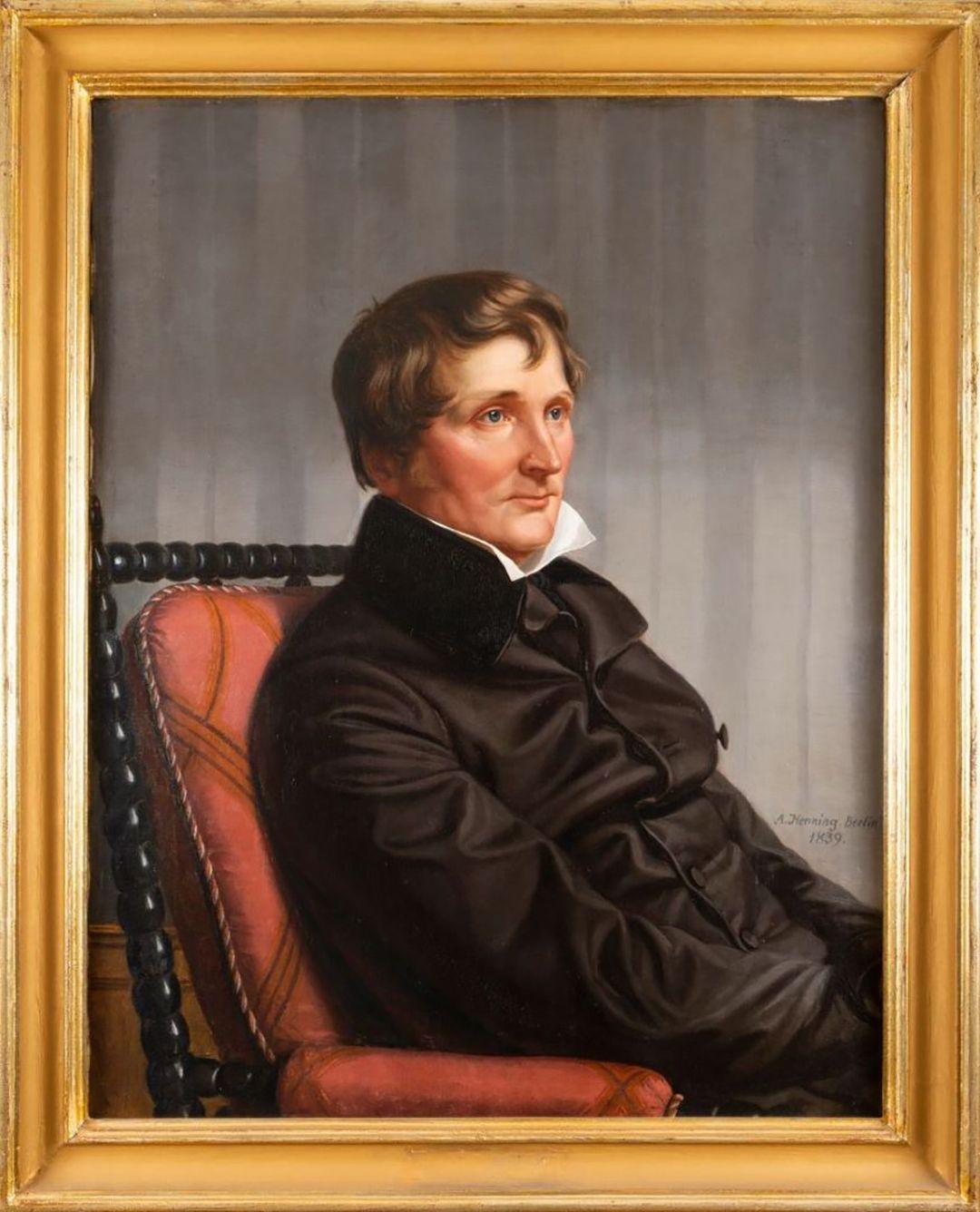
Social activist, patron and benefactor. Edward Raczyński and his activities in Poznań show the unusual face of work for the nation, which, according to him, consisted in the initiatives of the individual, not of the whole. Raczyński took all his actions independently and on his own, without consulting any existing societies. Despite this, his most famous foundation serves the city's inhabitants to this day. From the moment it was opened on the 5th of May 1829, the Raczyński Library had a public character, defined in the statute by Raczyński himself. The aim of the facility was to make the collections available to the entire society, regardless of gender, age or wealth. It was here that the Poznań Society of Friends of Learning had its headquarters in the initial period of its existence. Raczyński also supported initiatives aimed at solving municipal problems in the city. He funded a water pipeline for Poznań, initially leading to the outlet of Wilhelmowska Alley, and then to Długa Street.
Roger Maurycy Raczyński
1820-1864
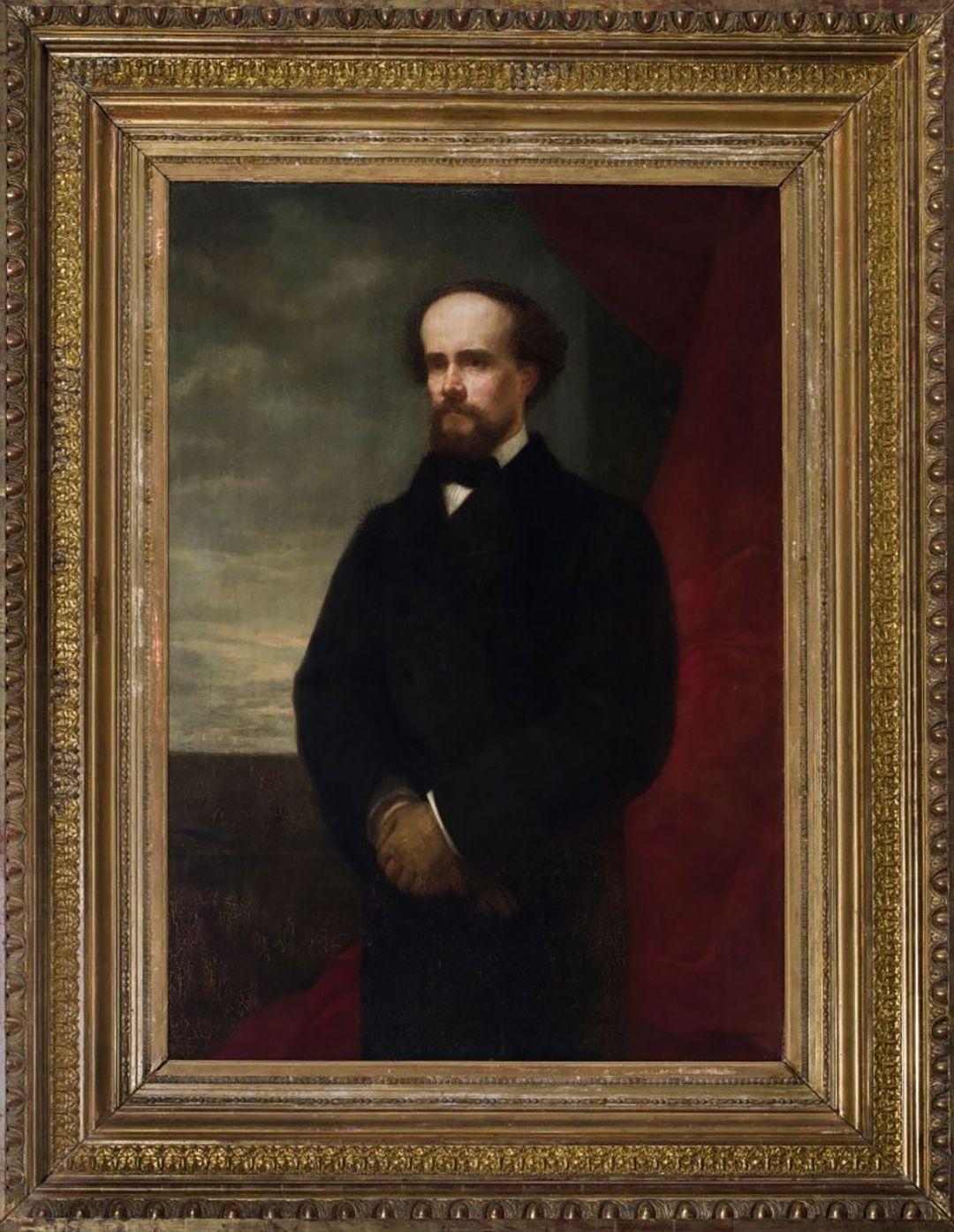
Political and social activist, philosopher, writer and philanthropist. He studied law, philosophy and history at the University of Berlin and then travelled throughout Europe. He was one of the founders of the Poznań Society of Friends of Science, a generous benefactor of the Scientific Aid Society and the Polish School in Paris (the so-called Batignolles School). Roger was close to positivist ideas; he built a modern distillery on his estate in Rogalin around 1856. After the failure of the January Uprising, which he generously supported, including financing the purchase of arms, he was forced to emigr
Edward Aleksander Raczyński
1847-1926
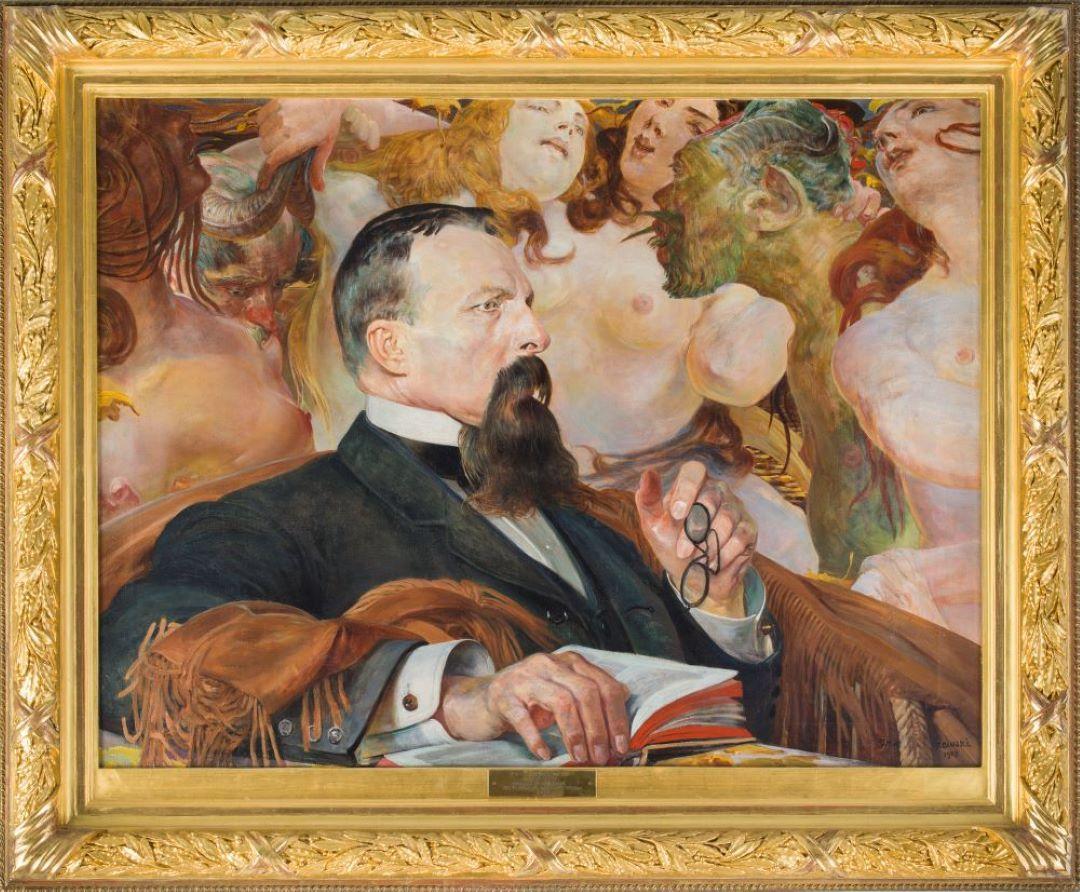
Soldier, traveller, collector and connoisseur. After studying law in Paris, he travelled around Europe, fought as a papal soldier at Mentana and later fought alongside the French against the Prussians. In the following years he travelled far and wide, including Indochina and Chile. On his return to Poland he married Maria Beatrix Krasińska, and after her imminent death he married Róża née Potocka 1 v. Krasińska, and they settled permanently in Rogalin. At that time, Edward Aleksander began to acquire works of European painting from the turn of the 19th and 20th centuries. In the course of almost half a century he built up a collection of almost 500 paintings, which he acquired personally at annual exhibitions in Paris, Munich and elsewhere. In 1910 he built a gallery in Rogalin to house the entire collection, which he opened to the public. Raczyński was not only a consummate collector and connoisseur, serving as president of the Society of Friends of Fine Arts in Krakow for over a quarter of a century, but also a patron who supported artists and encouraged their work. During a major renovation of the Rogalin Palace by Edward Aleksander and Rose in the 1890s, a painter's room and studio were set up in the guest wing and used by, among others, Michał Gostkin Wywiórski, Leon Wyczółkowski and Jacek Malczewski.
Helena Rzepecka
1863-1916
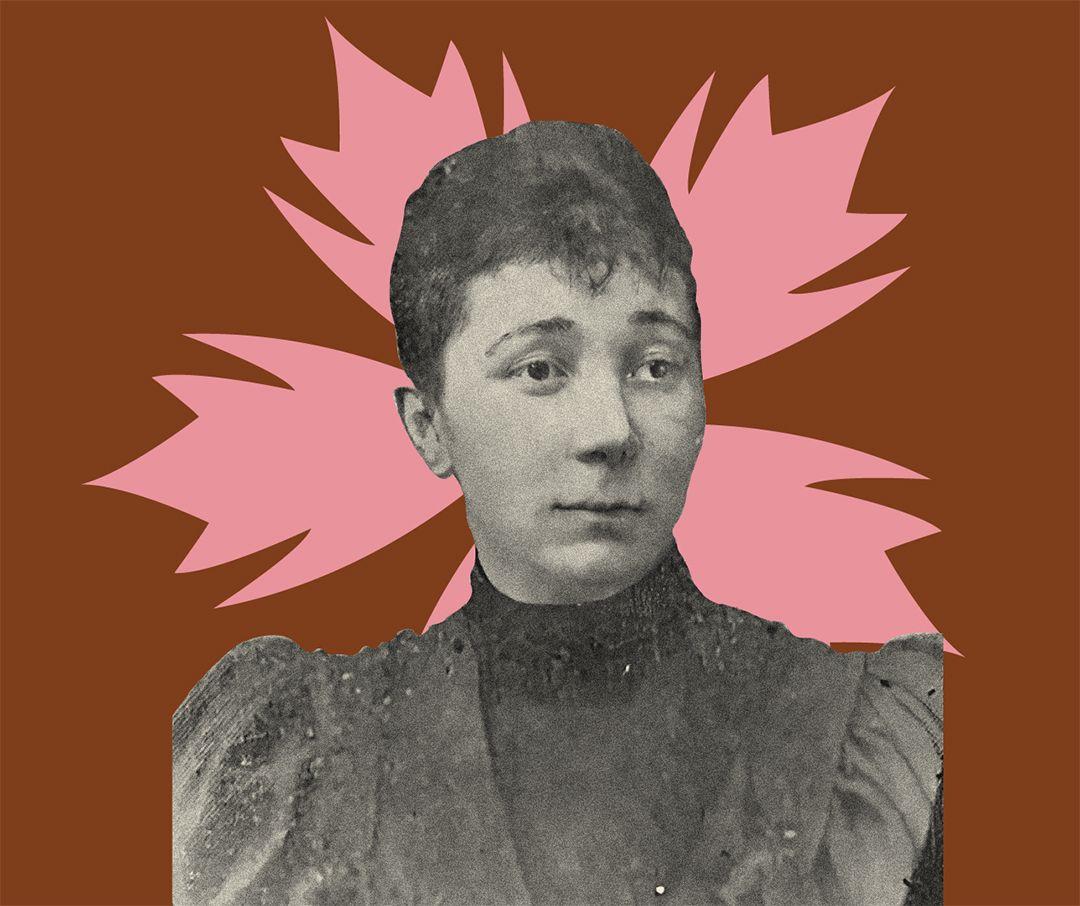
Activist, social activist. As one of the first women to belong to the National League. She co-edited Goniec Wielkopolski (“Greater Poland Herald”), a magazine bought by the League, supporting organic work and opposing the policy of partition, Germanization and Russification. Member of the secret Tomasz Zan Society in Poznań. Additionally, meetings of “Zet”, a secret union of Polish youth, were held in her apartment. She belonged to the "Warta" society, where she gave lectures on Polish literature and history. She is also the author of Ojczyzna w piśmie i pomnikach ("Homeland in writing and monuments").
Tomasz Skorupka
1862-1935
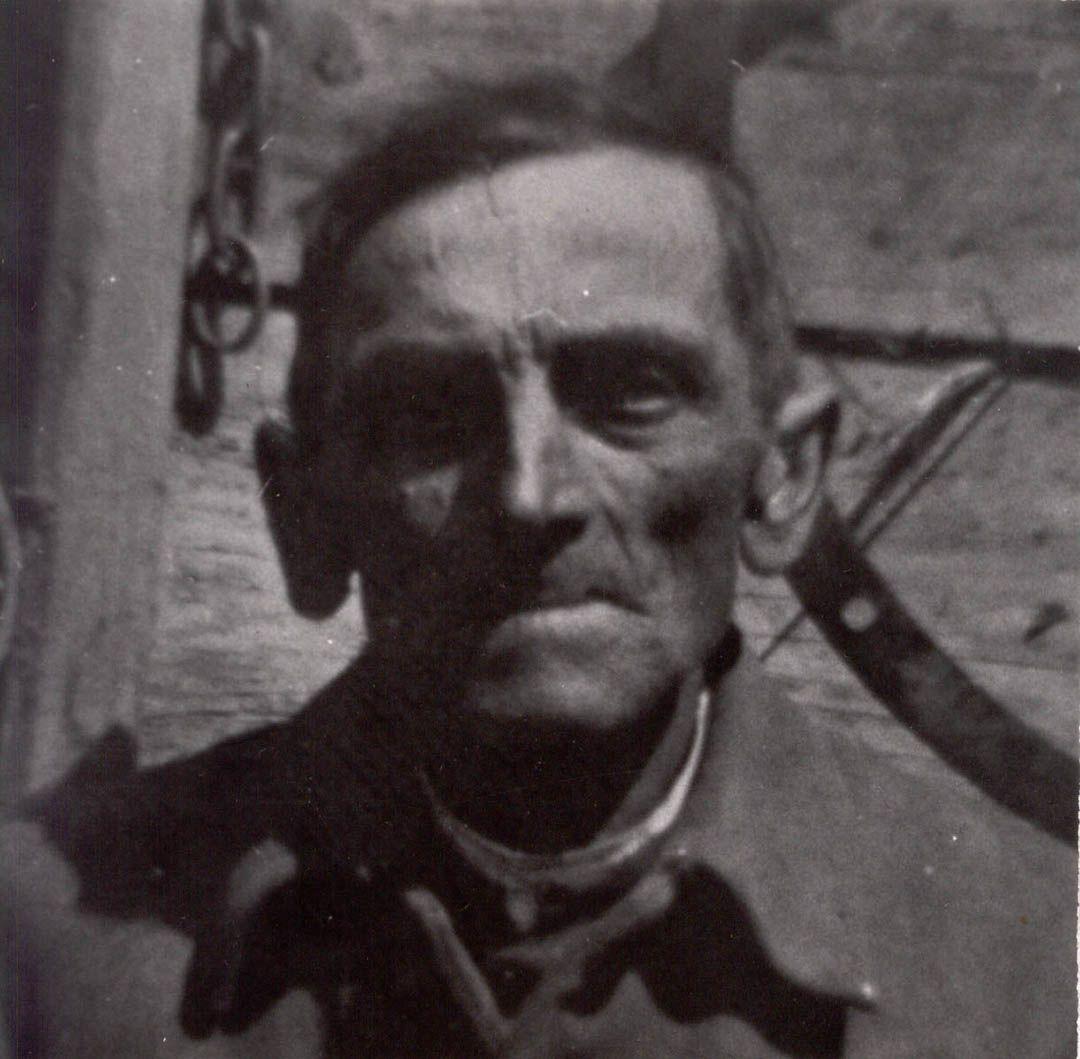
He came from a farming family that had lived in his home village for several centuries. He graduated from the local elementary school with distinction in 1876. He was an exemplary farmer on a 15-acre farm. He was passionate about his work and was an extremely hardworking and resourceful farmer. He often repeated the saying: "Whoever lives by the Obra, that's good". He was interested in the past of his immediate surroundings and knew by heart the relationships of his relatives and friends, the owners of nearby estates, the names of teachers and priests in nearby parishes, as well as events from his own experience and from conversations with older people. His phenomenal memory faithfully recorded the chronicle of the land on the Obra and Kania rivers. He also had a great talent for storytelling, which was evident in his notebook of farm records. At the instigation of his son Stanislaw, then an assistant in English at the University of Warsaw, he wrote his memoirs between 1933 and 1935, which he entitled 'Kto przy Obrze, temu dobrze'. The memoirs were kept in his son Stanislaw's flat in Warsaw for over thirty years before being published in Poznañ in 1967. The book was immediately acclaimed both at home and abroad. It became one of the classics of diary literature - the so-called Golden Series of peasant diaries in Poland. It contains invaluable material for researchers of folklore and regional history of the 19th and 20th centuries. W. Grzelczyk, Tomasz Skorupka, "Nowa Gazeta Gostyńska" 2003, no. 5, p. 31; no. 6, p. 27.
Emilia Sczaniecka
1804-1896
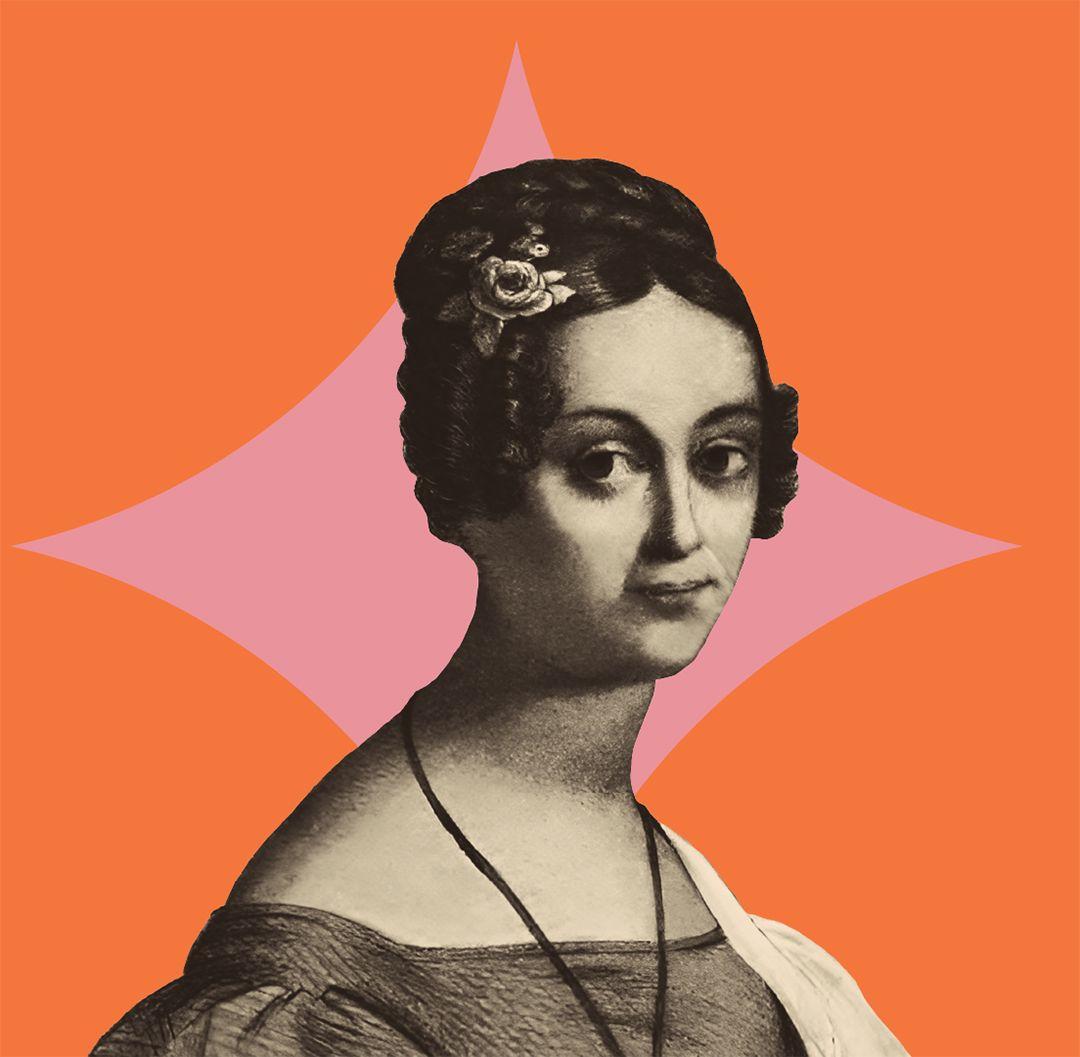
Patriotic and social activist, named one of the most outstanding figures of Greater Poland. She participated in national liberation uprisings and acted organically to support Polish education and culture. After the outbreak of the November Uprising, she headed the Women's Committee to Aid the Insurgents. She served as a nurse on the battlefield in field hospitals, the military hospital in Ujazdów and the Wola hospital. She organized the sanitary service in Poznań during the Spring of Nations and ran a hospital in the Działyński Palace on the Poznań market square. She created nursing courses for women in Poznań.
Zofia Sokolnicka
1878-1927
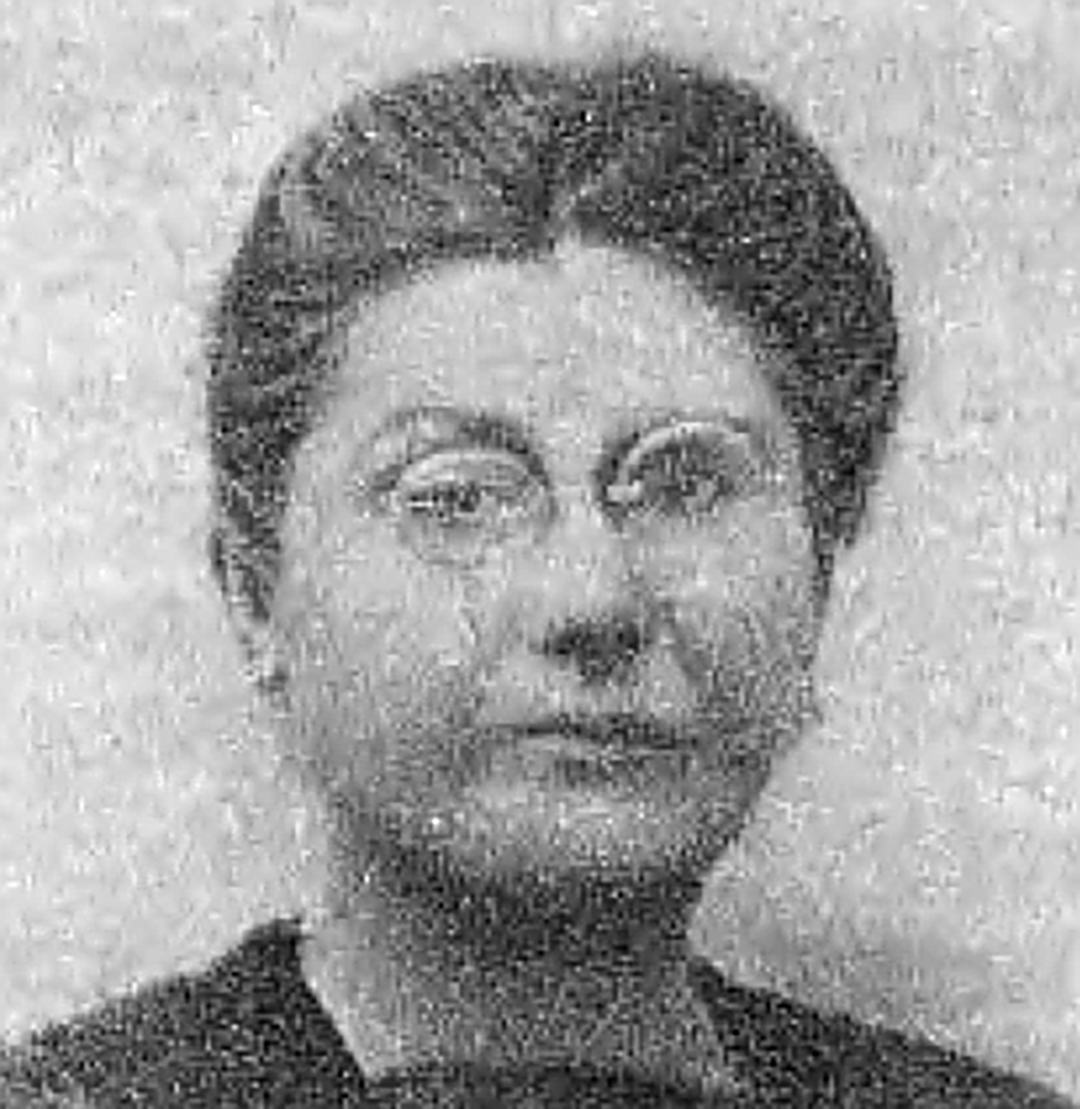
Patriotic and social activist, educator, politician. At a time when women could not receive higher education, so she educated herself, among others, as a student at the Jagiellonian University. A member of the Citizens' Committee, Supreme People's Council and representative of Poznań during the sessions of the Polish District Sejm in Poznań in December 1918. She became one of eight MPs in the first post-war parliament. Co-author of the textbook for teachers Jak uczyć dzieci czytać i pisać po polsku ("How to teach children to read and write in Polish").
Irena Stablewska
1864-1939
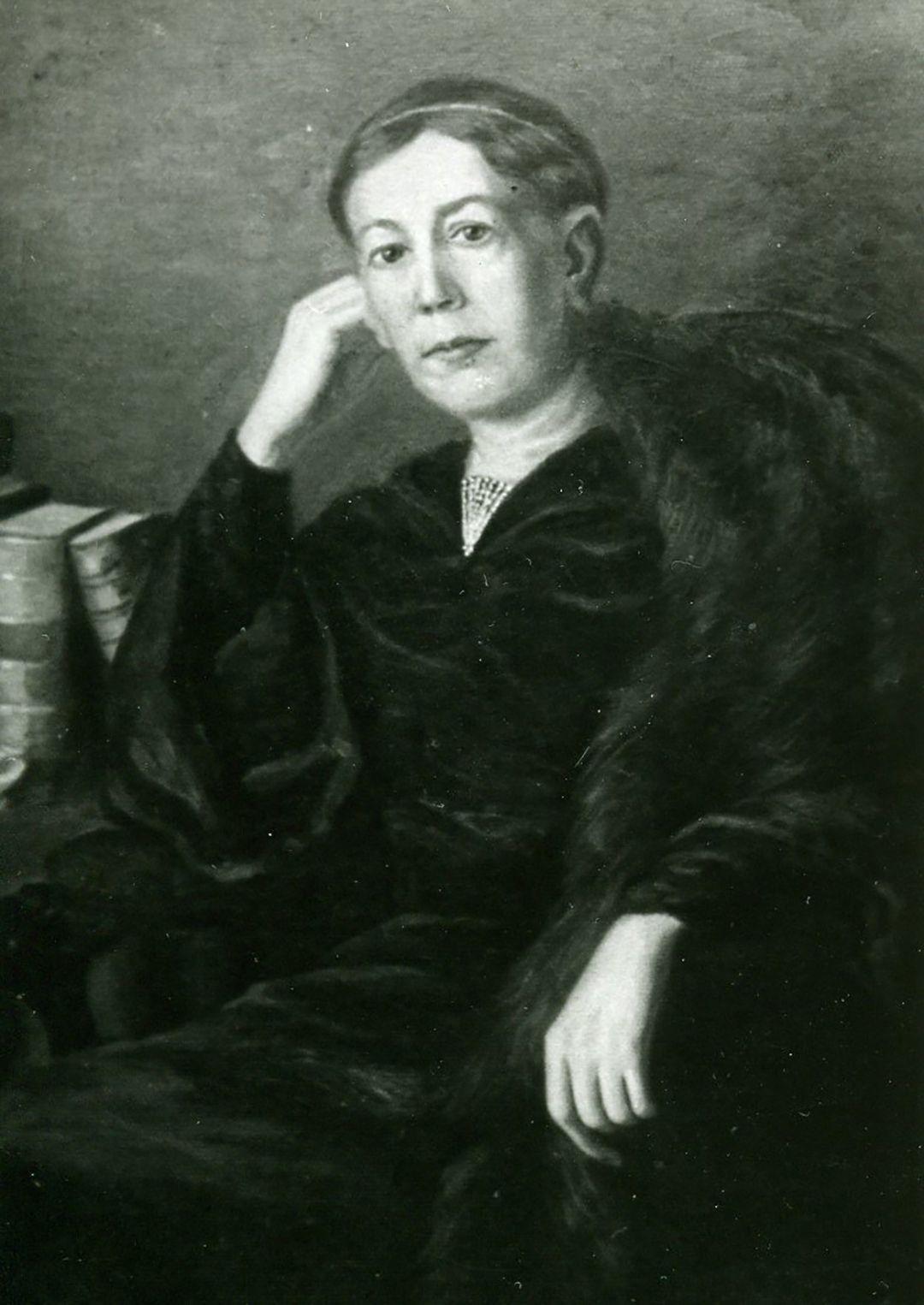
She was the daughter of Stanis³aw of the Oksza Coat of Arms (1832-1904) - the last Pole to hold the post of President of the Wielkopolska Provincial Assembly - and Stanis³awa, née Sczaniecka of the Ossoria Coat of Arms (1836-1922). After finishing school, she returned to her home town of Zalesie. Here she began her social, journalistic and literary activities. Among other things, she made close contact with Emilia Sczaniecka, her cousin's grandmother. A notable feature of Stablewska's work was her educational and charitable work among the rural population. In the 1880s she travelled with her father to Berlin, Vienna, Innsbruck and Trieste. By then she was already writing poetry and prose. The praise that her poem "Różyczka, czyli dramat w Zakopanem" (Poznañ, 1893) received in her social circle made her decide to take up writing. She took part in the Gostynin Women's Congresses, gave readings in the Women's Reading Room, wrote dramatic pictures for the local stage and collaborated with the local press. After Poland regained its independence, she joined the Professional Union of Polish Writers. In her literary work there was a simplified dichotomous division of the world: Catholicism, patriotism, socialism, fighting for the defence of Poland were the characteristics of the landed gentry; disregard for tradition, extravagance, lack of responsibility for the country, godlessness, leftism were the negative characteristics of other circles. A. Rudzińska, Irena Kazimiera Stablewska (1864-1939), "Nowa Gazeta Gostyńska" 2011, no. 16, pp. 23, 25.
Teofila Szołdrska-Potulicka née Działyńska
1715-1790
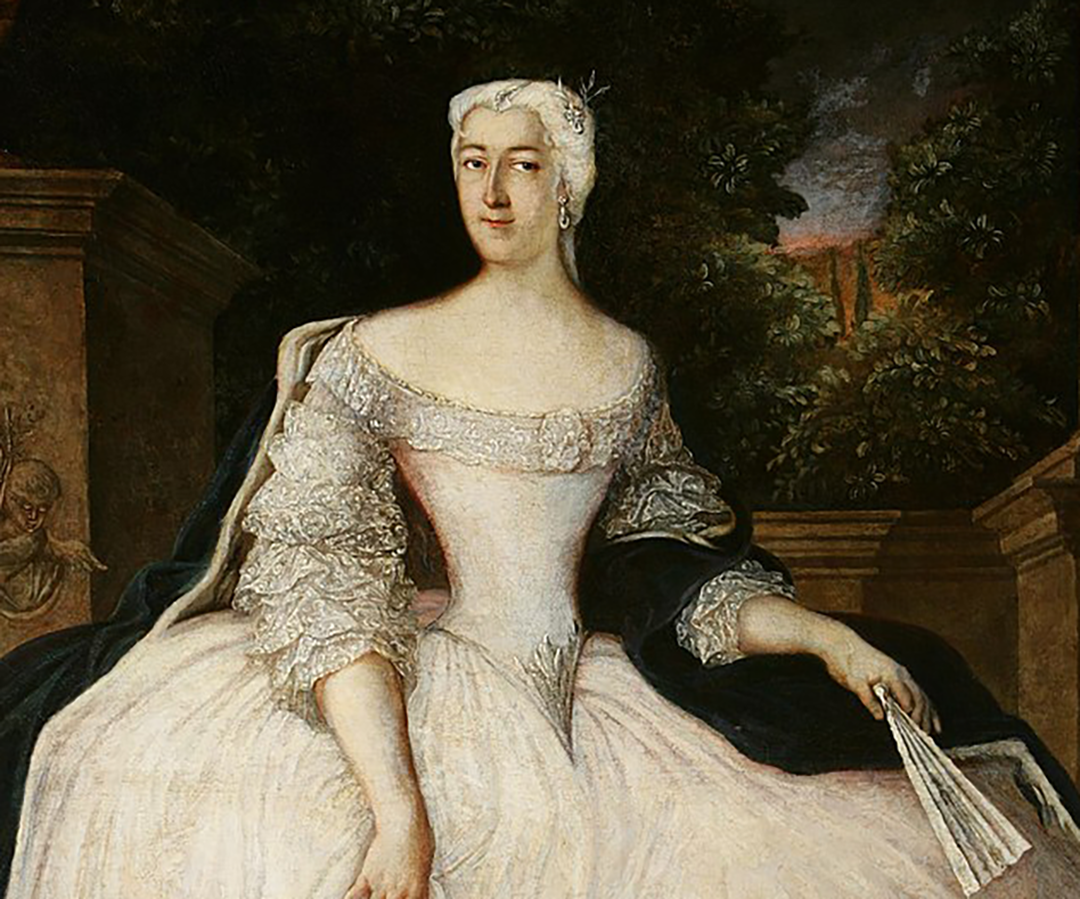
Owner of the Castle in Kórnik and the surrounding estates, known in popular culture as the "White Lady" - the ghost from the portrait in the Castle in Kórnik. In times of general economic decline in Poland, she brought Kórnik and nearby Bnin to prosperity. She built an evangelical church and a town hall in Bnin and rebuilt the parish church in Kórnik. Already in 1740, she replaced serfdom and tributes in kind on her estate with leasehold rents. She built weirs and dams on Lake Kórnicki, as well as roads, windmills and mills. All this made Kórnik a much larger and more important city than nearby Śrem and Środa Wielkopolska, and immediately after the Second Partition of Poland in 1793, it was even the temporary seat of the Śrem Municipality. Teofila was keenly interested in cultural matters. Interest in new trends in architecture and art was an incentive to rebuild her residence in Kórnik. As a result of these works, the castle, which had previously had dominant defensive functions, was transformed into a palatial residence in the entre cour et jardin style.
Father Augustyn Szamarzewski
1832-1891
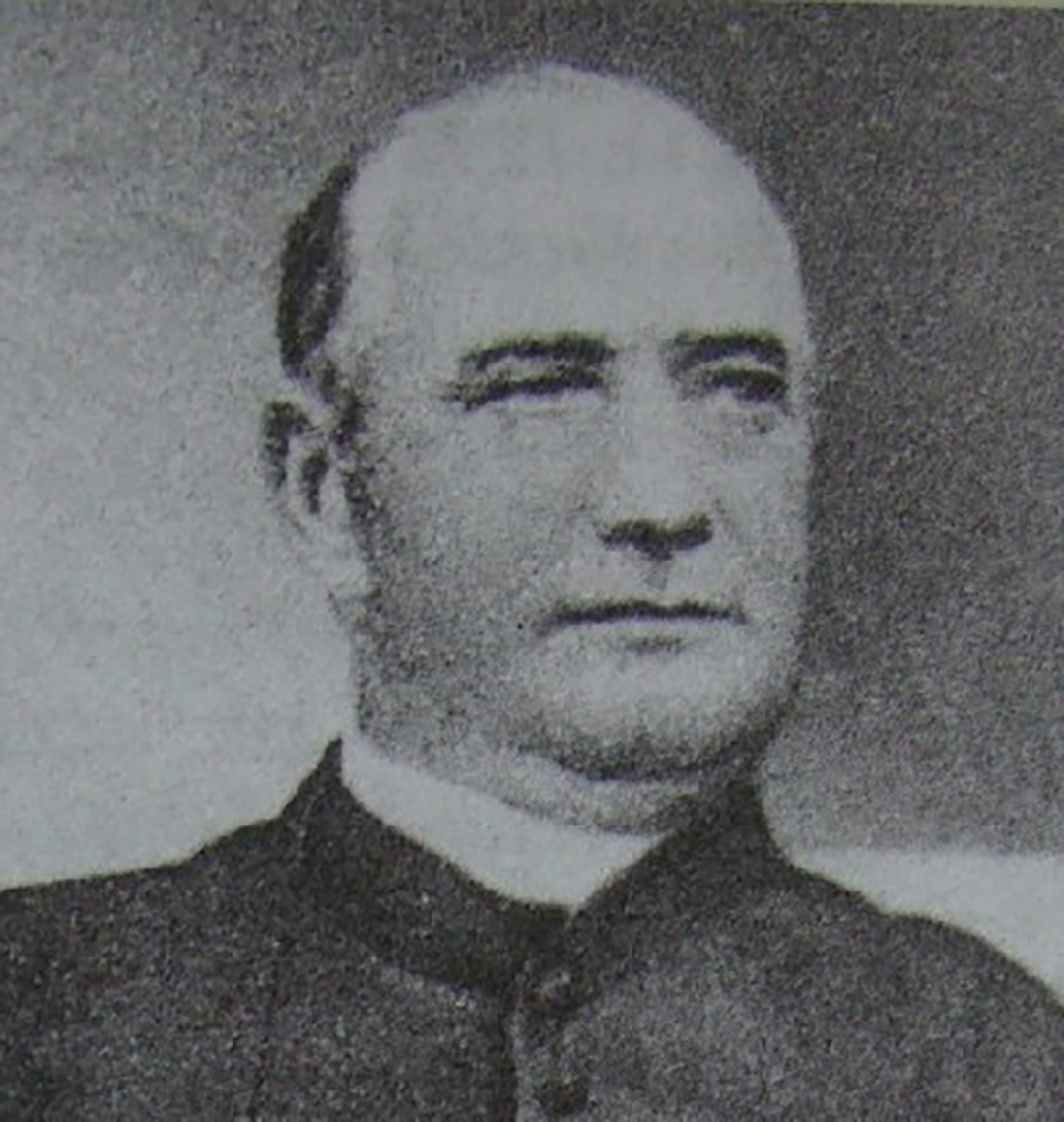
During the January Uprising, father Szamarzewski delivered patriotic sermons, organized the recruitment of volunteers and secretly smuggled supplies for the fighting. As a precursor and patron of companies, he organized their accounting, taught how to handle court cases, credit relations between the company and its members, and participated in meetings of management boards, supervisory boards and members' meetings. Father Szamarzewski emphasized that the companies' task is to try to obtain cheap money and provide loans to members at low interest rates. He himself served as a pro publico bono patron for years.
Heliodor Święcicki
1854-1923
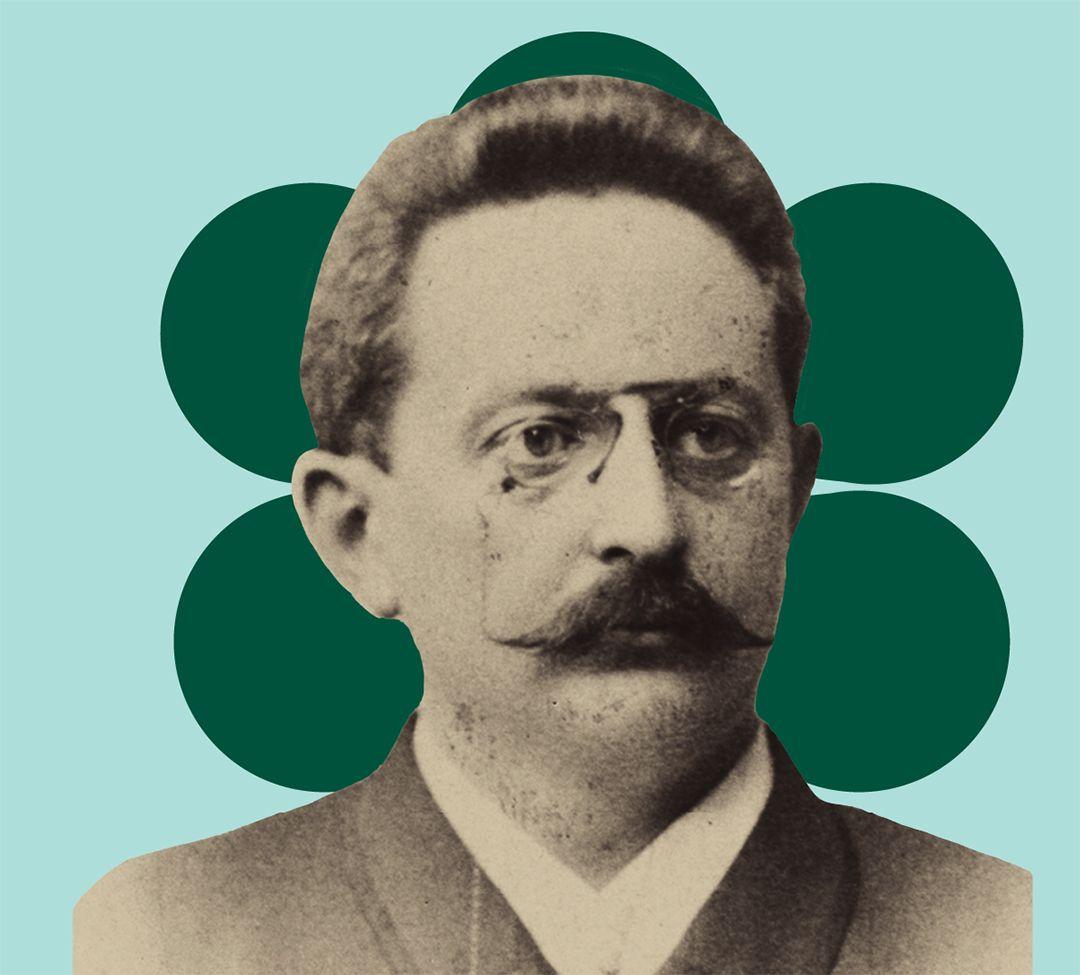
Medic and social activist, and a Doctor of Medical Sciences. He studied medicine in Wrocław and expanded his knowledge in Berlin, Leipzig, Dresden, Jena and Erlangen. In Poznań he was involved in social work, among others, in the Poznań Society of Friends of Learning, the Scientific Help Society, and was the co-founder and editor of Nowiny Lekarskie. In 1923, he created the Science and Work foundation, helping young people. He supported the idea of creating a Crypt of Distinguished People of Greater Poland in the church of St. Adalbert in Poznań.
Zofia Tułodziecka
1850-1924
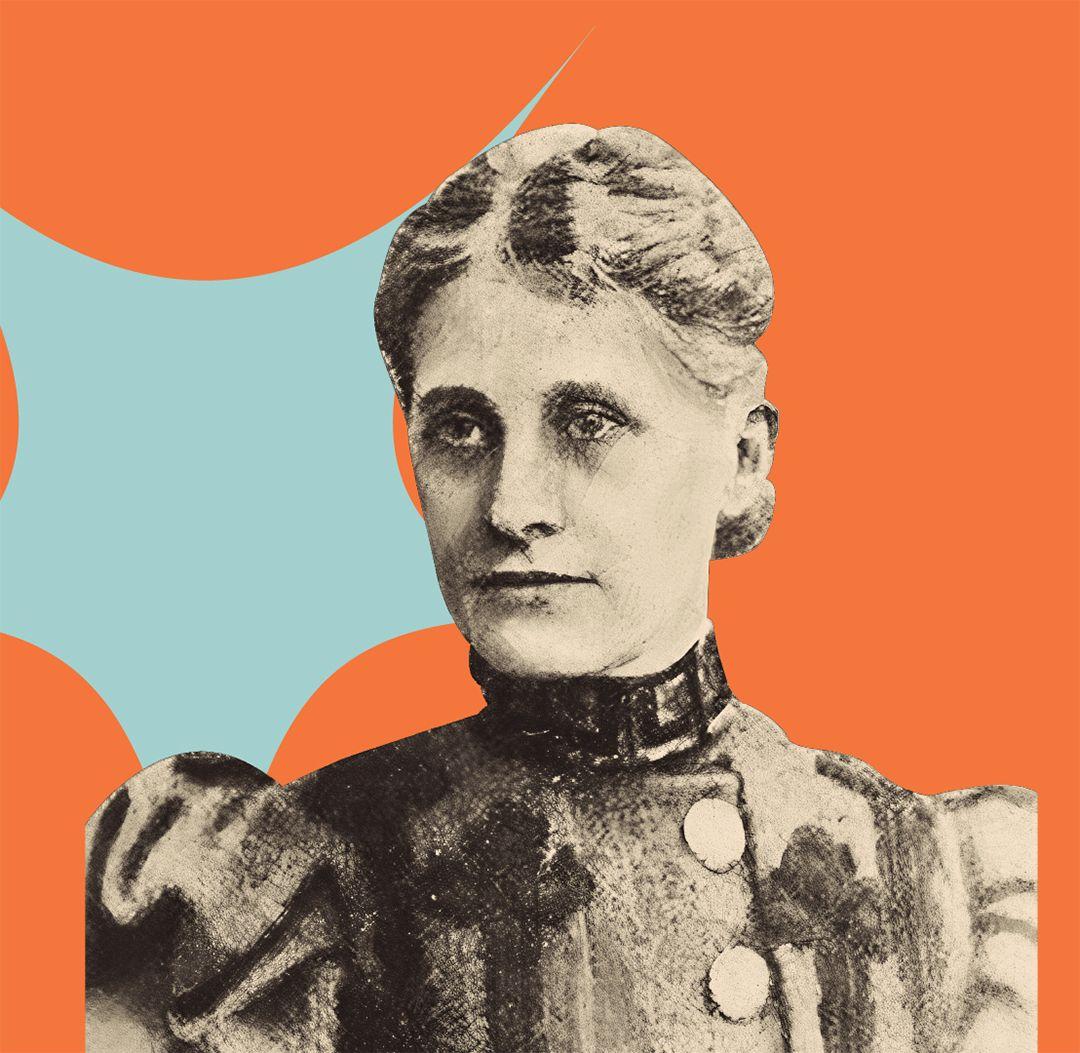
Activist for the development of women and the Polish economy. Creator of the Association of Women's Personnel in Commerce and Industry, the first trade union defending women's workers' rights; founder of the Polish Fashion Salon, one of the most prestigious locations in Poznań.
Aniela Tułodziecka
1853-1932
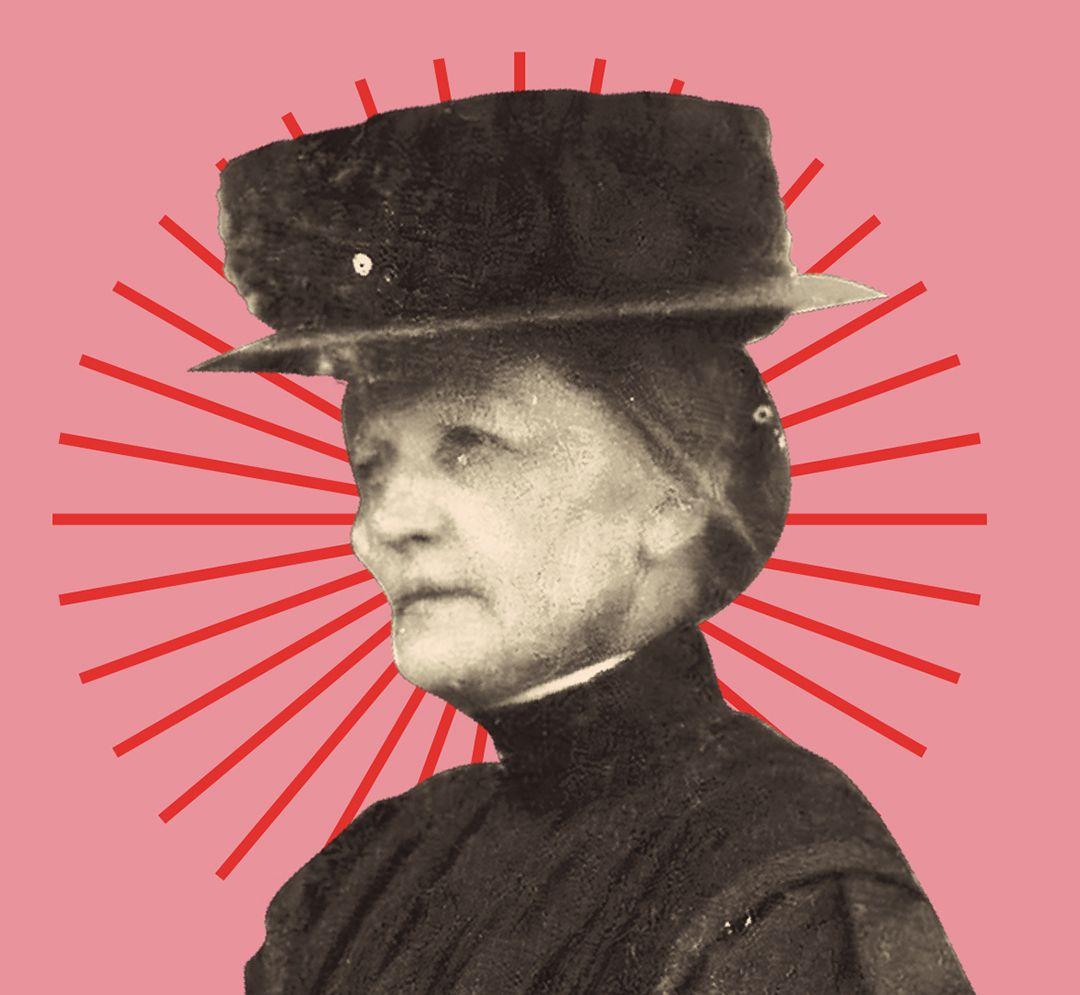
Activist for the education of Polish children and women's development. One of the most outstanding members of the "Warta" Society, she was its president from 1920. Founder of the “Warta” Society of Friends of Mutual Teaching, which dealt with secret teaching of the Polish language to children and teenagers; organizer of the first women's rally.
Father Piotr Wawrzyniak
1848-1910
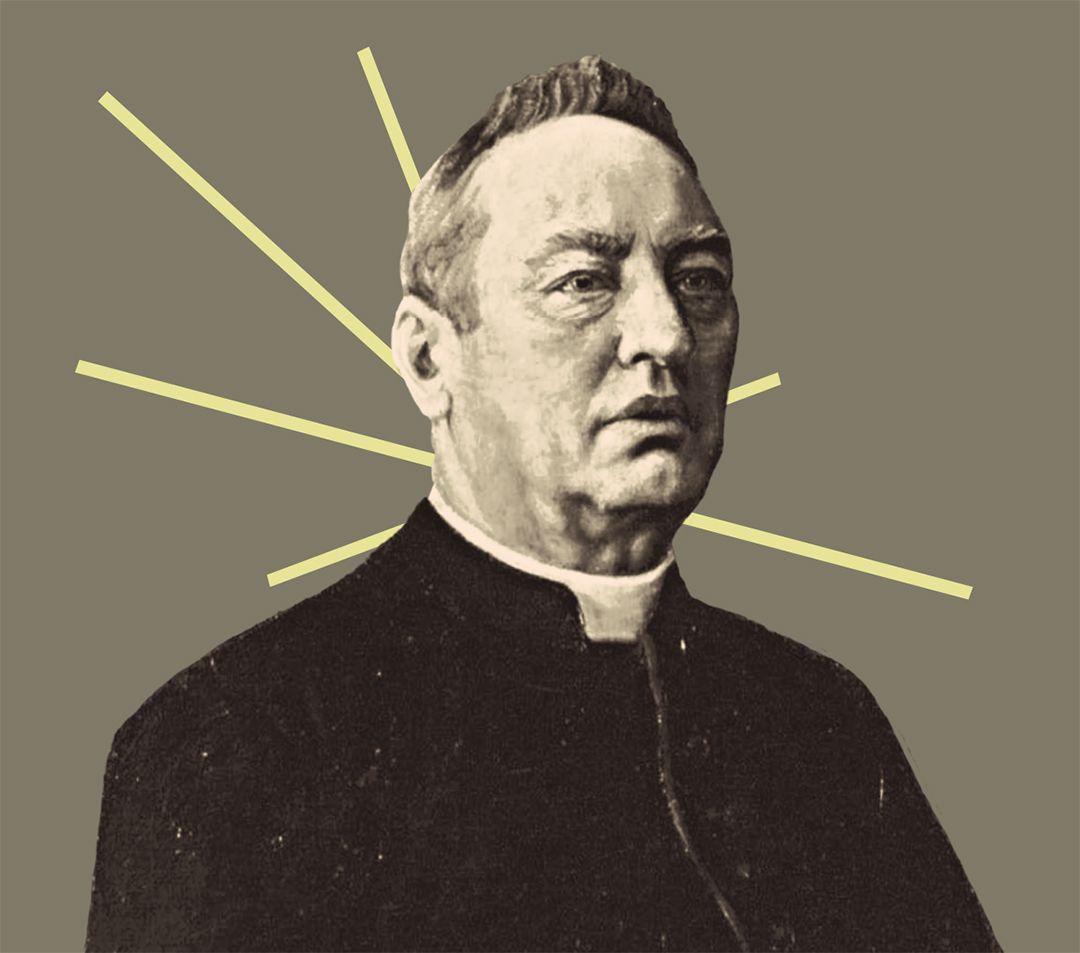
He was an exemplary social activist. He headed numerous societies and associations which he patronized. He also conducted educational and cultural campaigns. He acted for farmers by supporting Agricultural Circles. He transformed the Savings and Loan Fund in Śrem into the People's Bank, of which he was director for 20 years. He promoted the habit of saving and depositing surplus funds in banks. Under his patronage, the Association of Profit Companies was developed.
Franciszka Wilczkowiakowa
1880-1963
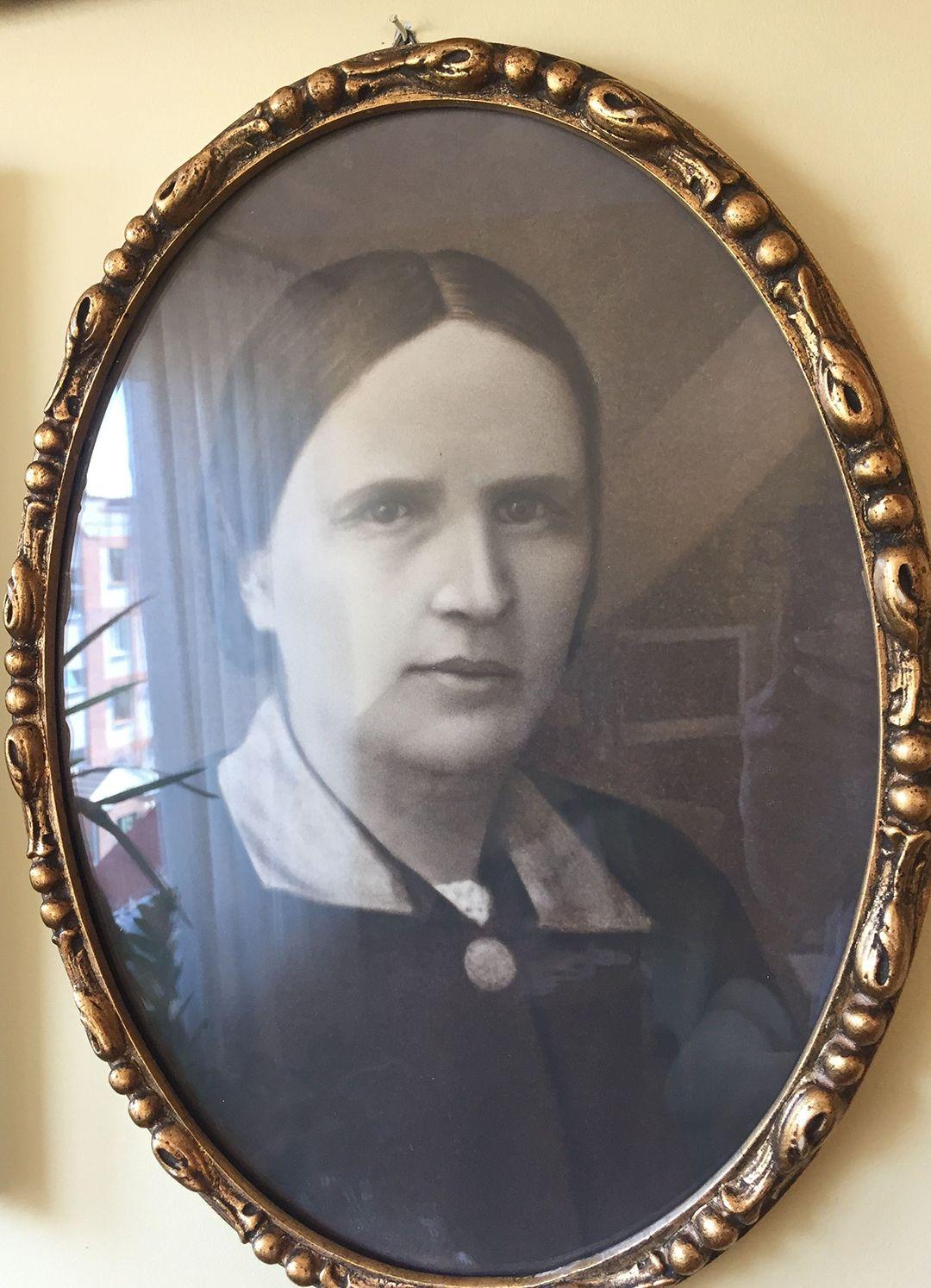
She was born on 4 October 1880 in Bielewo, Kościan district, the daughter of Stanisława Dembski, an illiterate farm labourer, and his wife, Agnieszka, née Mańkowska. In 1902 she married Michał Wilczkowiak in Lubin. Their son Antoni was born there. From the beginning of the 20th century they lived in Wanne, near Tübingen, where she ran a bookshop selling Polish books and was involved in the education of the Polish diaspora in Germany. By 1916 she was already a prominent Polish activist - she was on the six-member board of the executive committee set up by the boards of a dozen Polish organisations in Germany operating west of the Elbe. In 1917 she became a member of the Jubilee Committee, headed by Archbishop Edmund Dalbor, set up to celebrate the 100th anniversary of the death of Tadeusz Kościuszko. From 1918 she was mentioned in the press as president of the Union of Polish Women's Societies. She spoke at congresses in Bochum and Herne. She talked about the difficult situation of working women and mothers with children. She was applauded and her position as a leading émigré activist was undisputed. During her time among the emigrants, she organised holiday trips for Westphalian children to Poland, so that they would not lose contact with their native culture and language, and she also organised aid campaigns for starving and homeless Poles in the Prussian partition. Confirmation of her status was her election to the Supreme People's Council in Poznan and as a delegate of the foreign "Rhineland-Westphalia".
Jadwiga Zamoyska née Działyńska
1831-1923
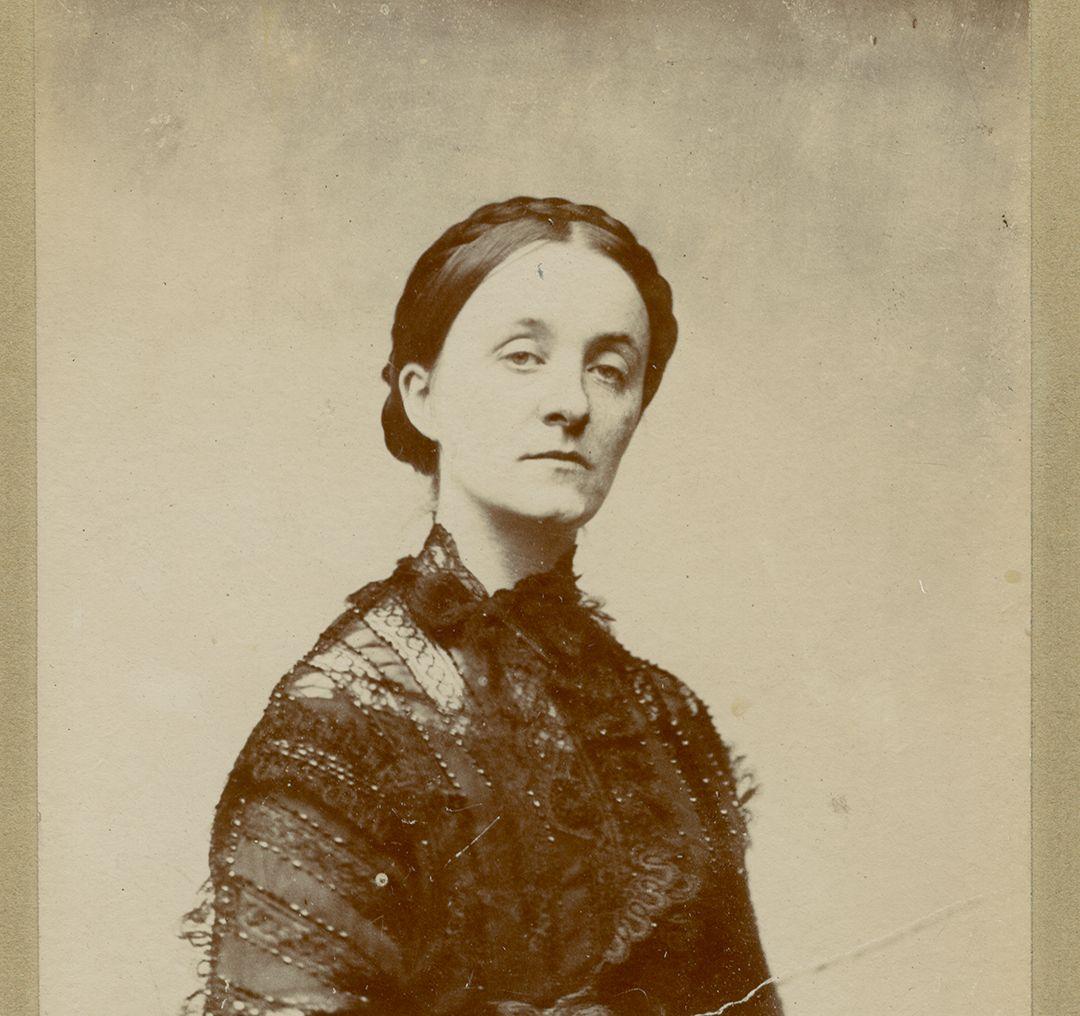
Patriotic, political and social activist. Zamoyska's activity was part of not only the great wave of social activation of women in the second half of the 19th century, but also the revival of religious life in Poland under partition and in emigration circles. She created the Housework School, whose most important task was to facilitate Catholic beliefs and emphasize the value of work. After moving its headquarters in 1989 to Kuźnice in the Tatra Mountains, the school gained popularity in all three partitions. While in exile, she supported the activities of the Greater Poland insurgents. In 1921, in recognition of Jadwiga's services to the Republic of Poland in the field of educational and philanthropic activities, Marshal Józef Piłsudski, by decree of the 13th of July 1921, included Zamoyska among the Knights of the Order of Polonia Restituta, 4th class. She died while living in the Castle in Kórnik. On the hundredth anniversary of her death, the Sejm of the Republic of Poland announced 2023 as the Year of Jadwiga Zamoyska née Działyńska.
Jadwiga Zamoyska née Działyńska
1831-1923
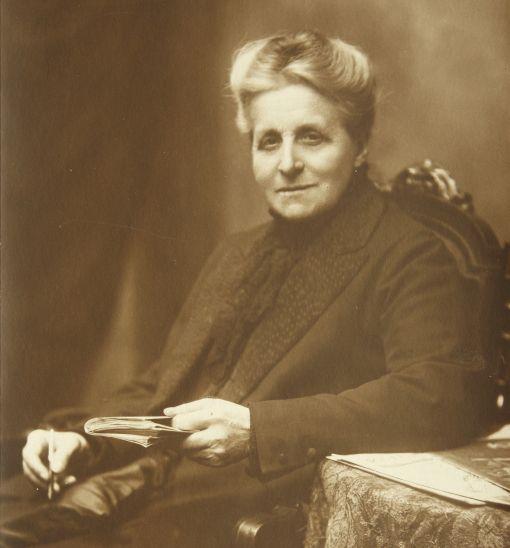
Patriotic, political and social activist. Zamoyska's activity was part of not only the great wave of social activation of women in the second half of the 19th century, but also the revival of religious life in Poland under partition and in emigration circles. She created the Housework School, whose most important task was to facilitate Catholic beliefs and emphasize the value of work. After moving its headquarters in 1989 to Kuźnice in the Tatra Mountains, the school gained popularity in all three partitions. While in exile, she supported the activities of the Greater Poland insurgents. In 1921, in recognition of Jadwiga's services to the Republic of Poland in the field of educational and philanthropic activities, Marshal Józef Piłsudski, by decree of the 13th of July 1921, included Zamoyska among the Knights of the Order of Polonia Restituta, 4th class. She died while living in the Castle in Kórnik. On the hundredth anniversary of her death, the Sejm of the Republic of Poland announced 2023 as the Year of Jadwiga Zamoyska née Działyńska.
Jadwiga Zamoyska née Działyńska
1831-1923
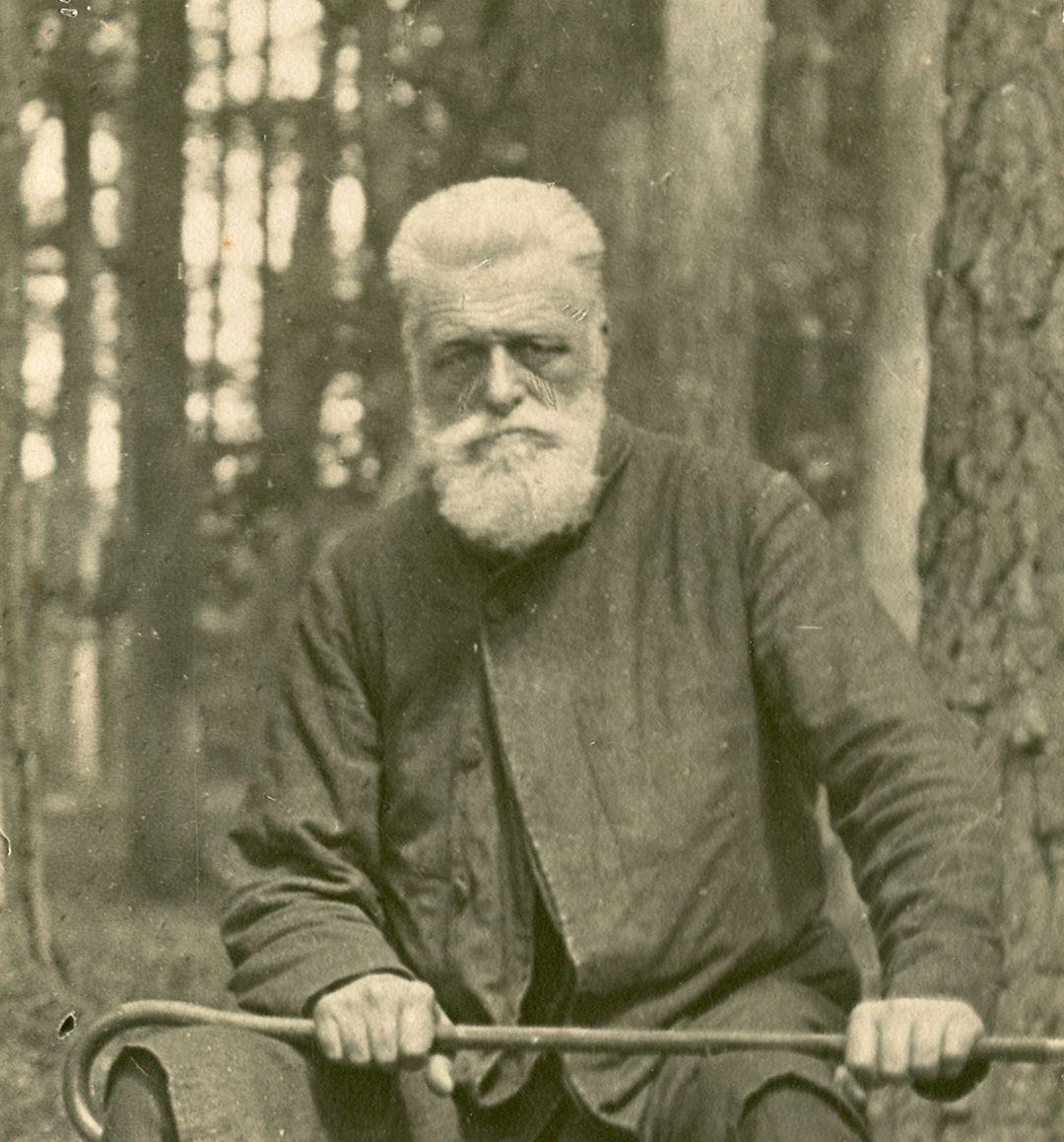
Patriotic, political and social activist. Zamoyska's activity was part of not only the great wave of social activation of women in the second half of the 19th century, but also the revival of religious life in Poland under partition and in emigration circles. She created the Housework School, whose most important task was to facilitate Catholic beliefs and emphasize the value of work. After moving its headquarters in 1989 to Kuźnice in the Tatra Mountains, the school gained popularity in all three partitions. While in exile, she supported the activities of the Greater Poland insurgents. In 1921, in recognition of Jadwiga's services to the Republic of Poland in the field of educational and philanthropic activities, Marshal Józef Piłsudski, by decree of the 13th of July 1921, included Zamoyska among the Knights of the Order of Polonia Restituta, 4th class. She died while living in the Castle in Kórnik. On the hundredth anniversary of her death, the Sejm of the Republic of Poland announced 2023 as the Year of Jadwiga Zamoyska née Działyńska.
Marceli Żółtowski
1850-1925
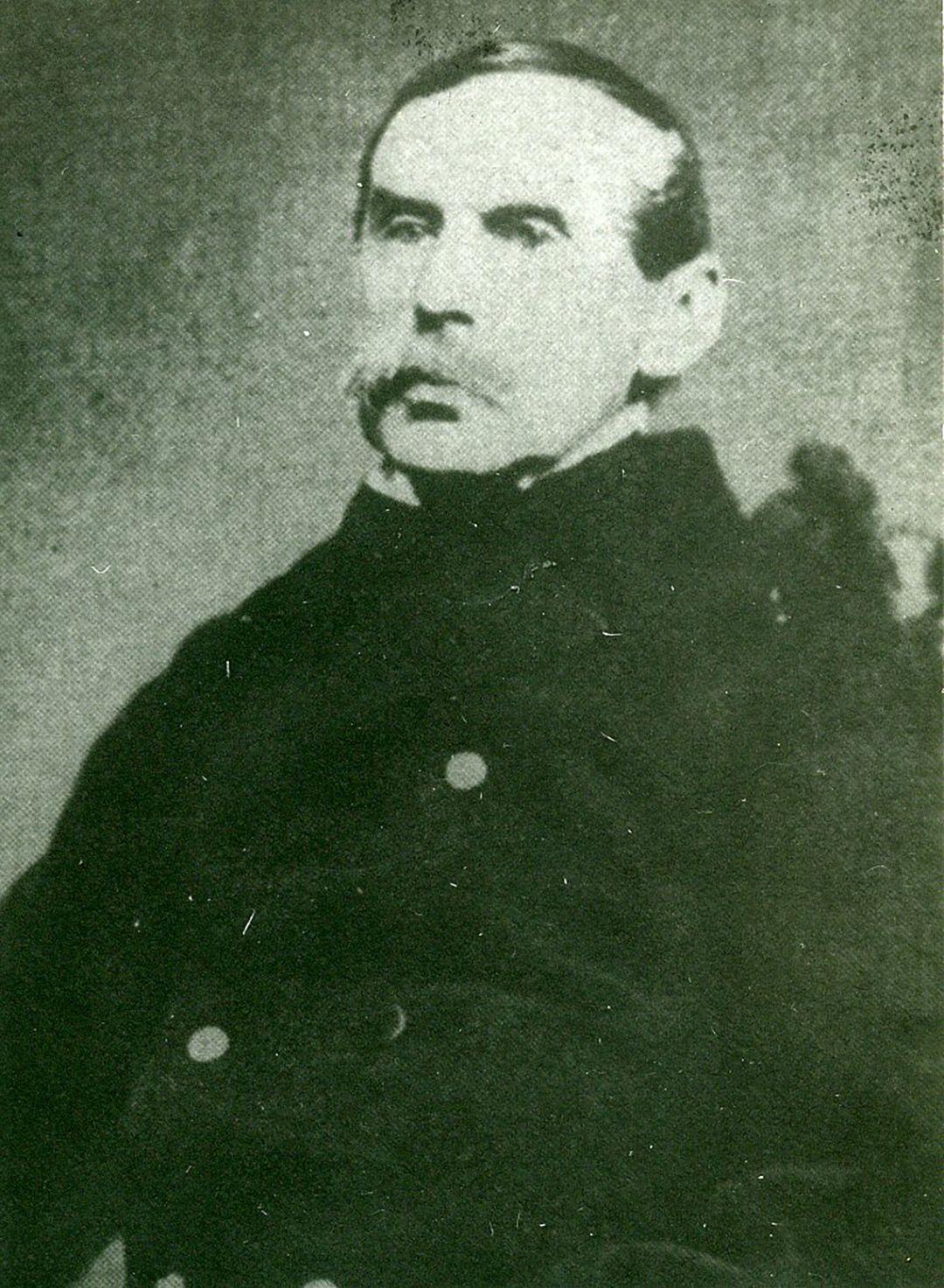
He was born on 2 November 1850 in Niechanów in the Gniezno district. He spent his childhood and youth at home, where he was educated. He graduated from the St Mary Magdalene School in Poznan. He studied agriculture at the University of Louvain in Belgium. He travelled extensively in Europe, including agricultural apprenticeships on large German estates, in preparation for becoming a landowner. By 1875 he was already managing the estates assigned to him, including Strzelce Wielkie with Lipie. Later he owned estates in Brześnica, Mszczyczyn, Gajewo and Lipówka. He soon became involved in various social activities in the new area. In 1879 he married Ludwika (née Czarnecka) from Gogolewo, a person of great practical ability, and settled permanently in Godurów, his main residence. They had ten children: Andrzej (1881-1941), Maria (1883-1968), Stefan (1885-1914), Elżbieta (1887-1967), Róża (1889-1962), Franciszek (1892-1944), Ludwik (1894-1952), Jan (1896-1974), Antonina (1898-1992). His son Benedykt (1902-1982), the next owner of Godurov, was born last, in 1902, while his son Jan (1896-1974) was the owner of Strzelce Wielkie. Marceli Żółtowski maintained good contacts with the surrounding landed gentry and the Gostyn bourgeoisie. He was able to communicate with and win over people from all walks of life. In 1881 he was elected to parliament.



